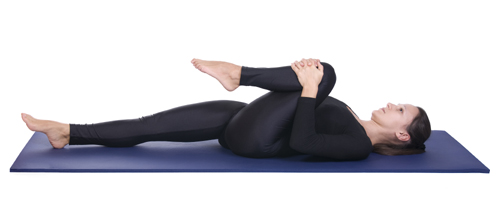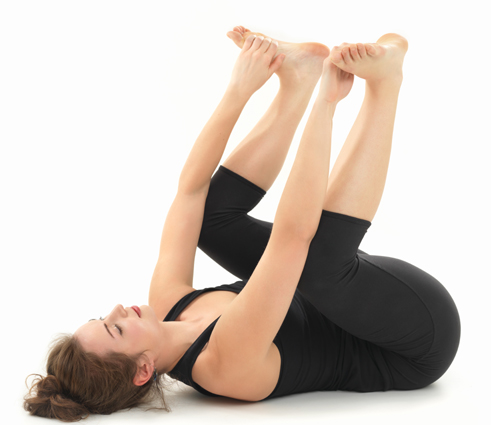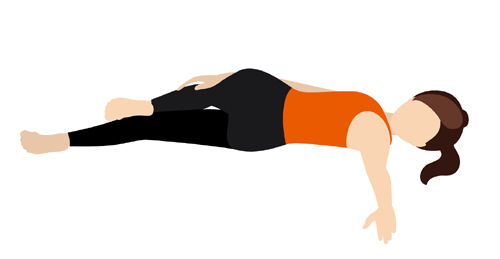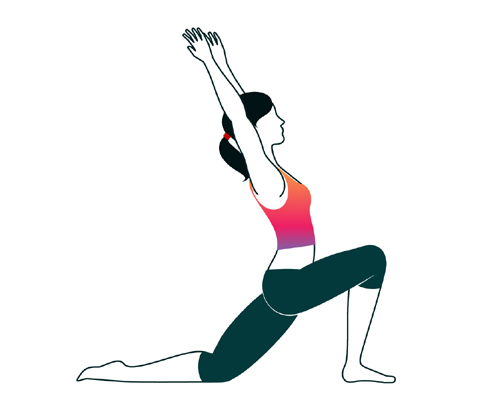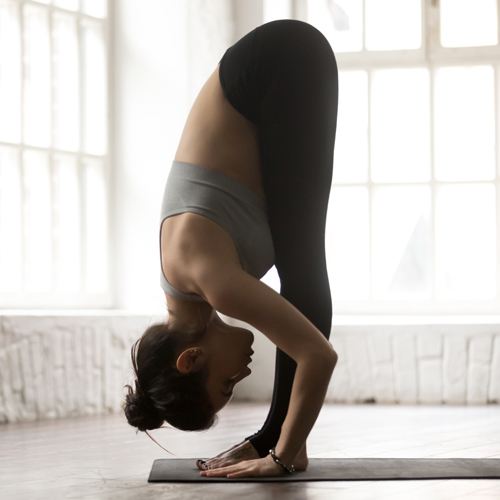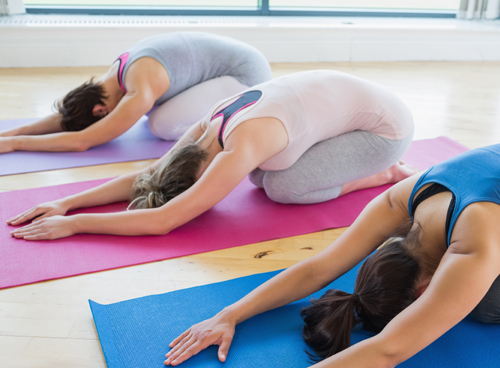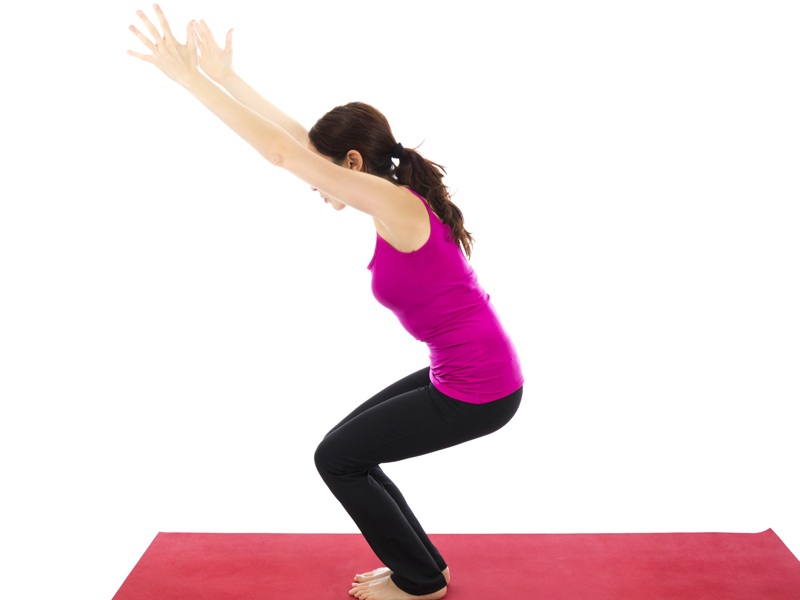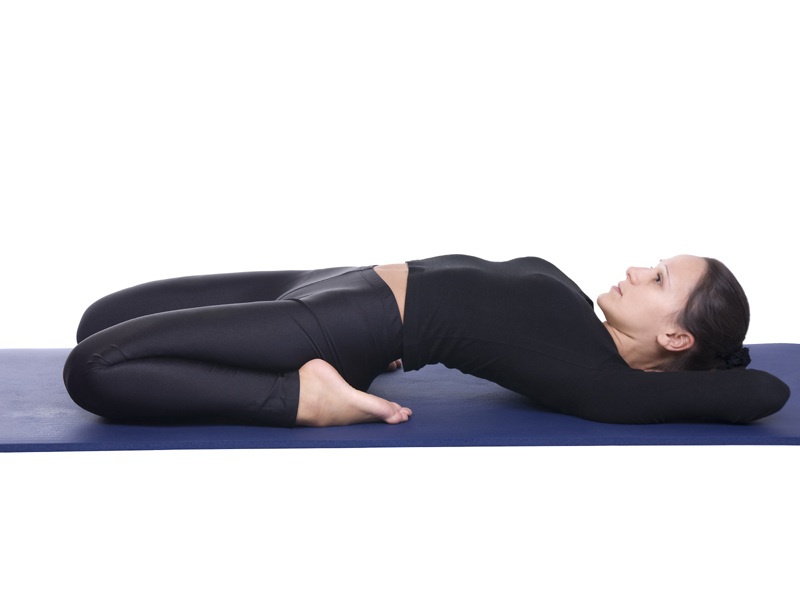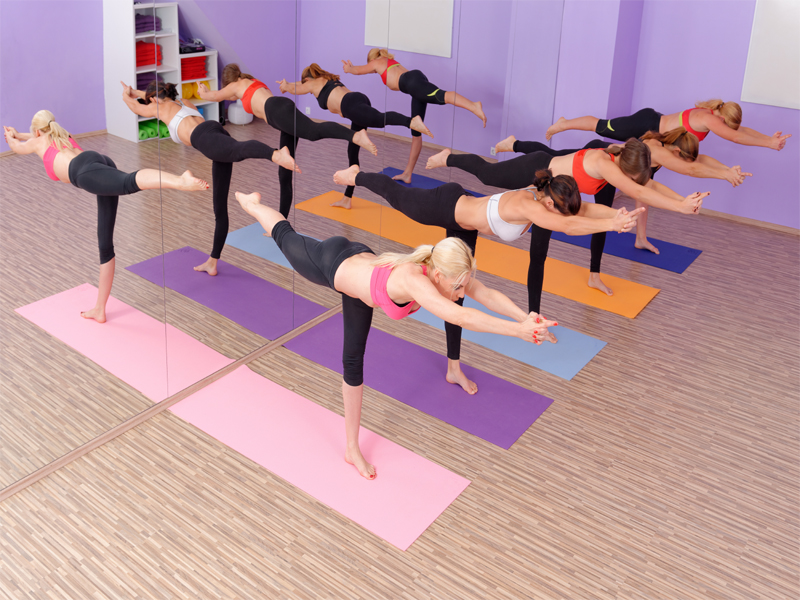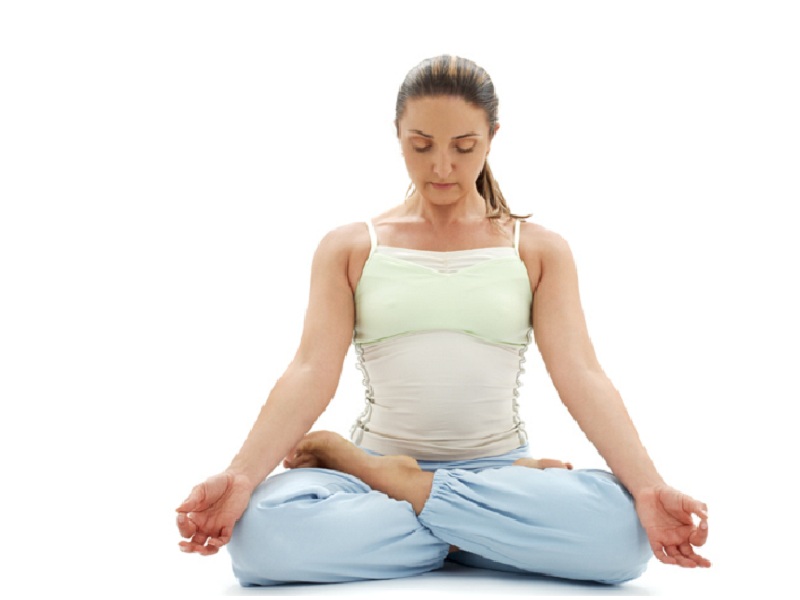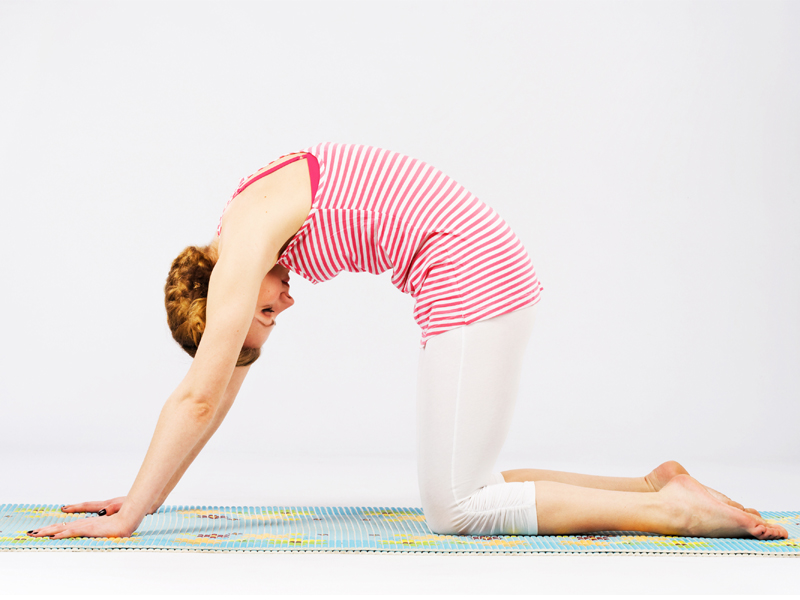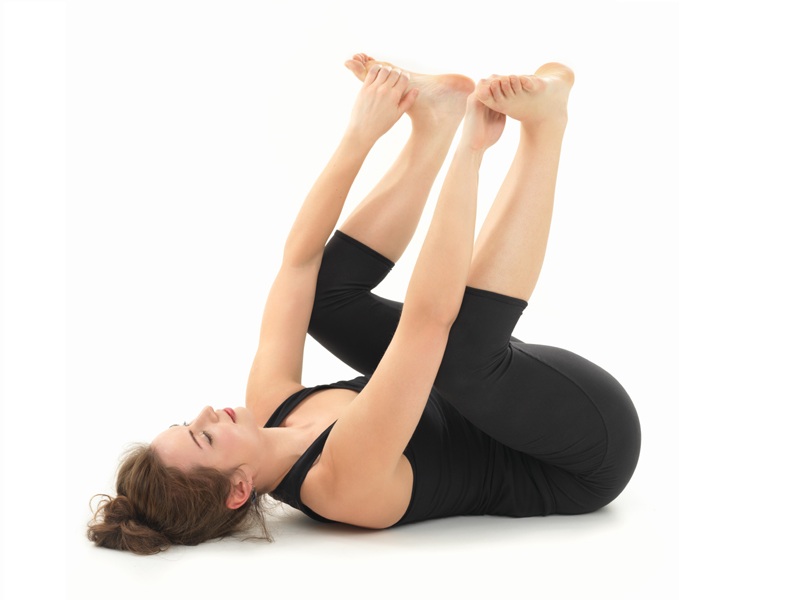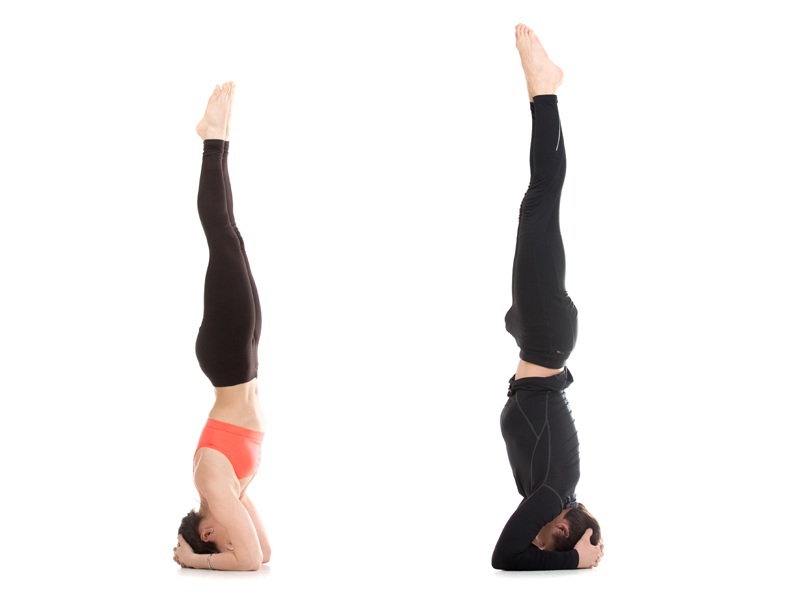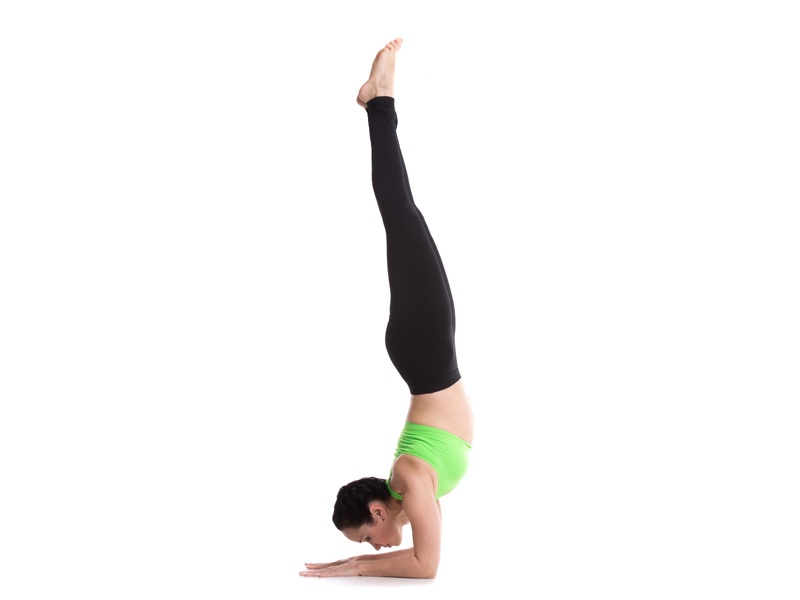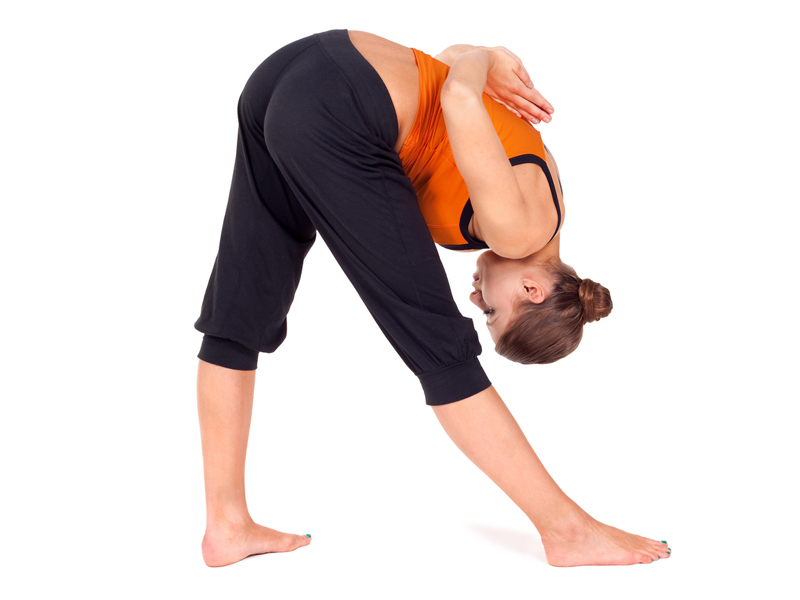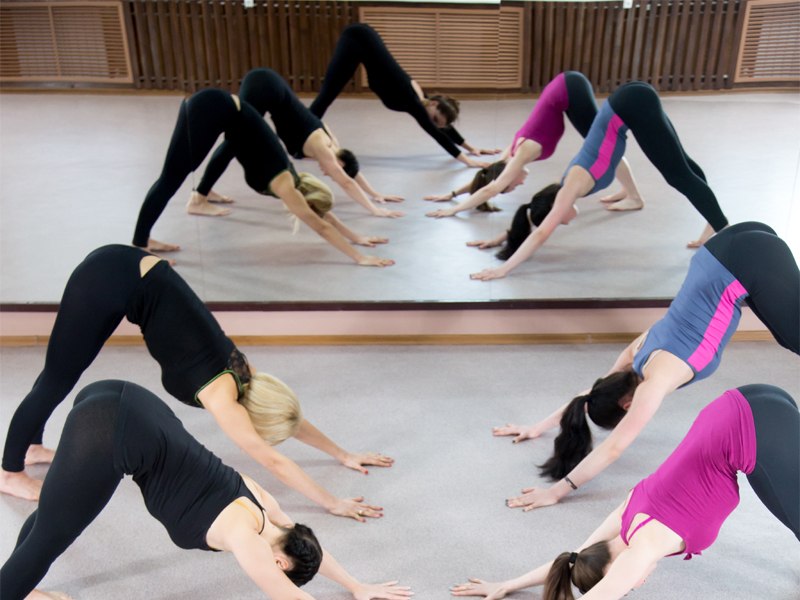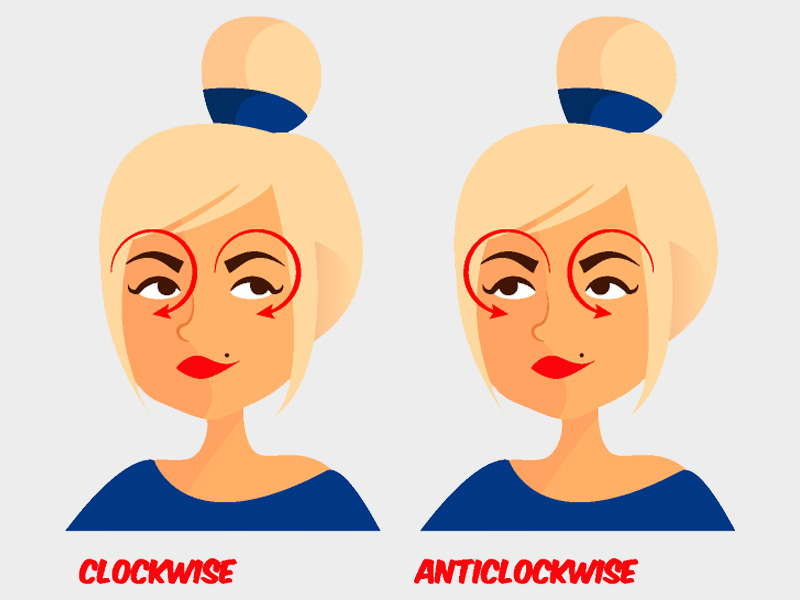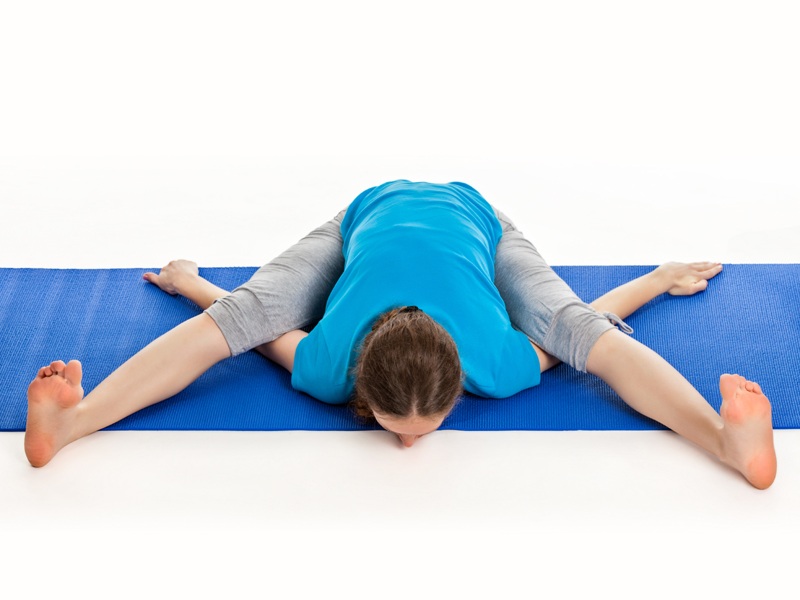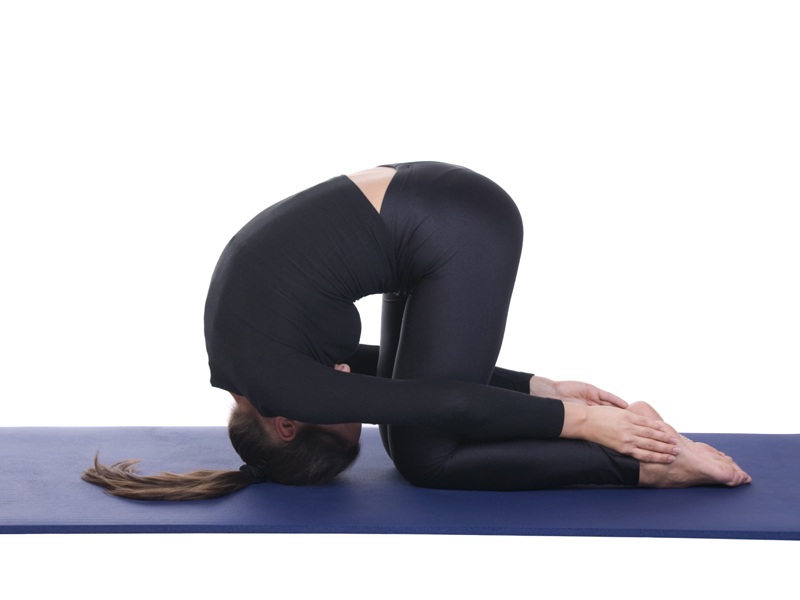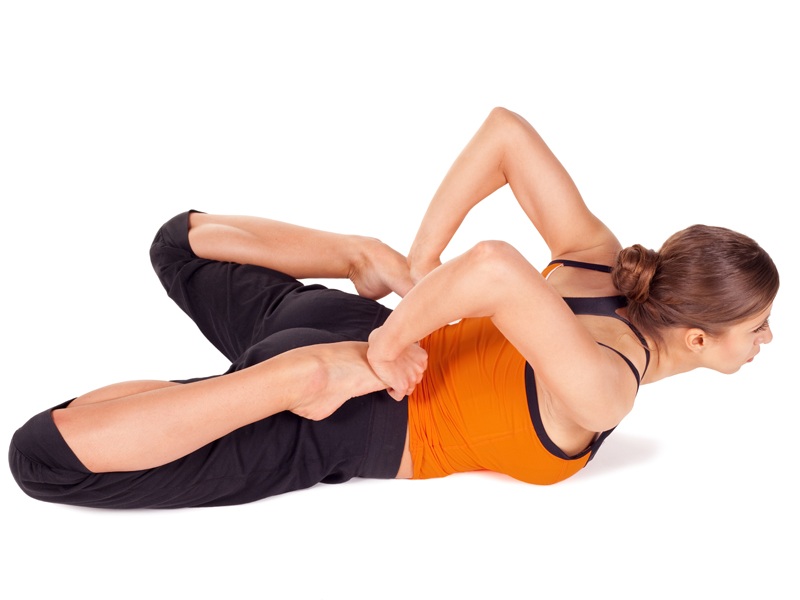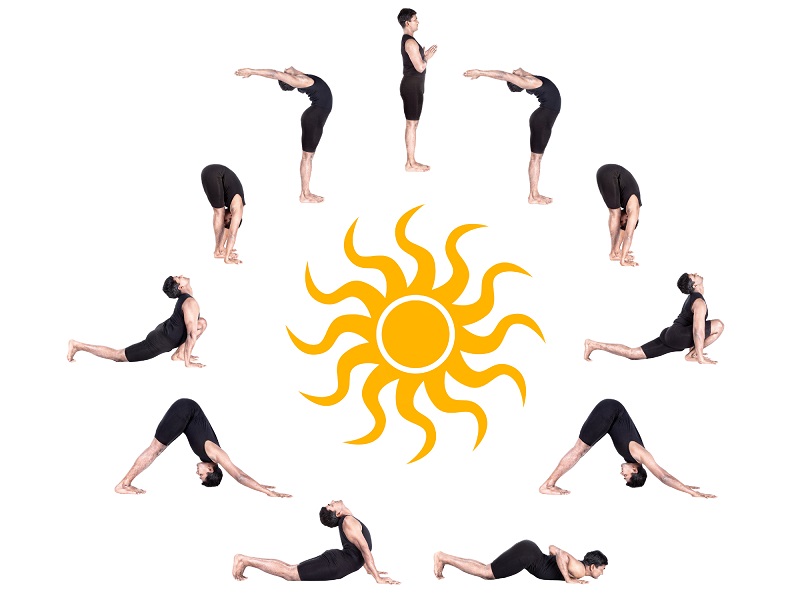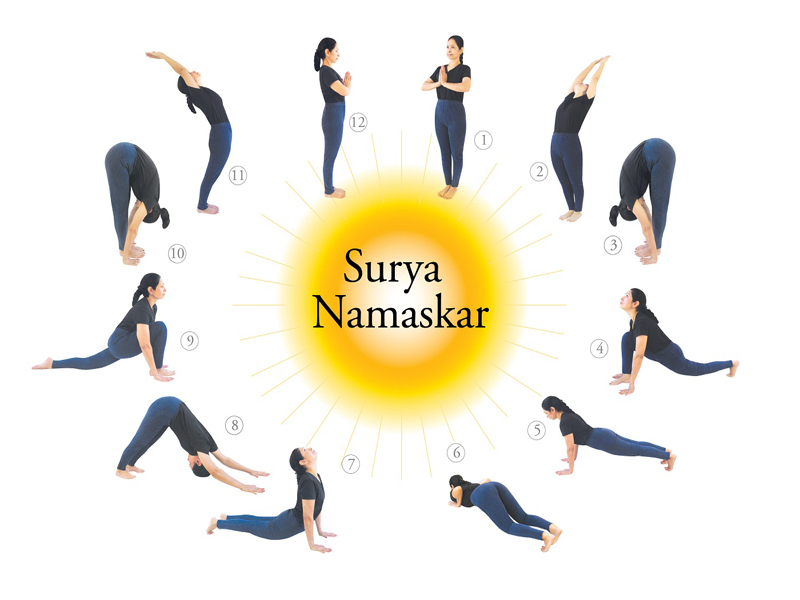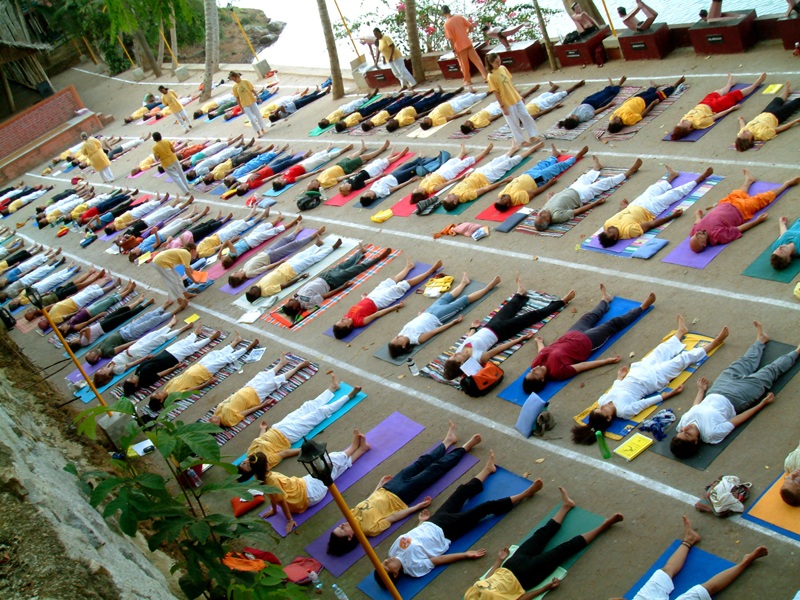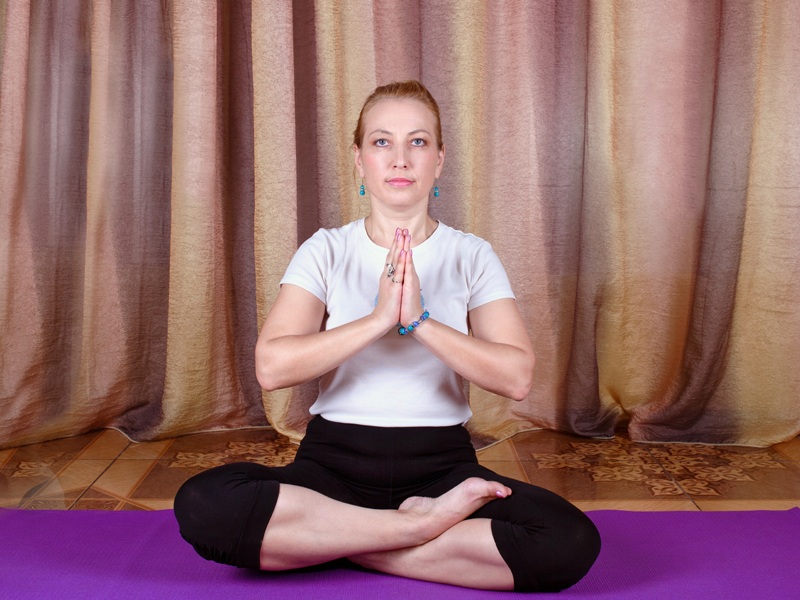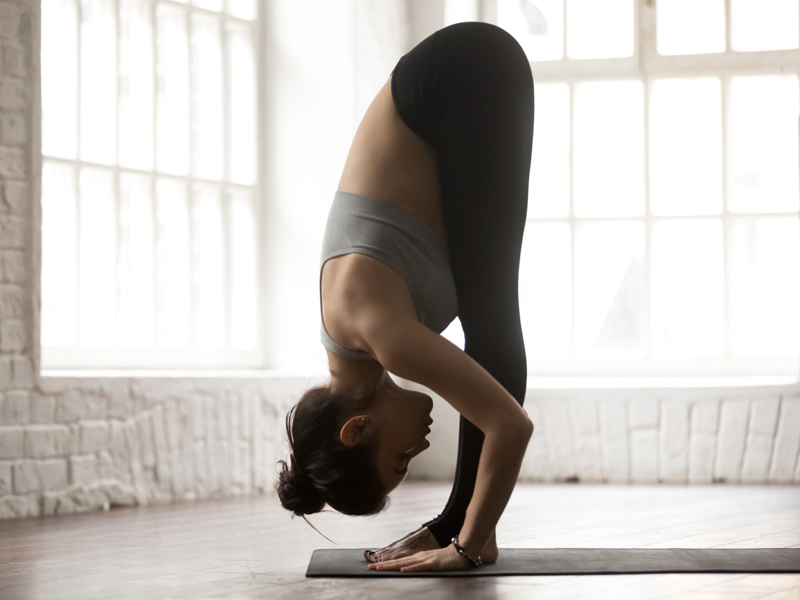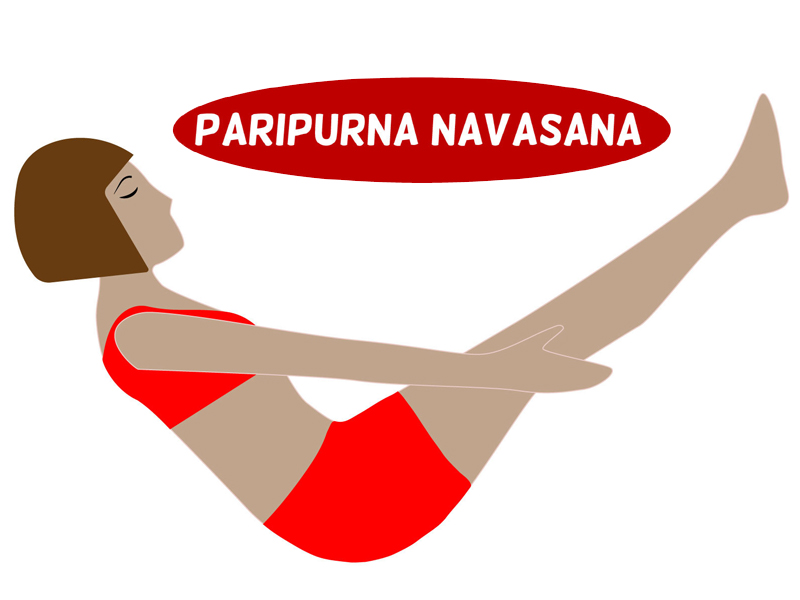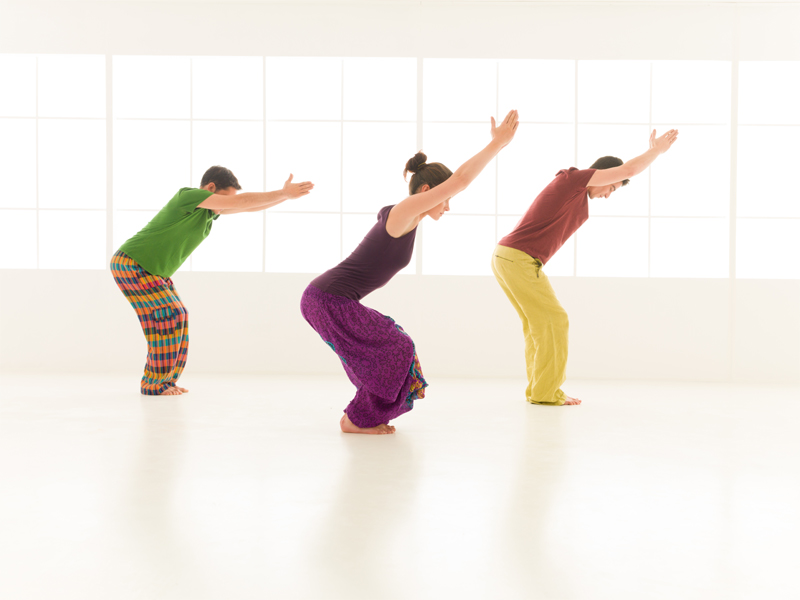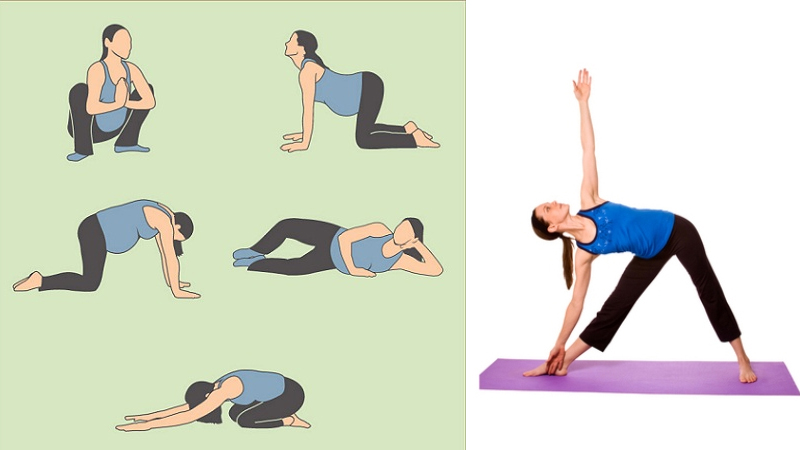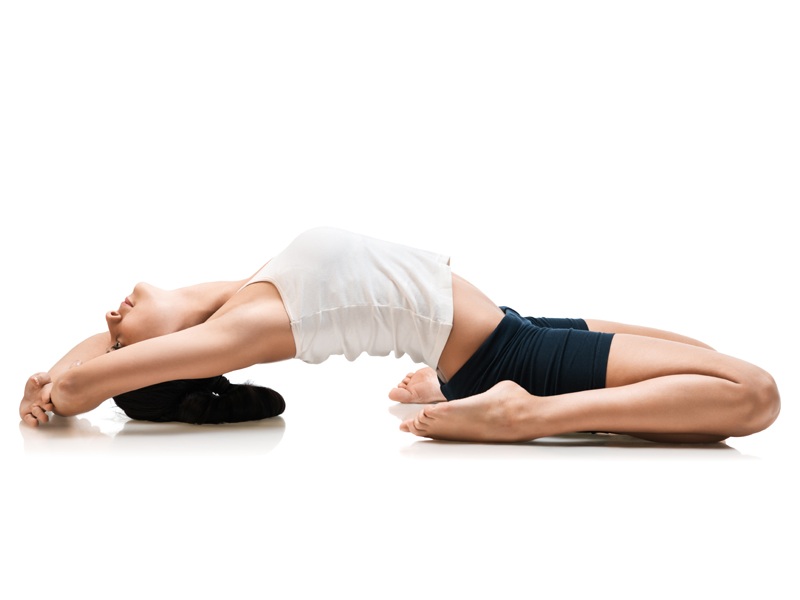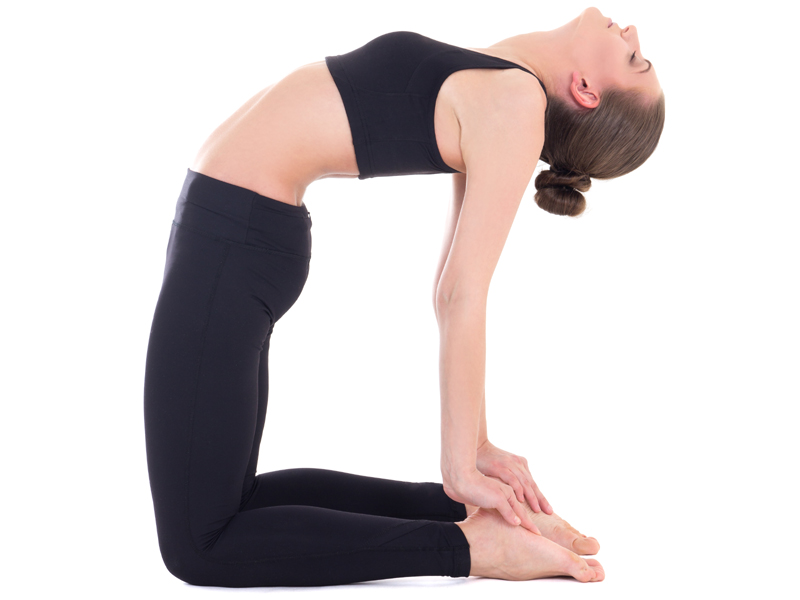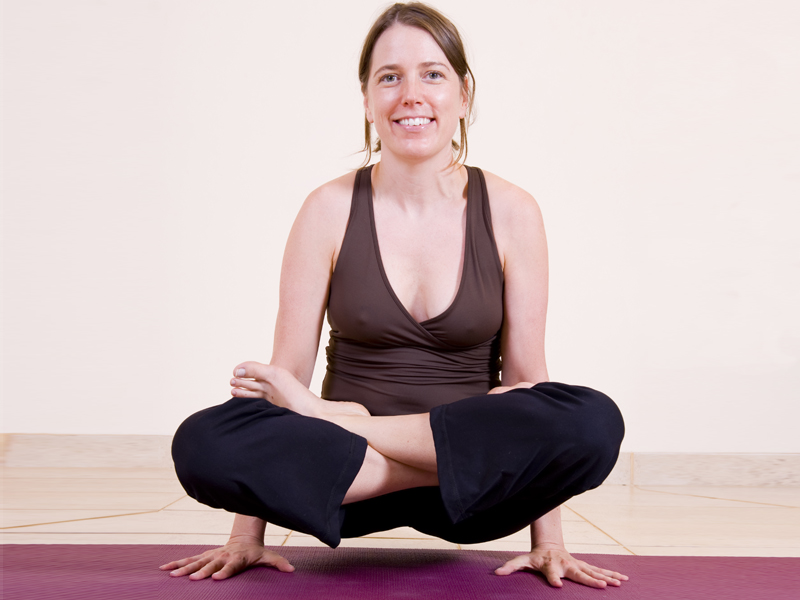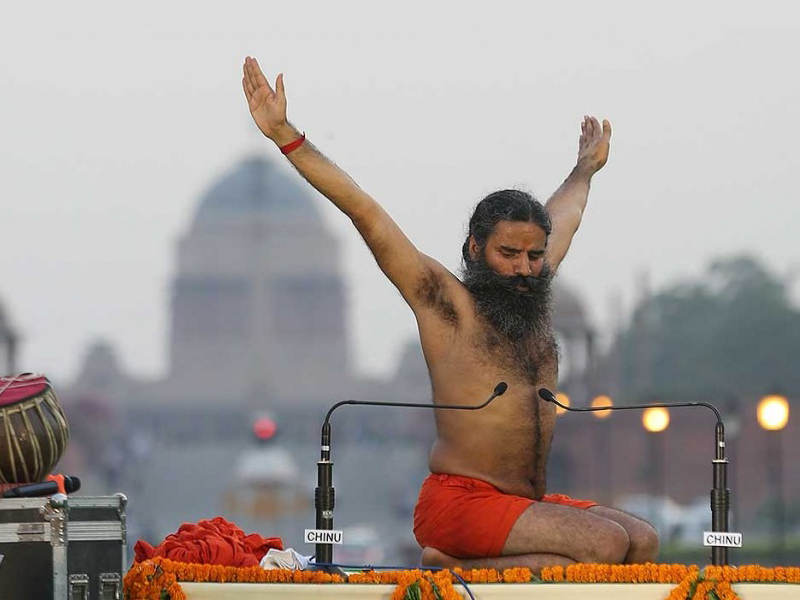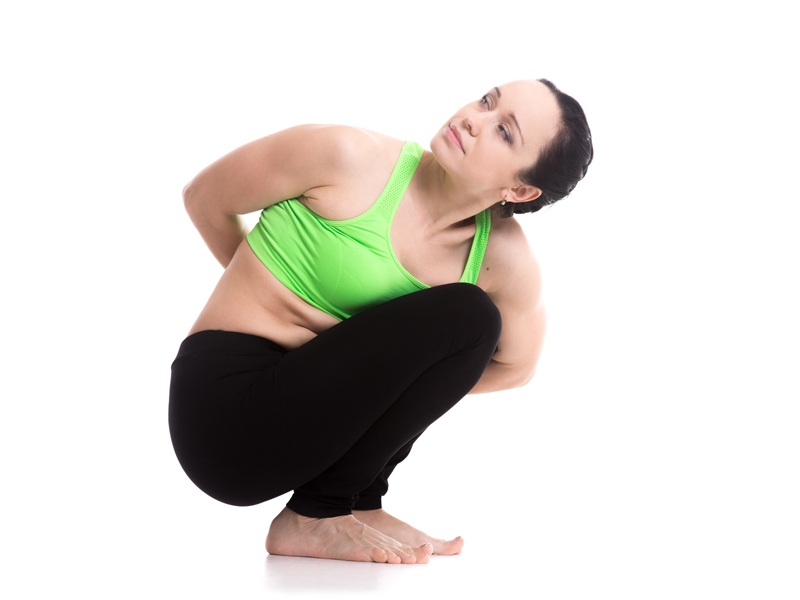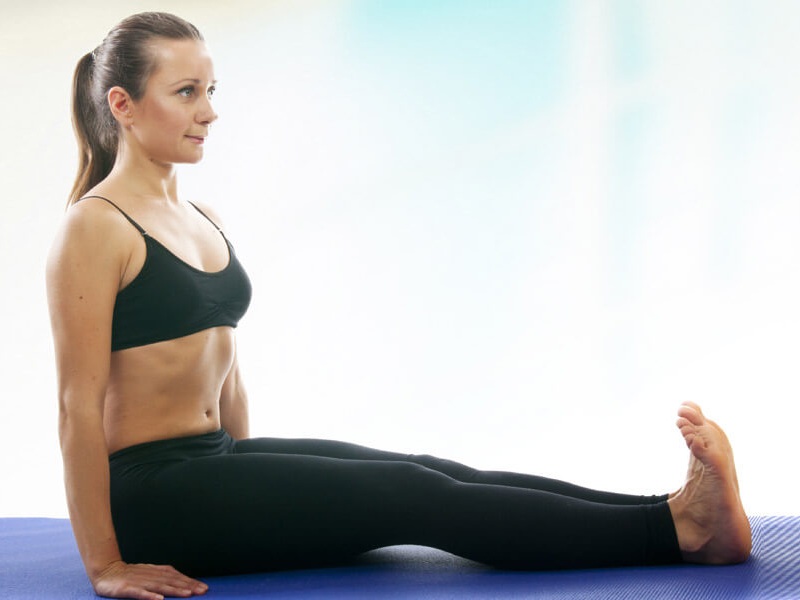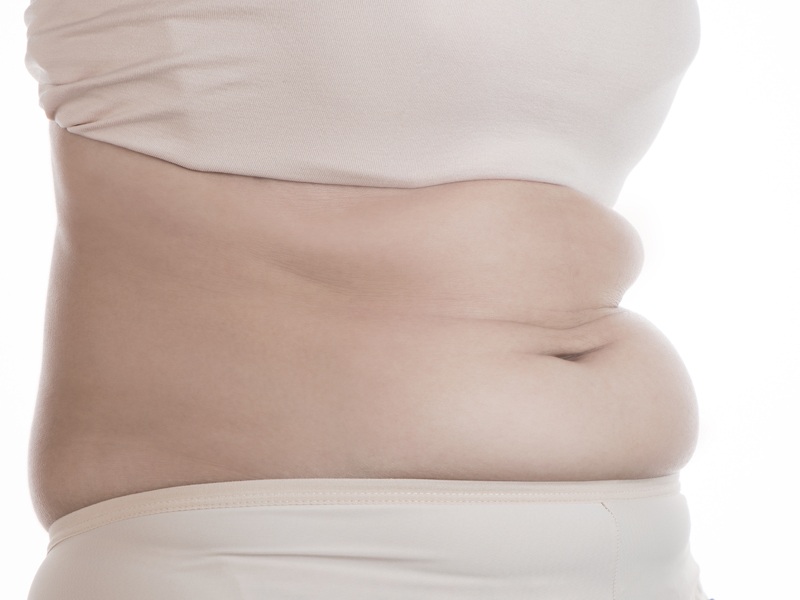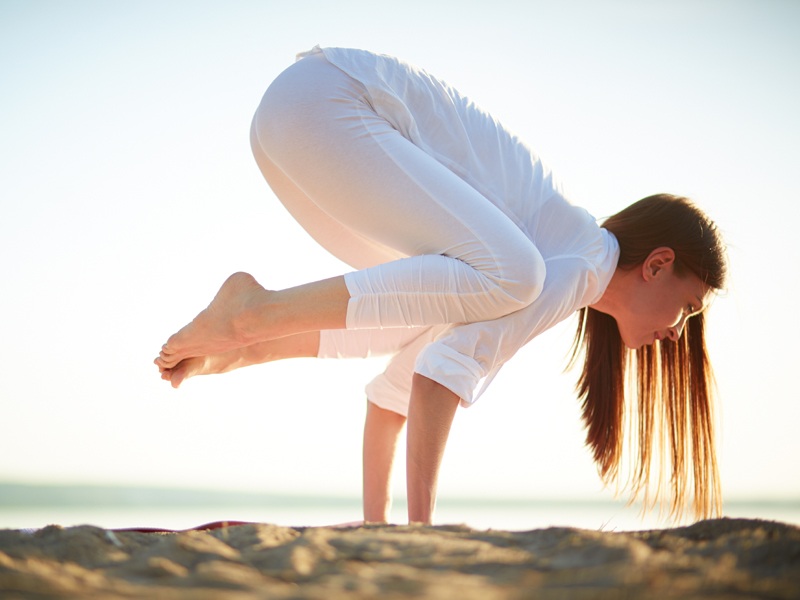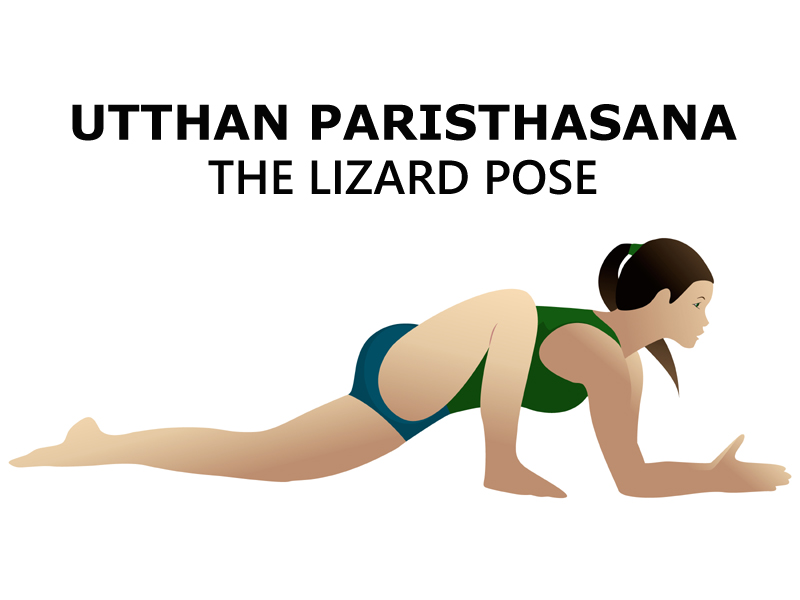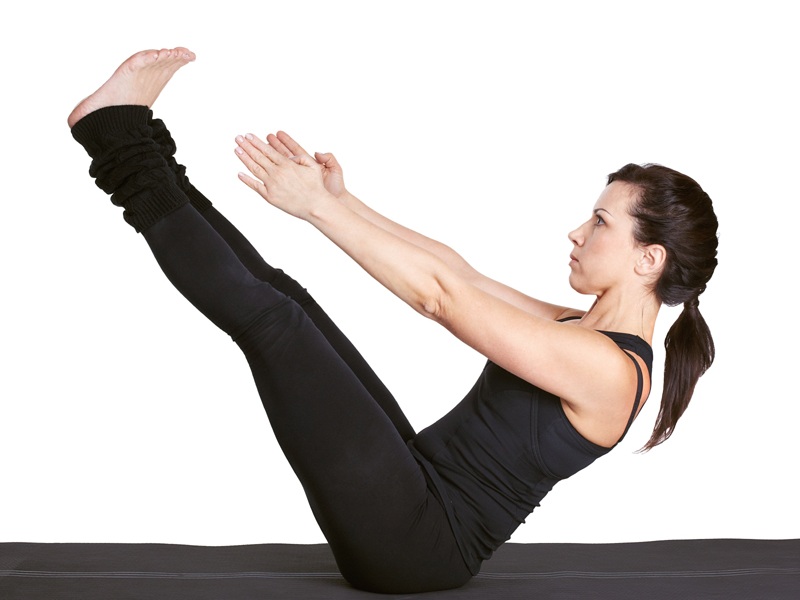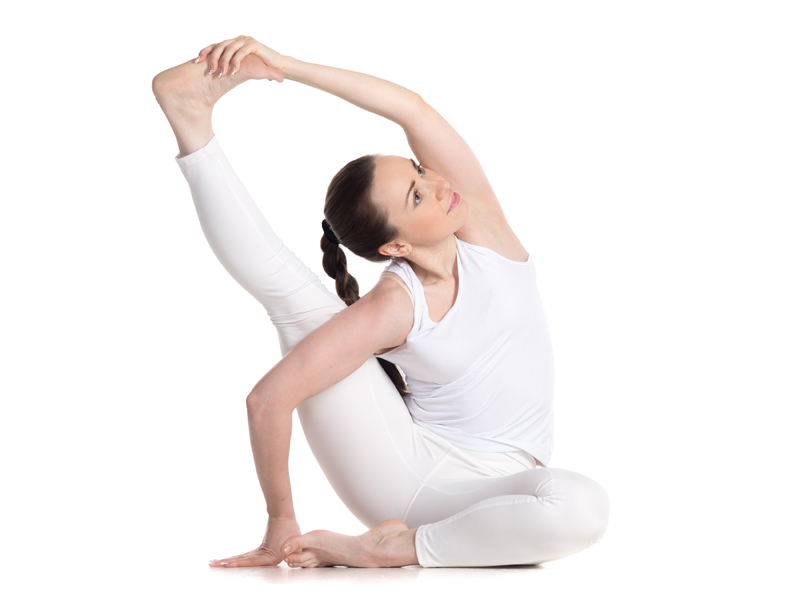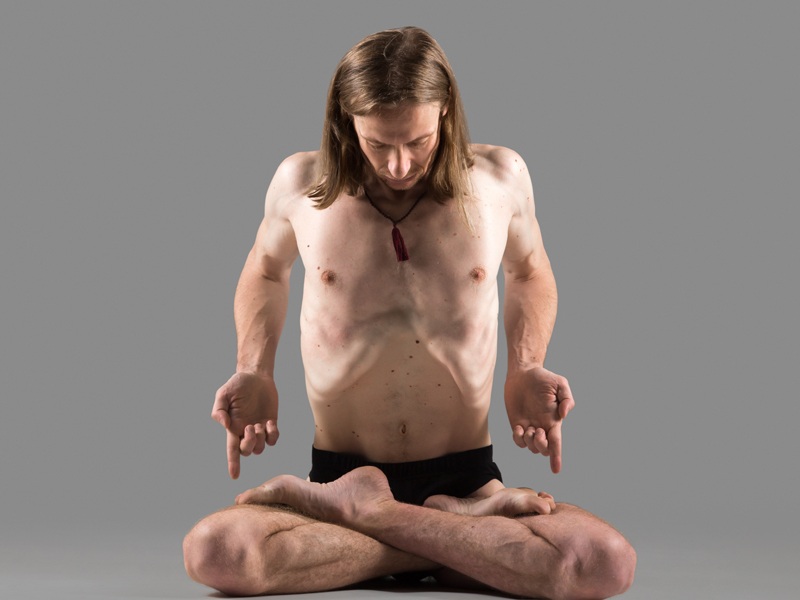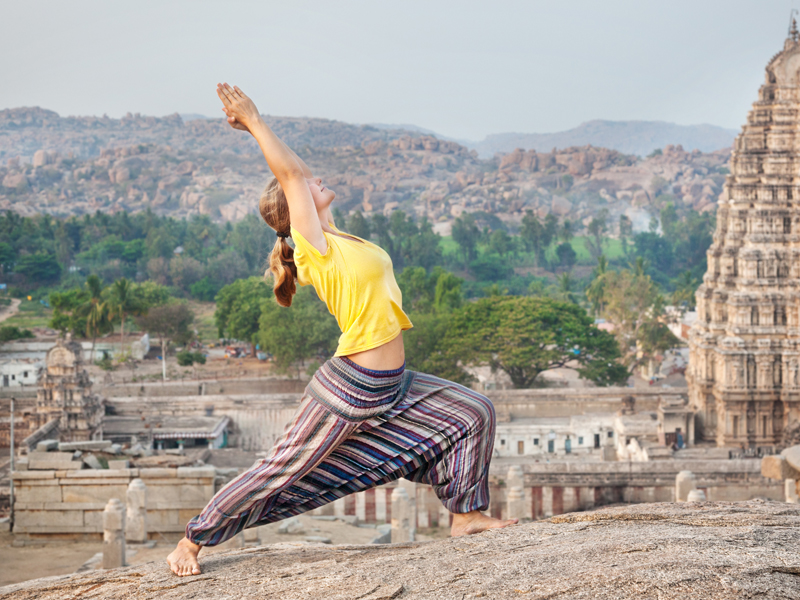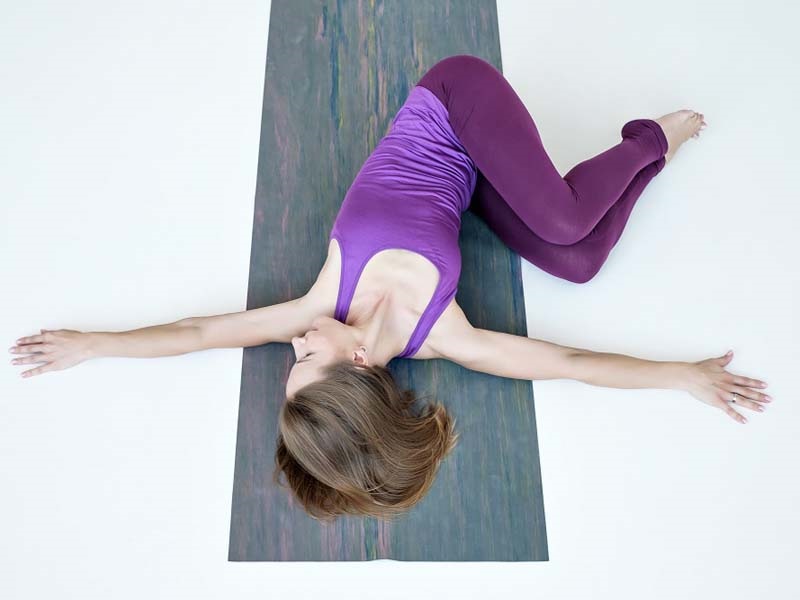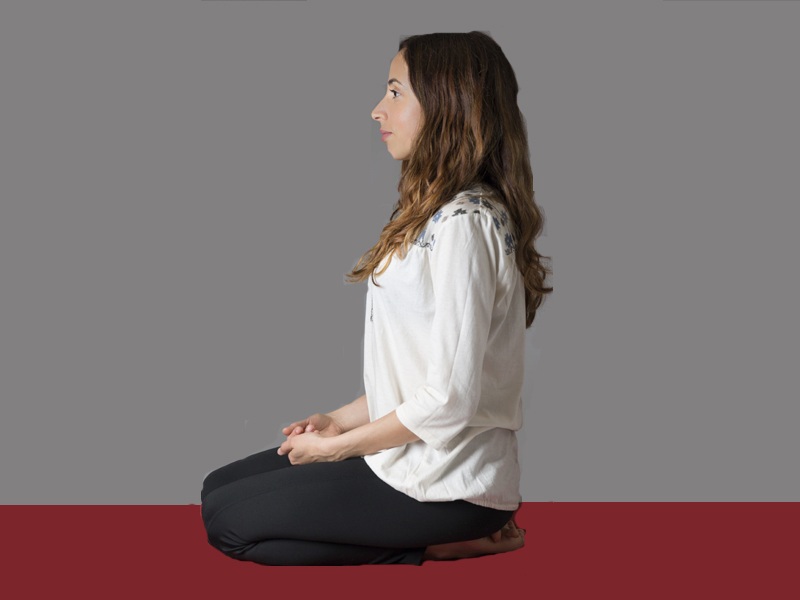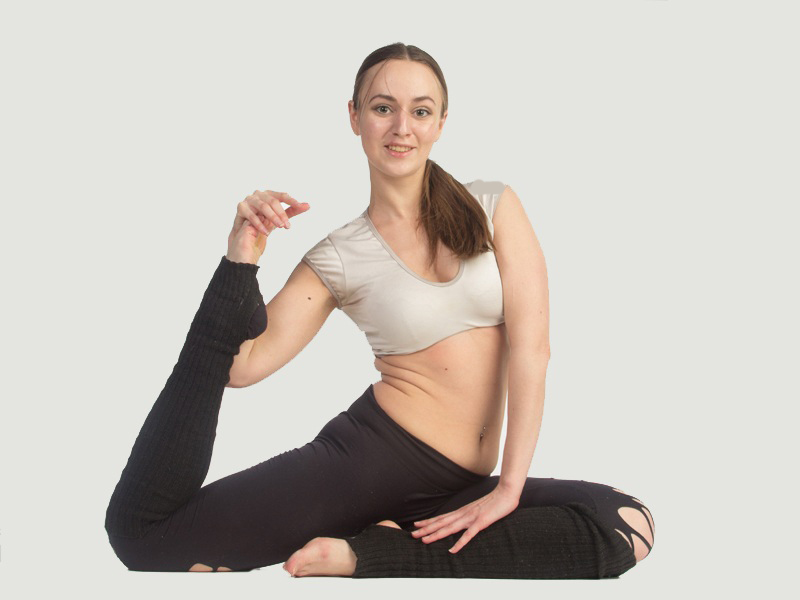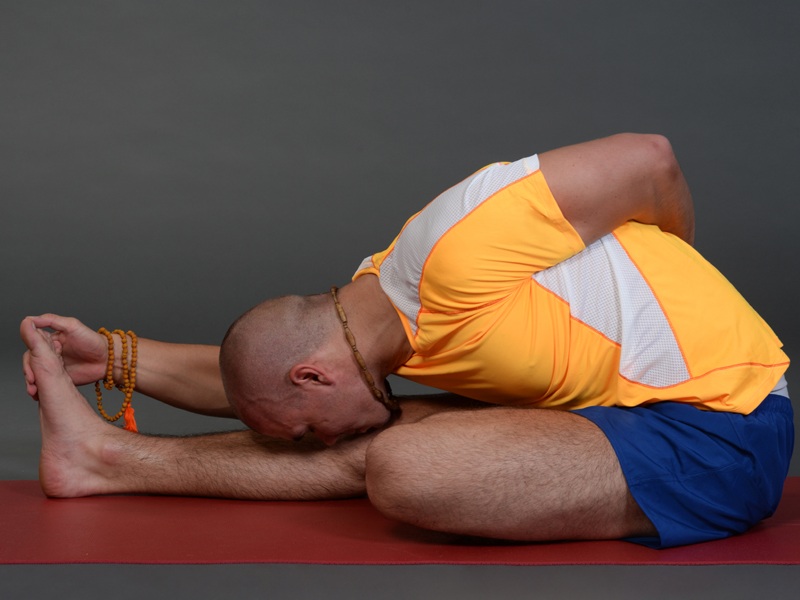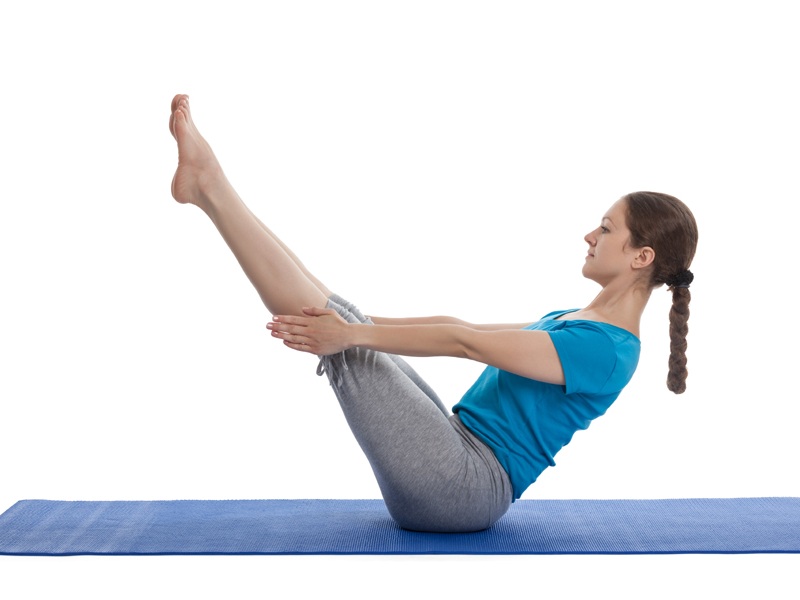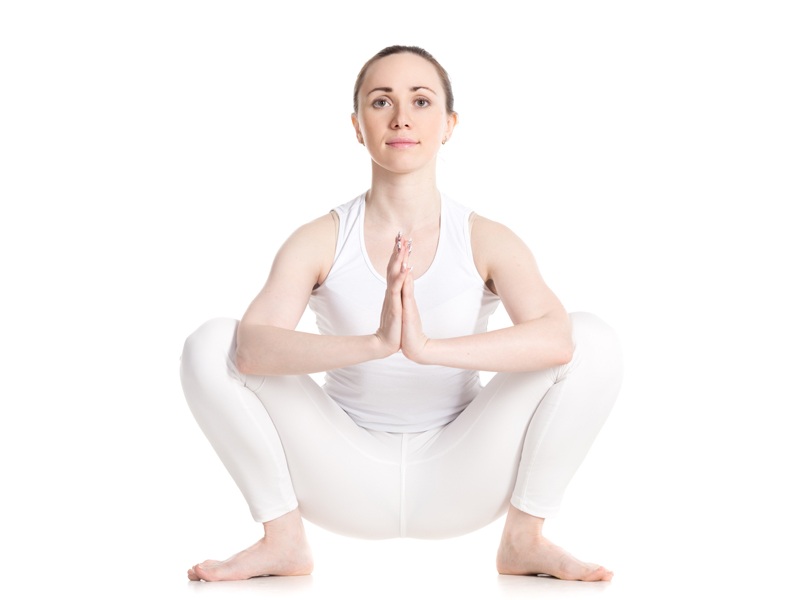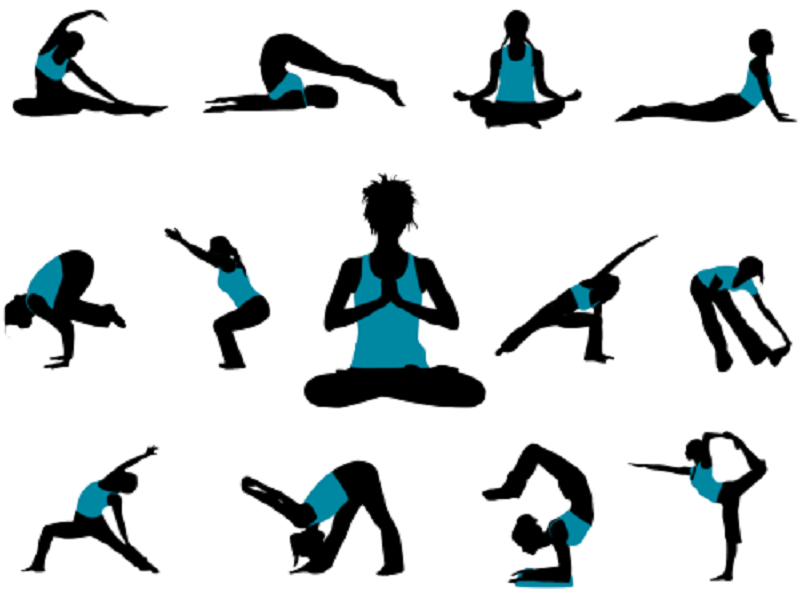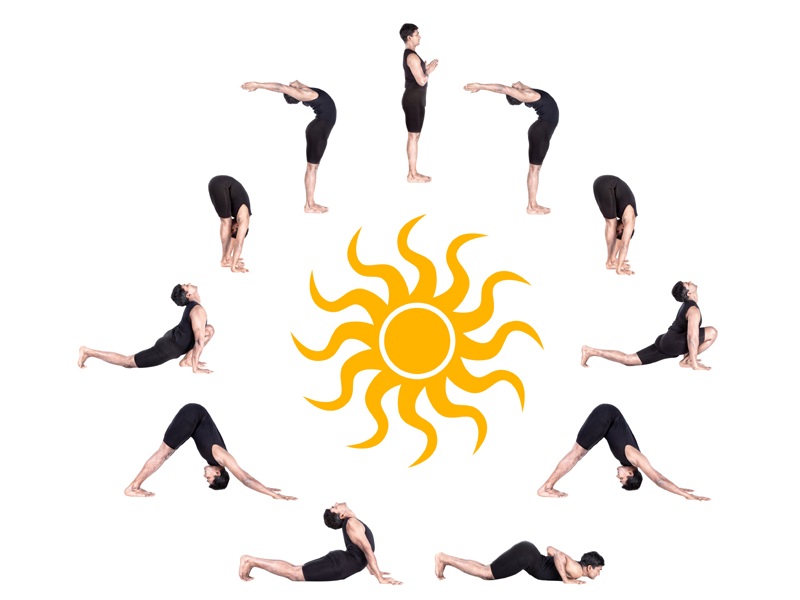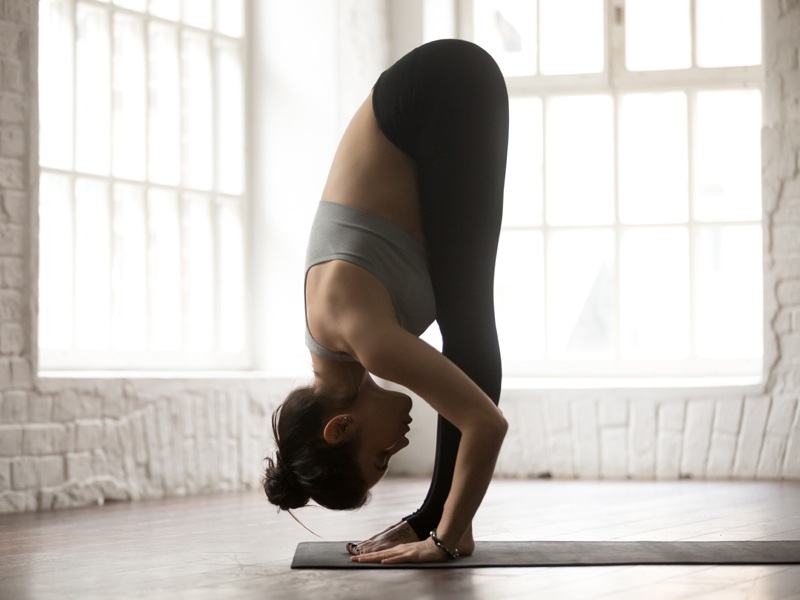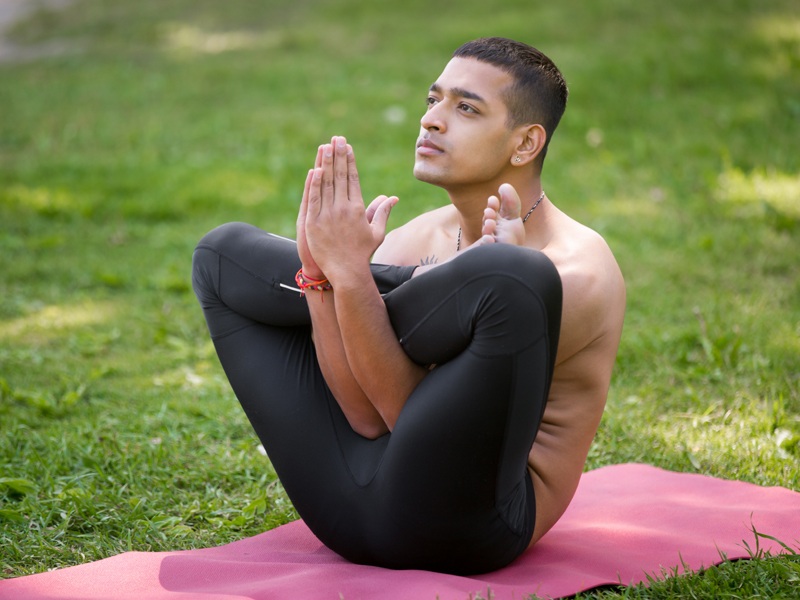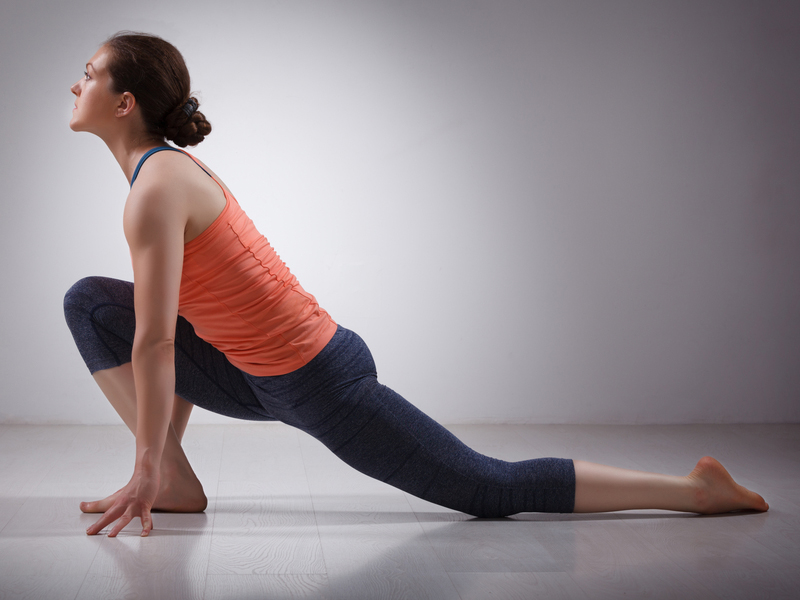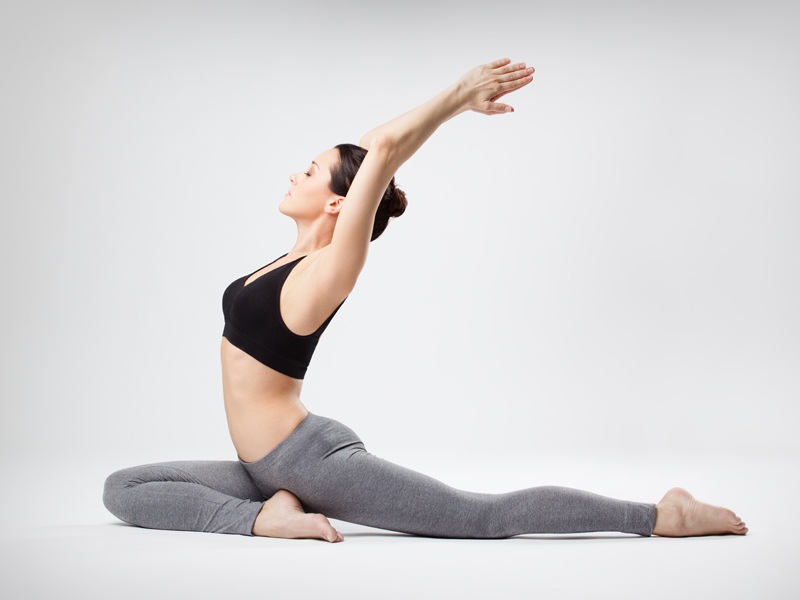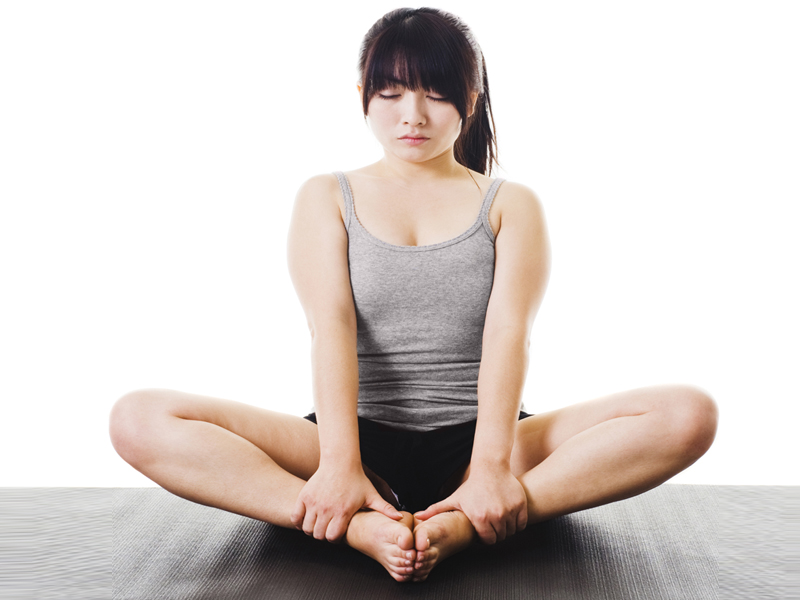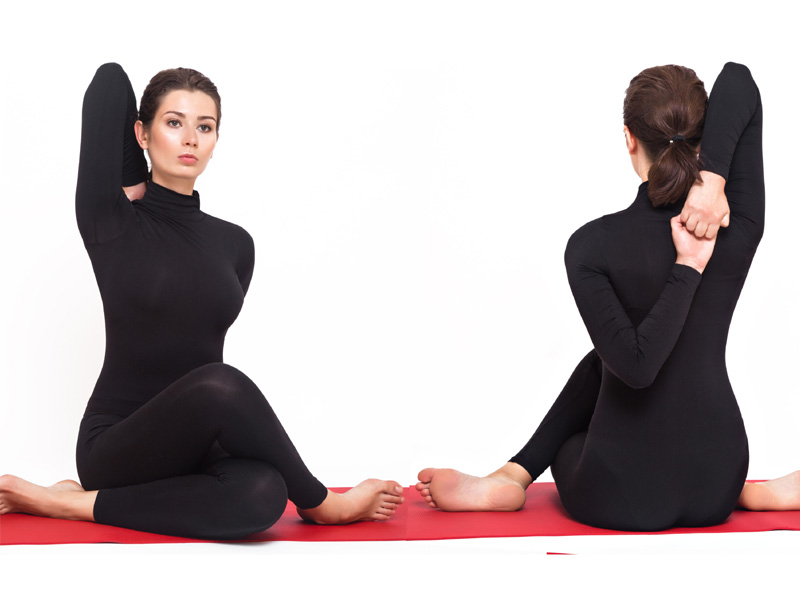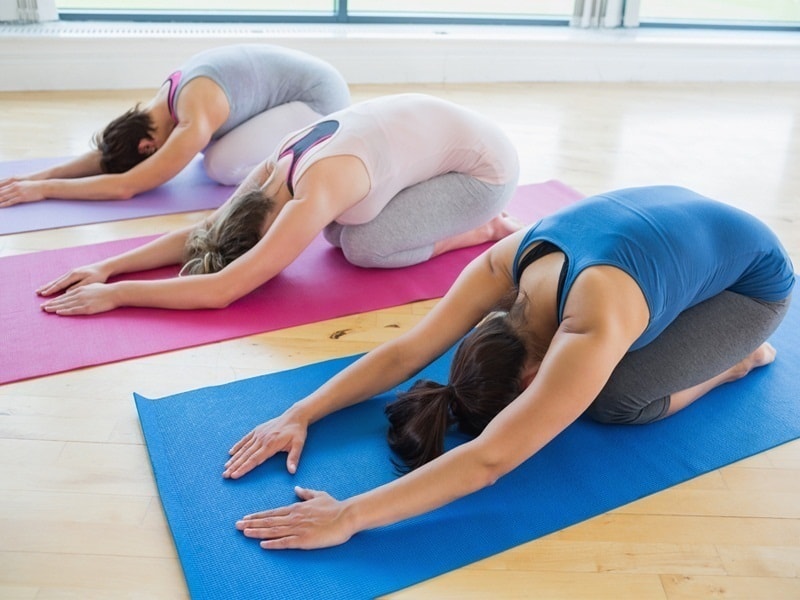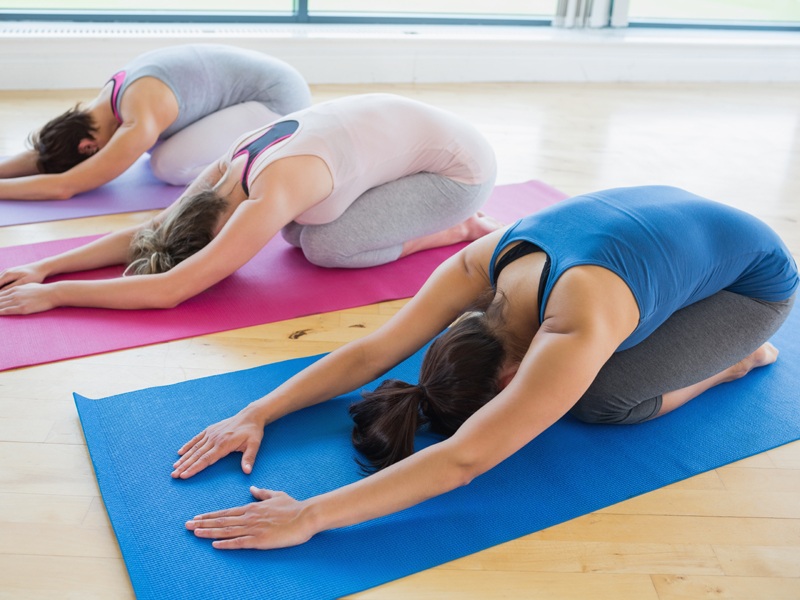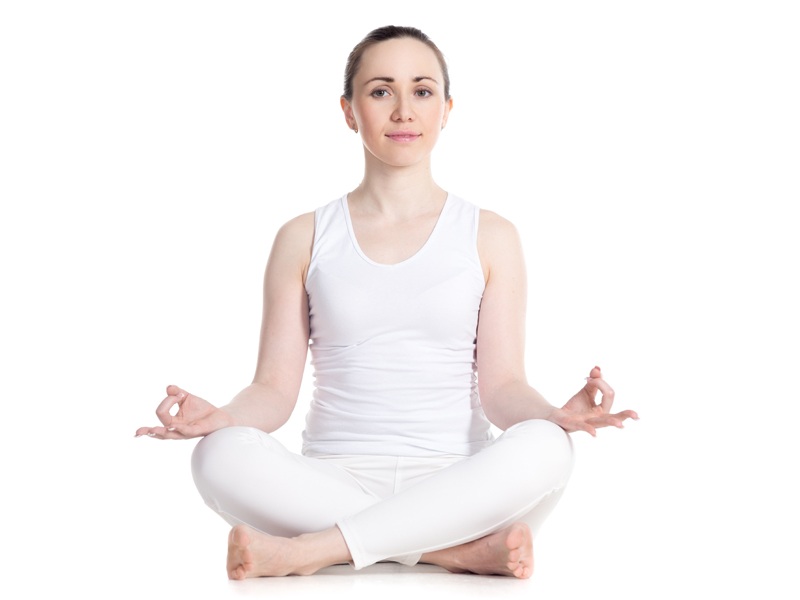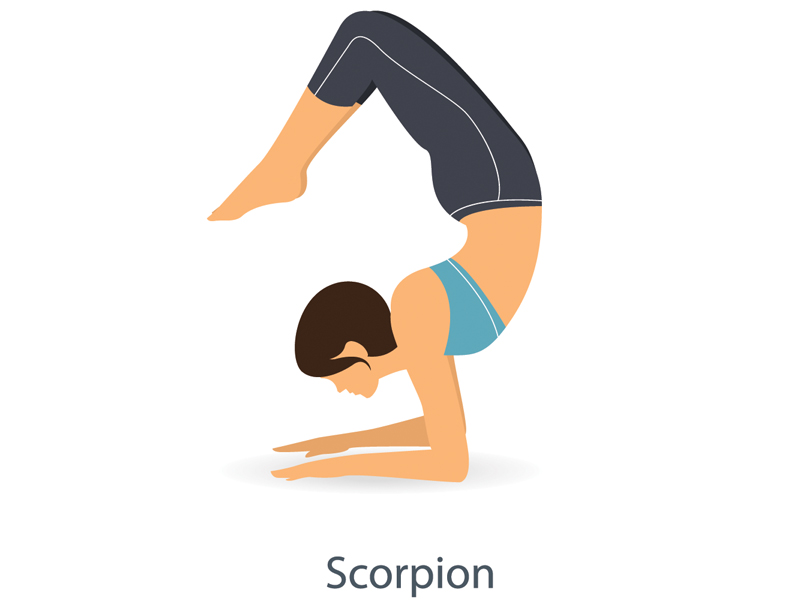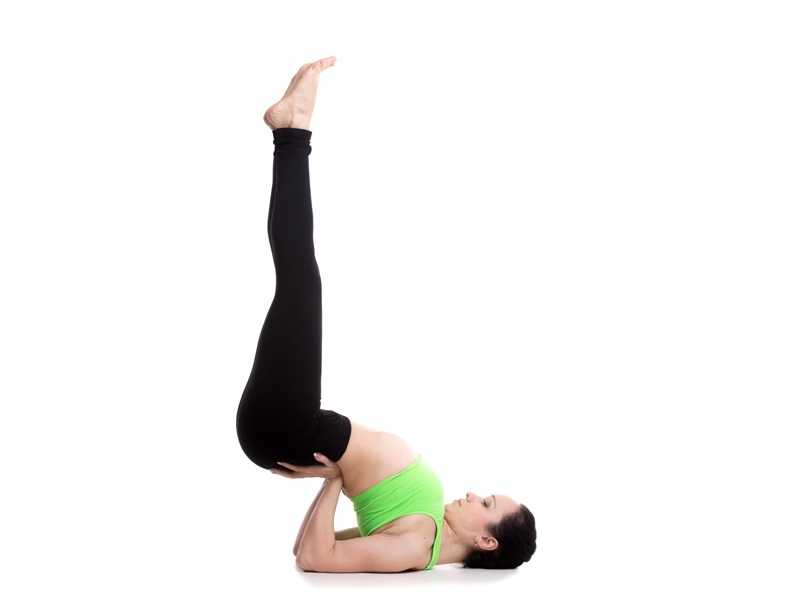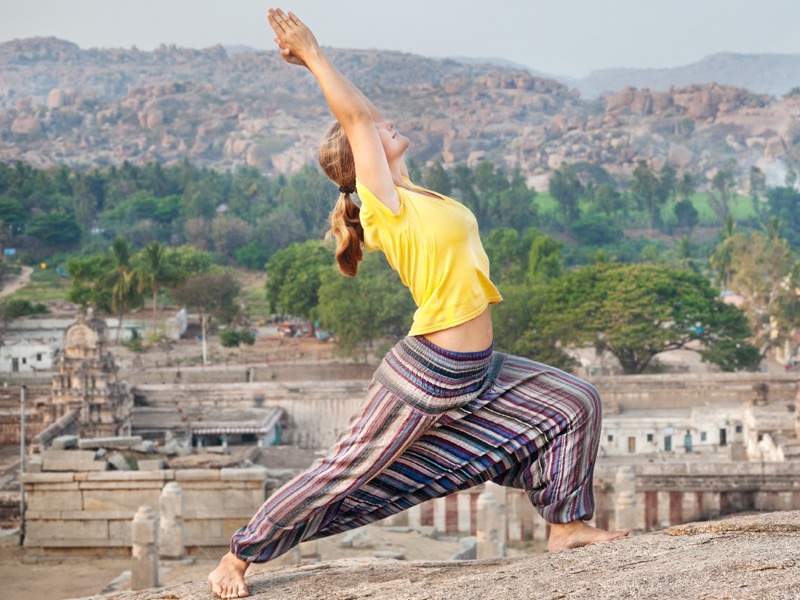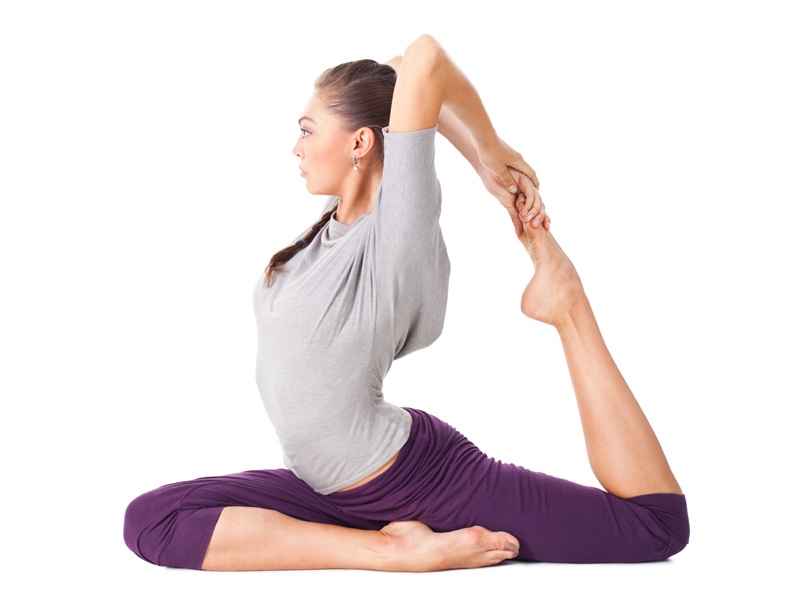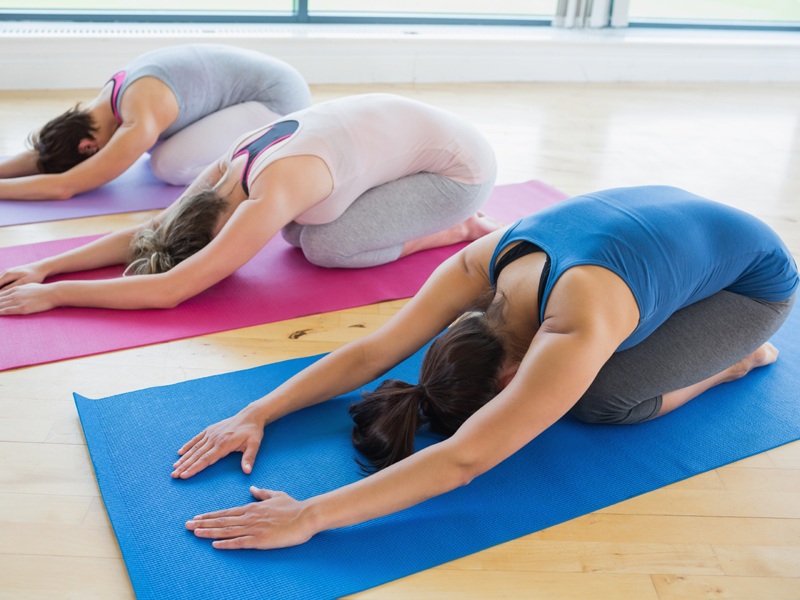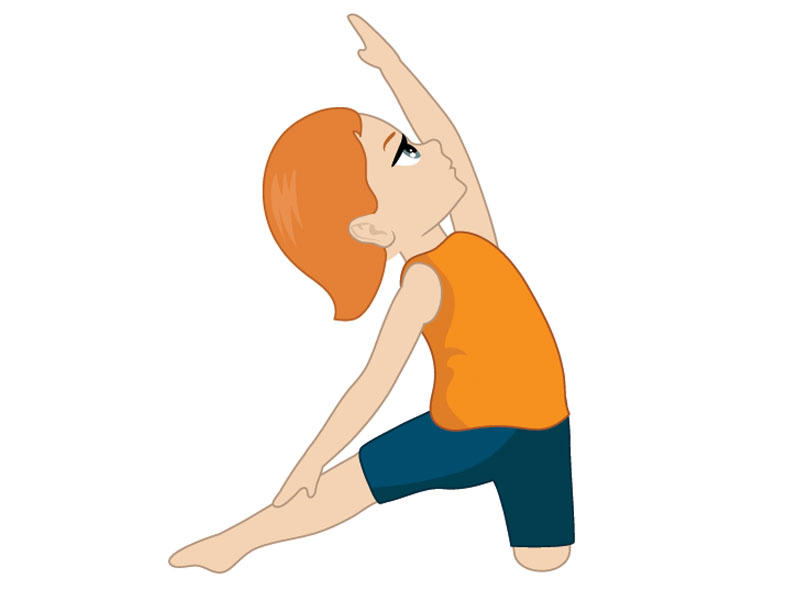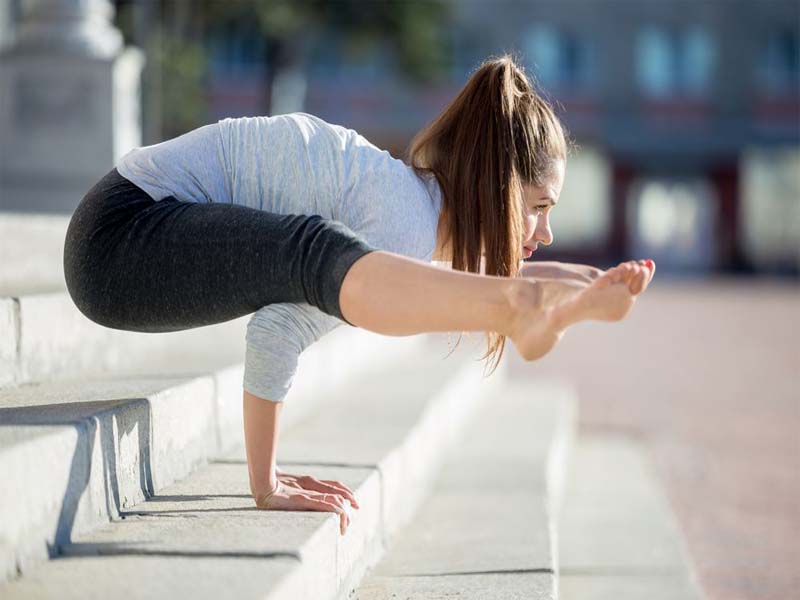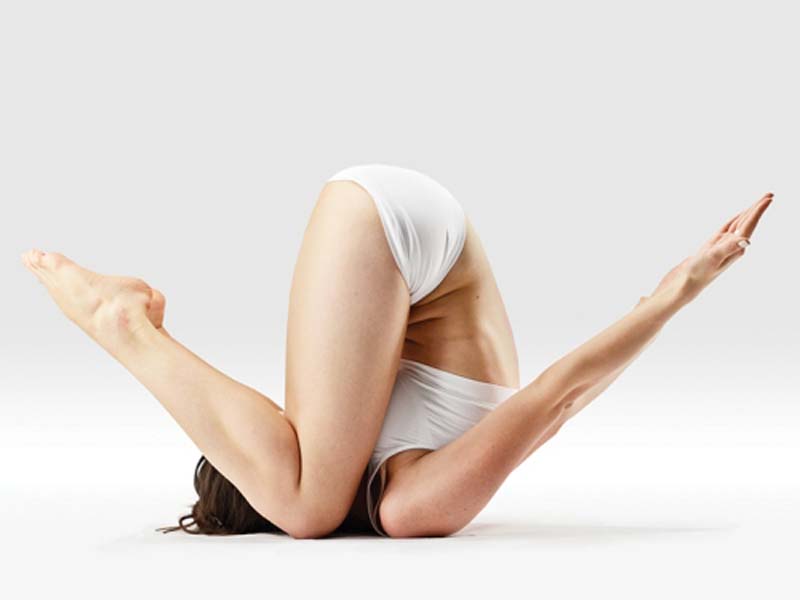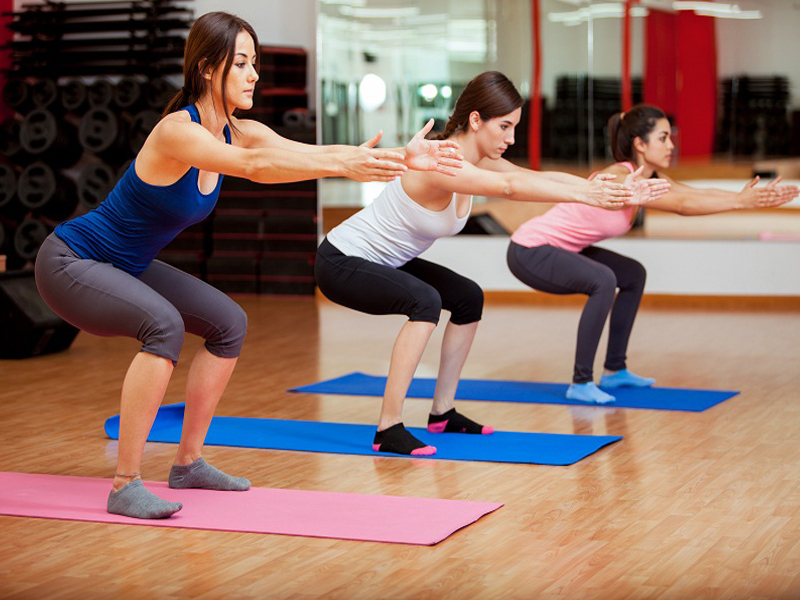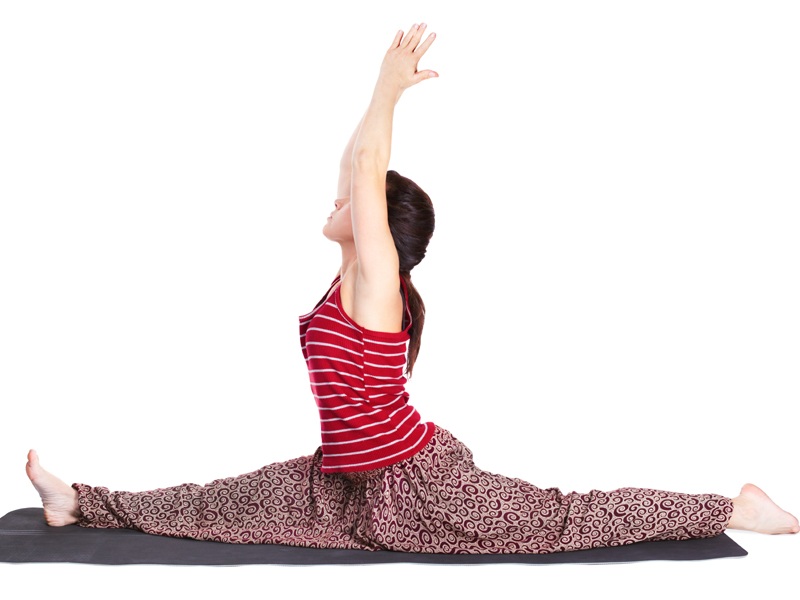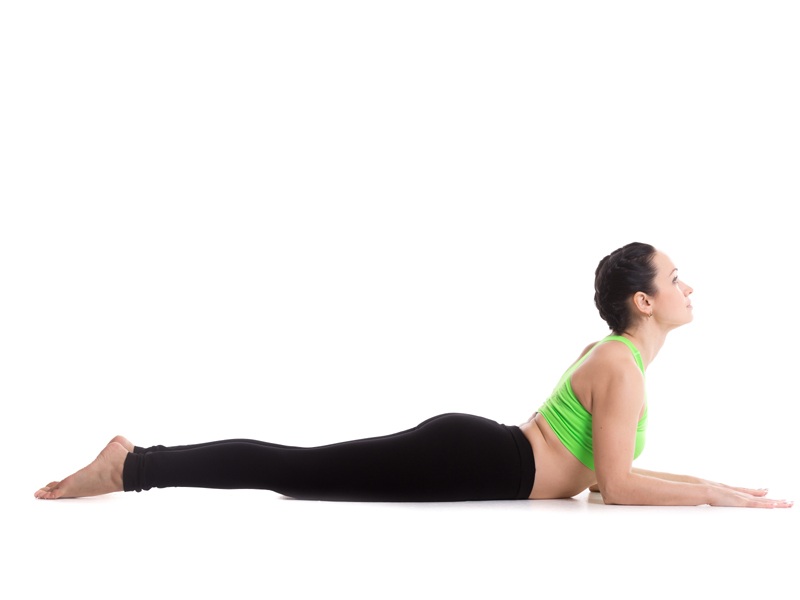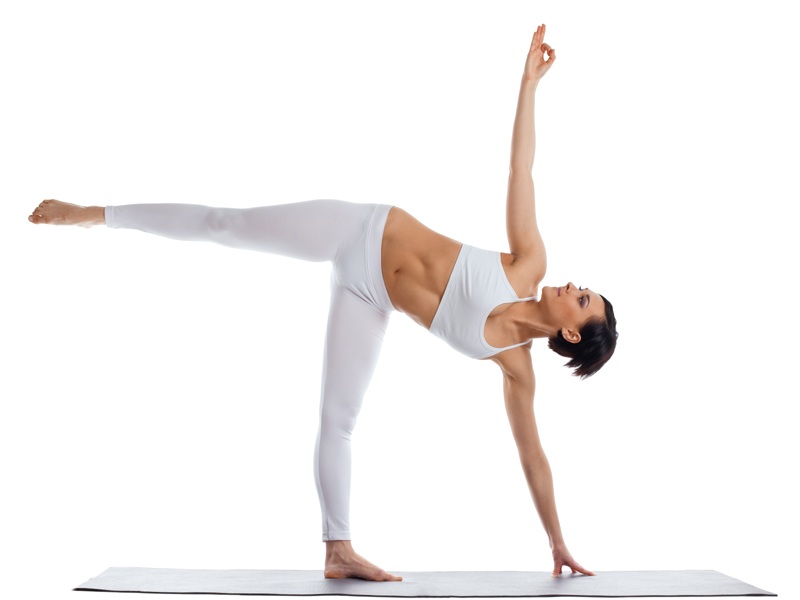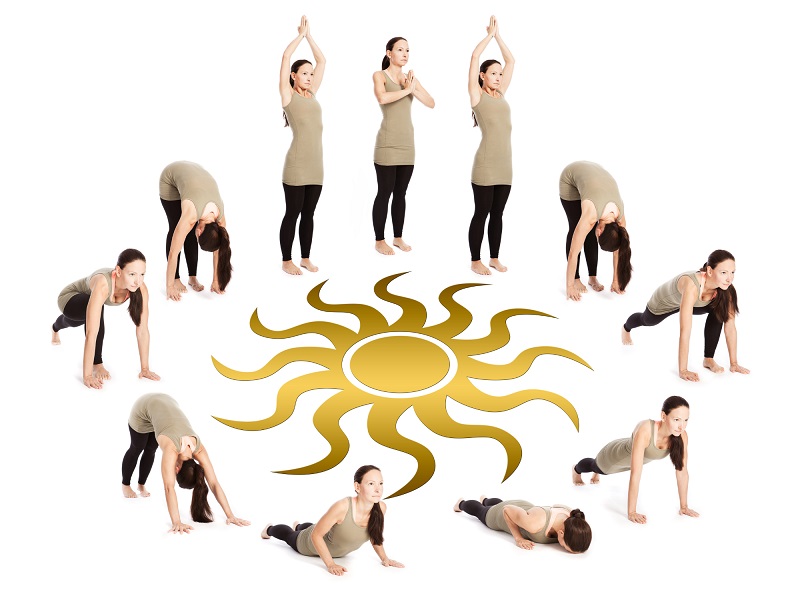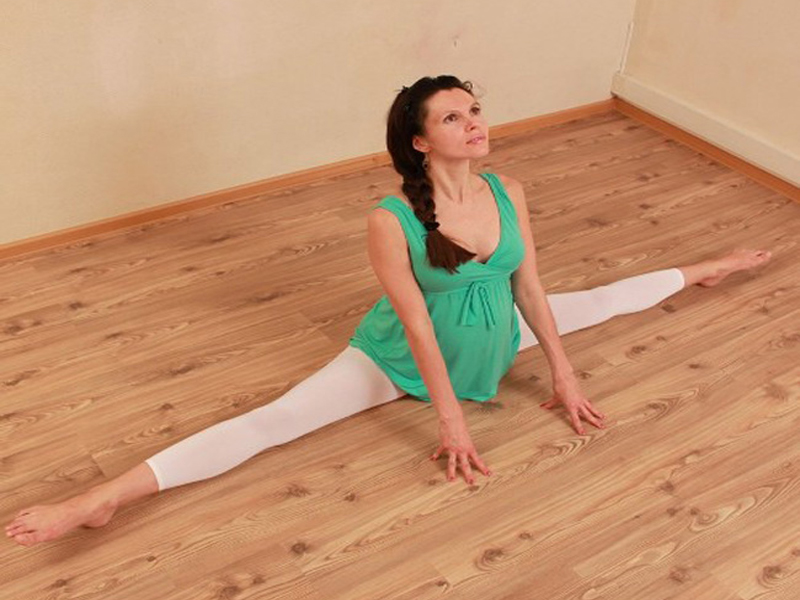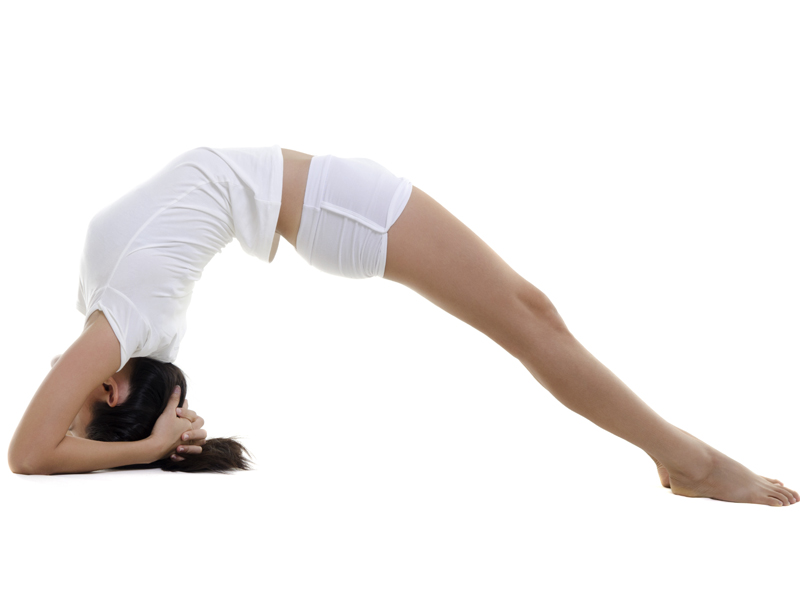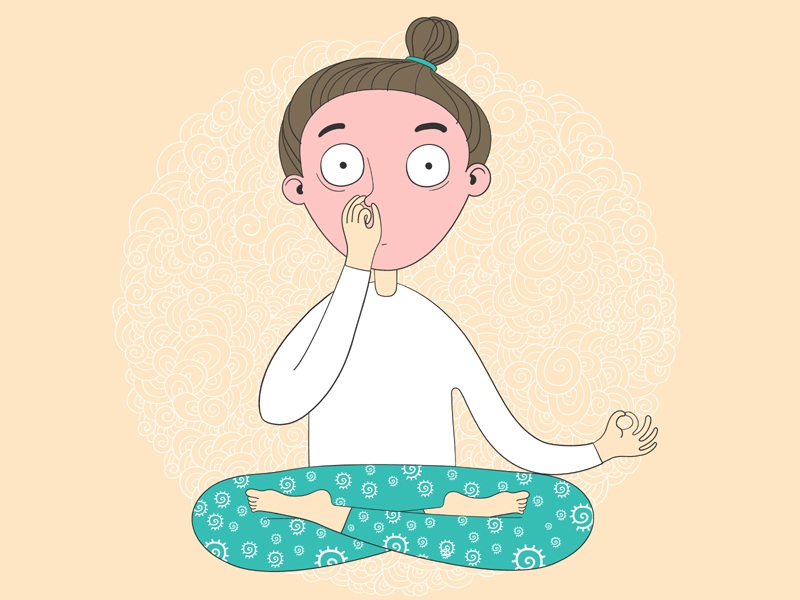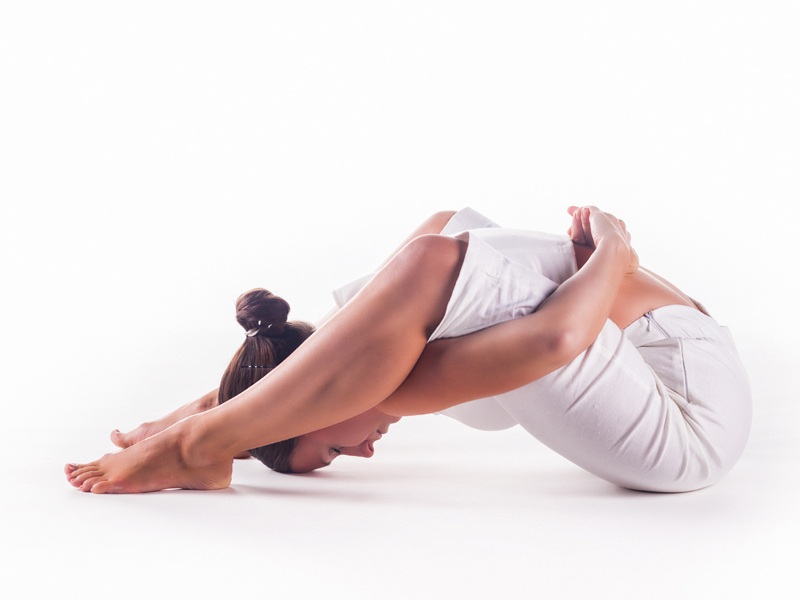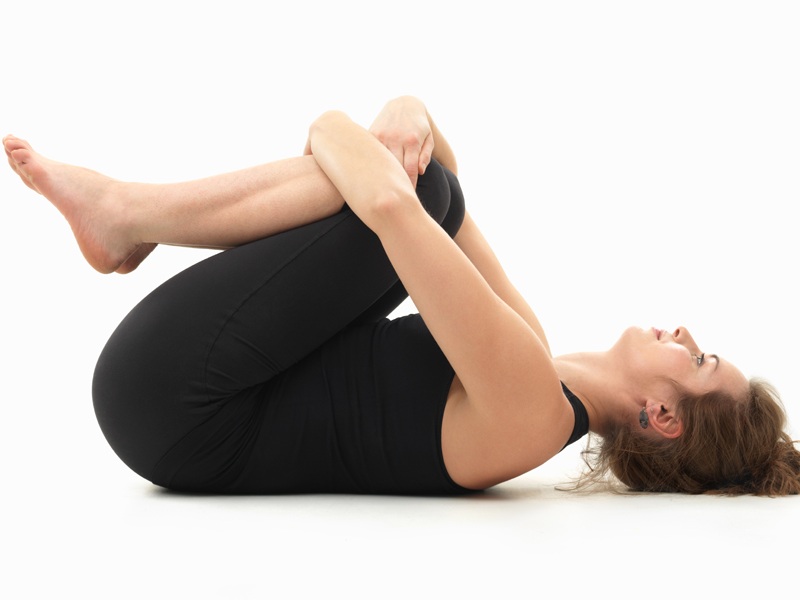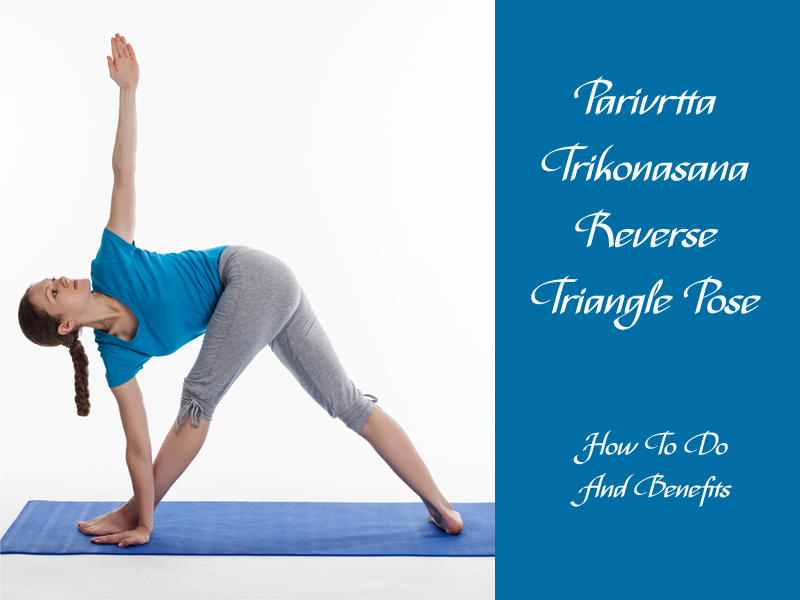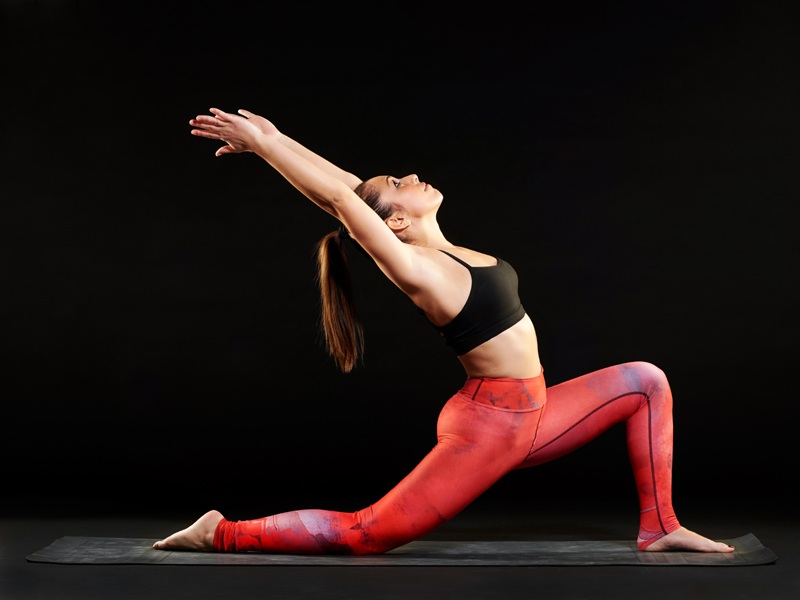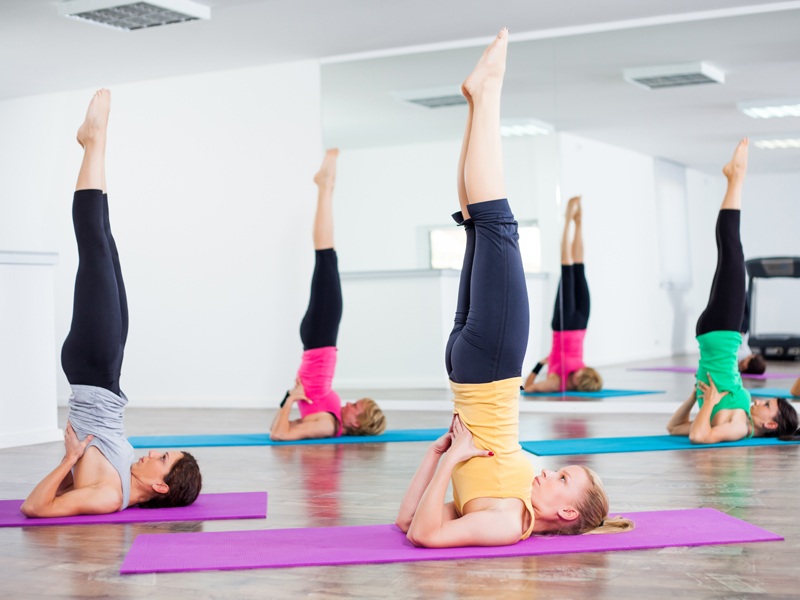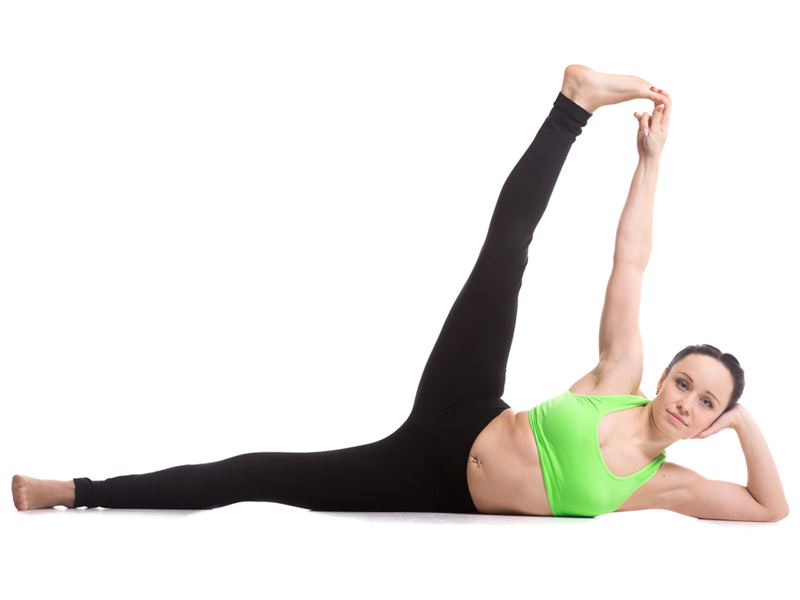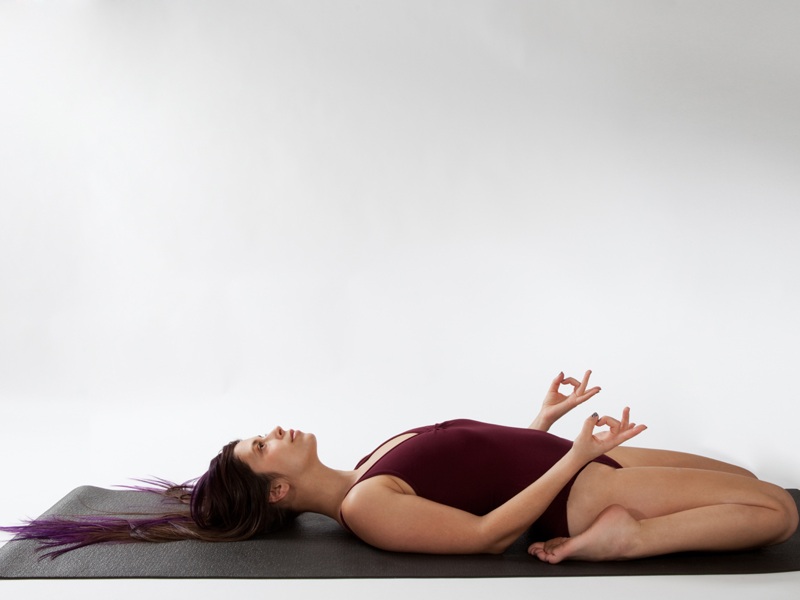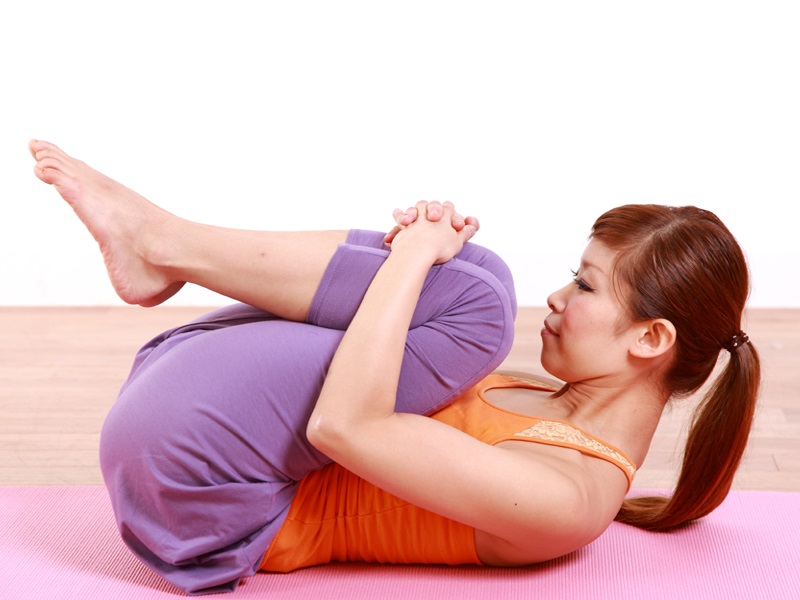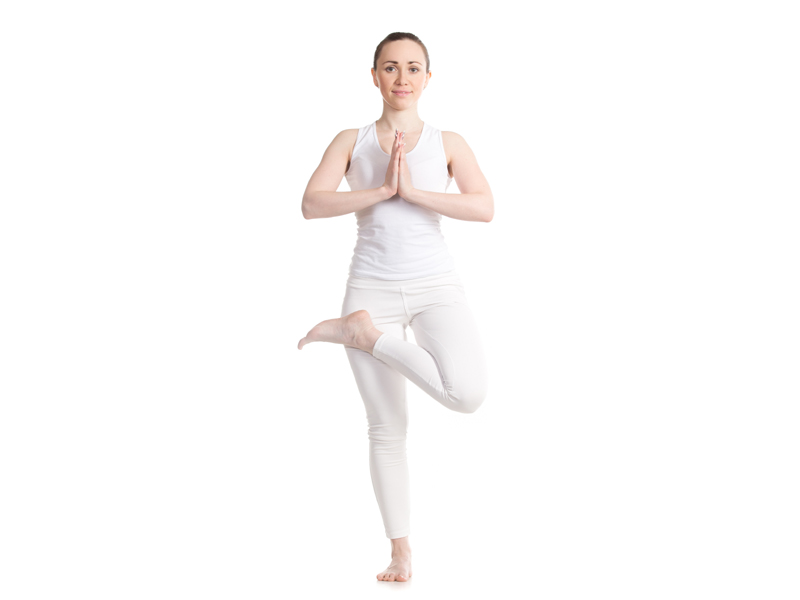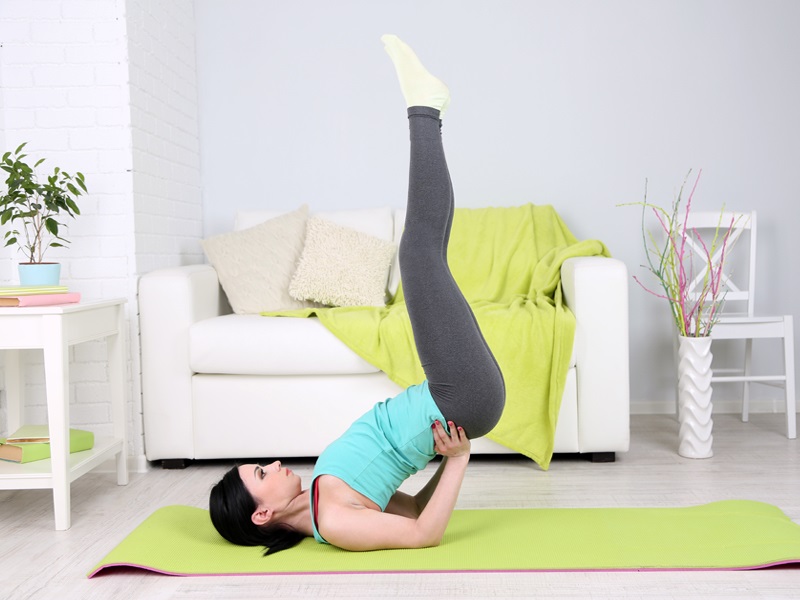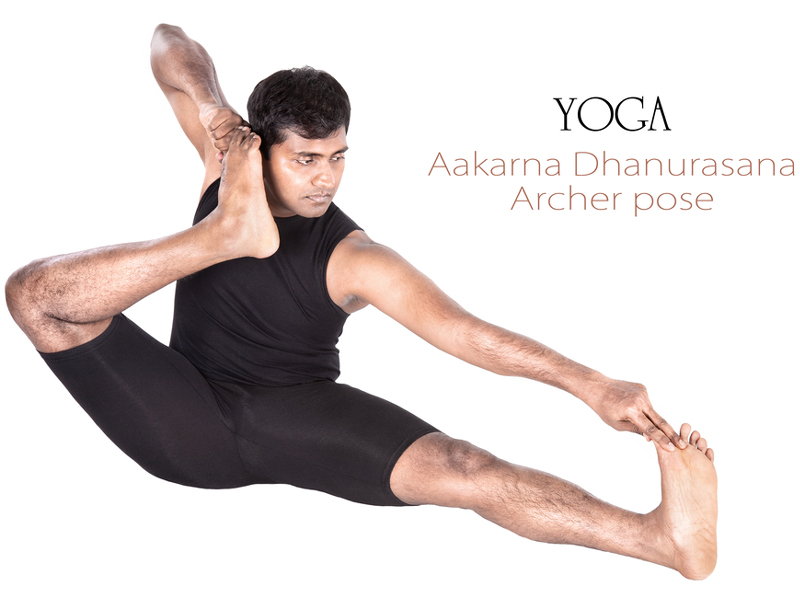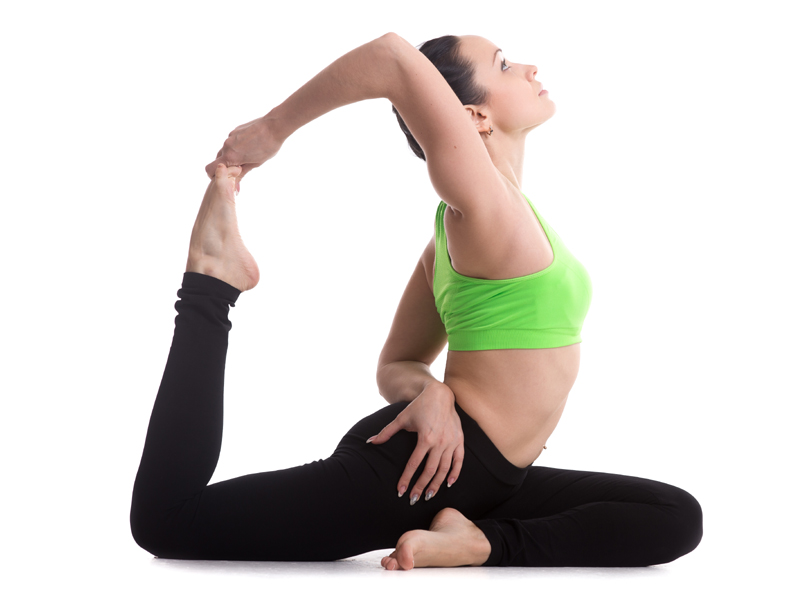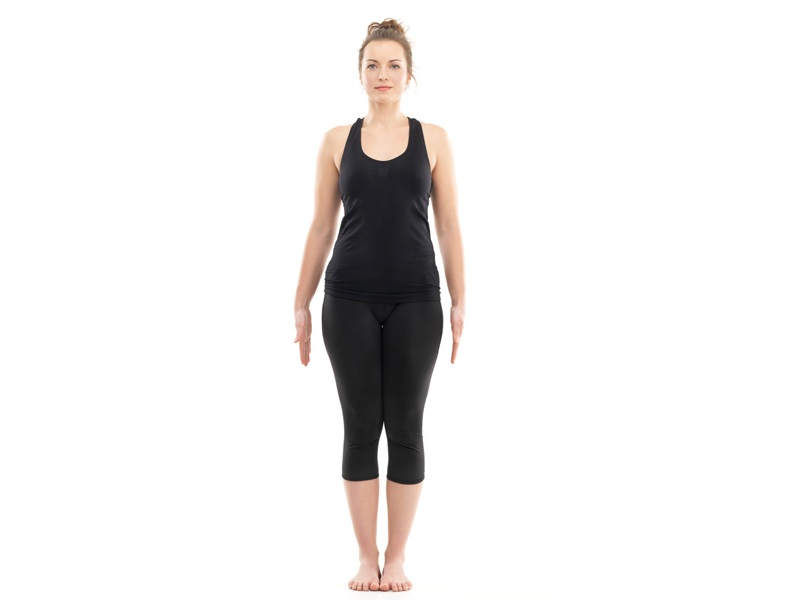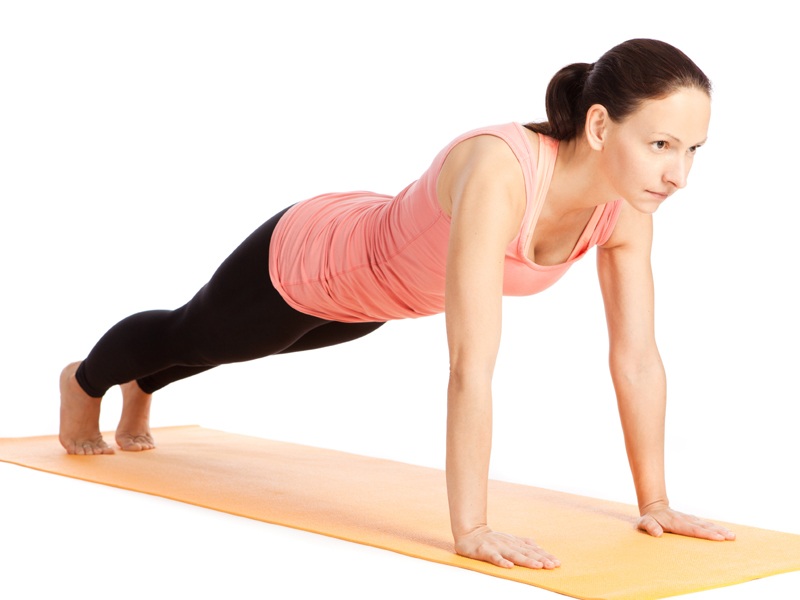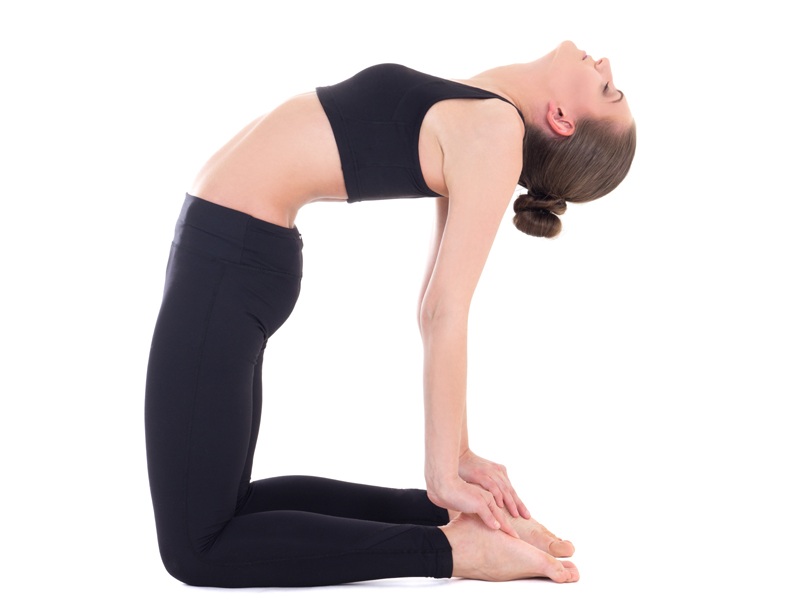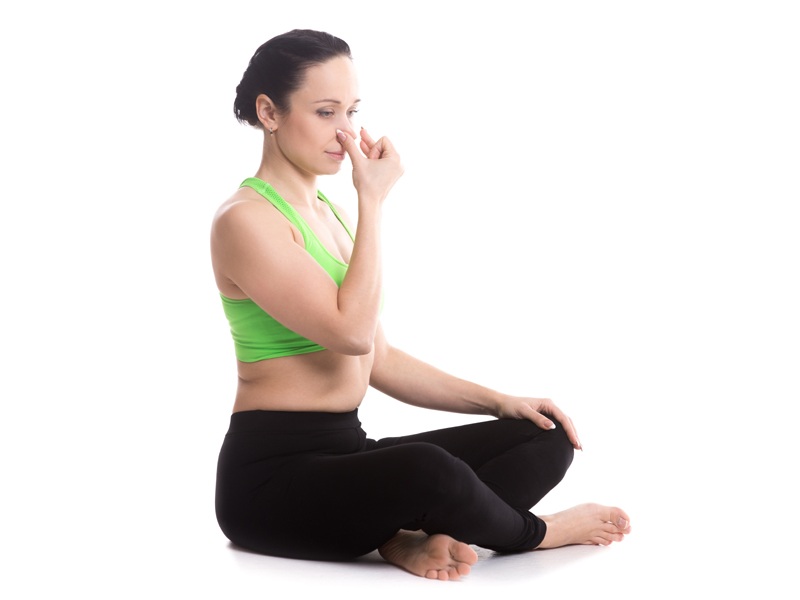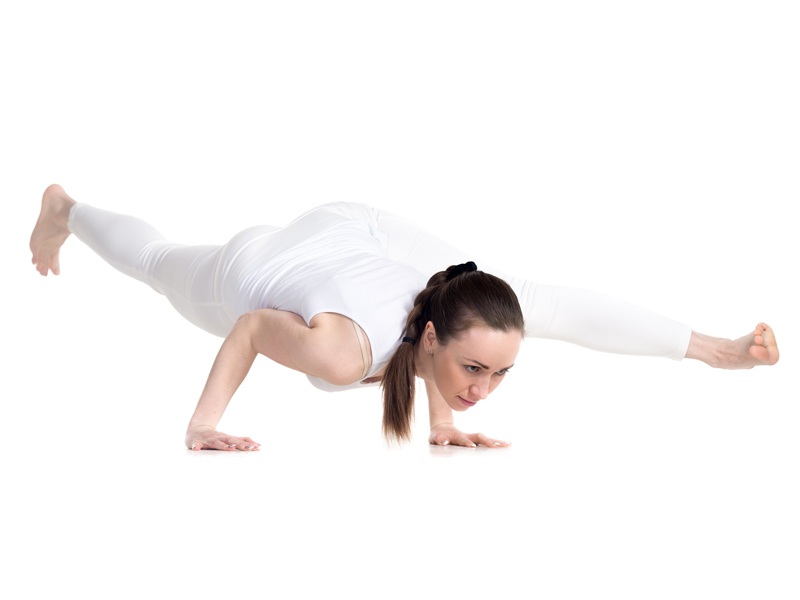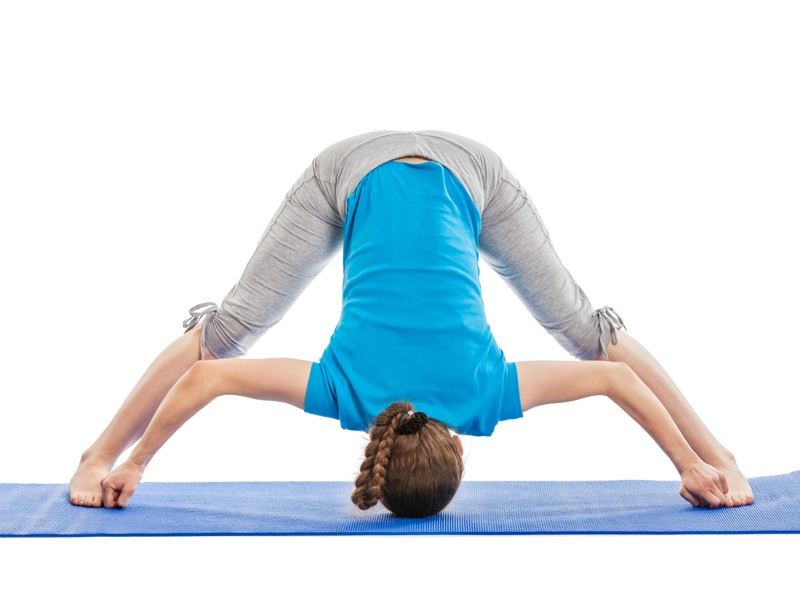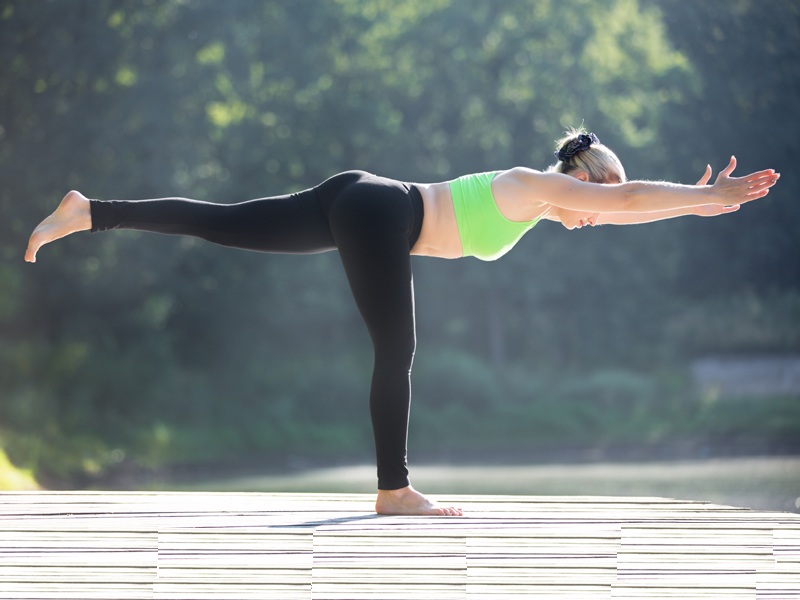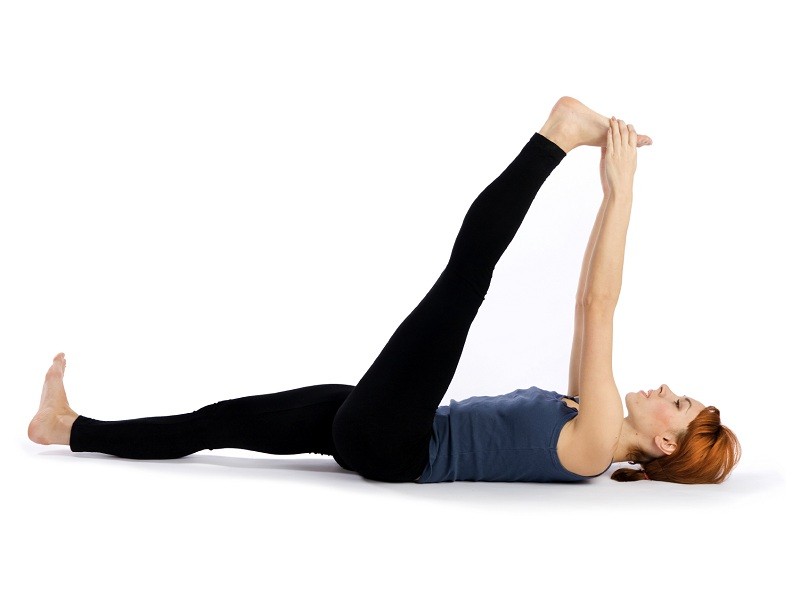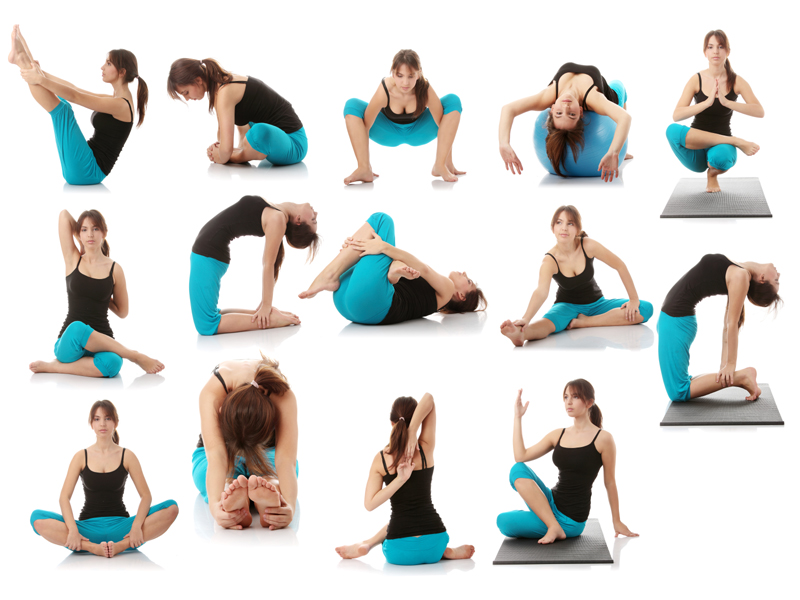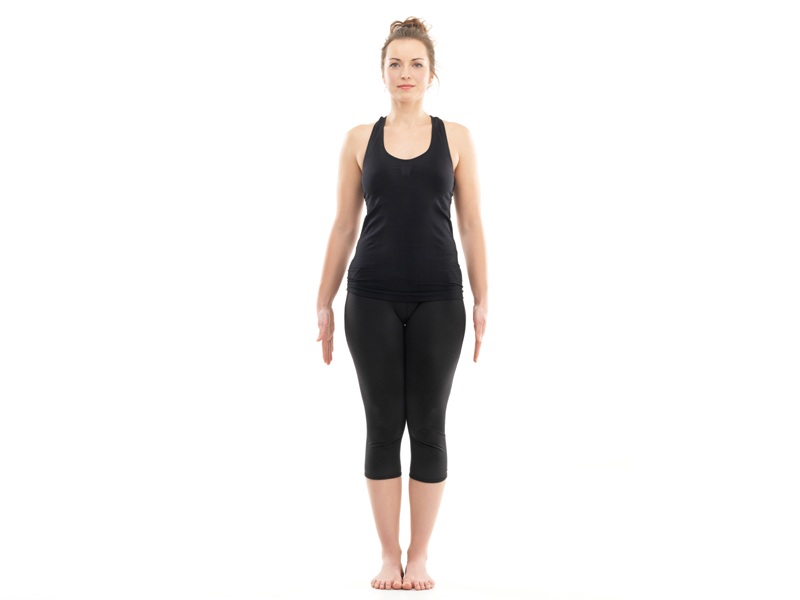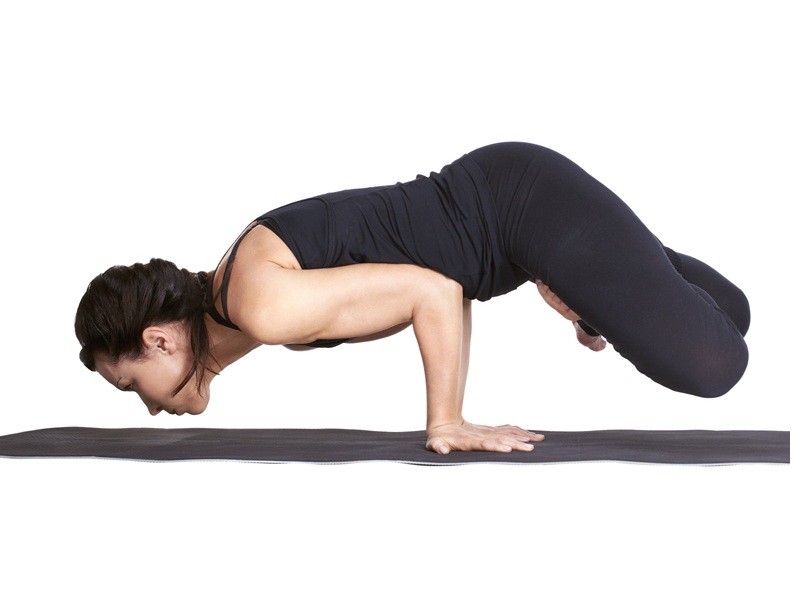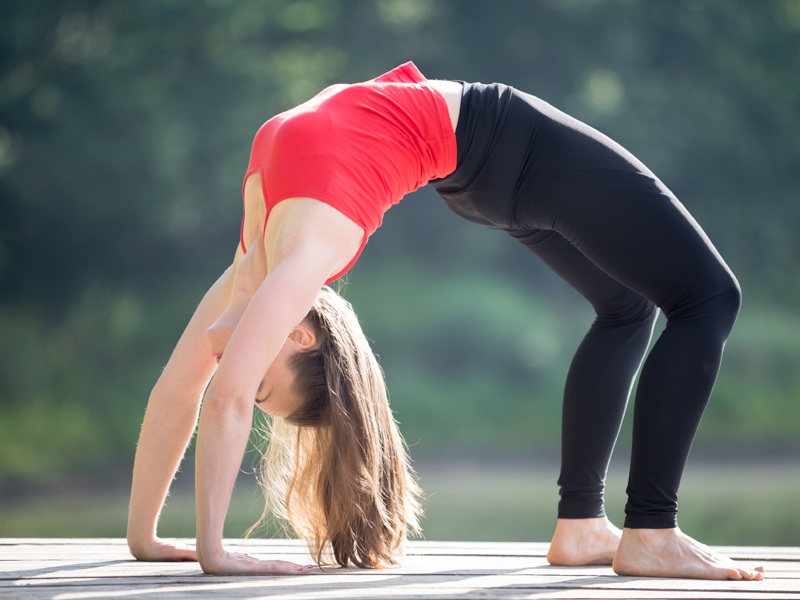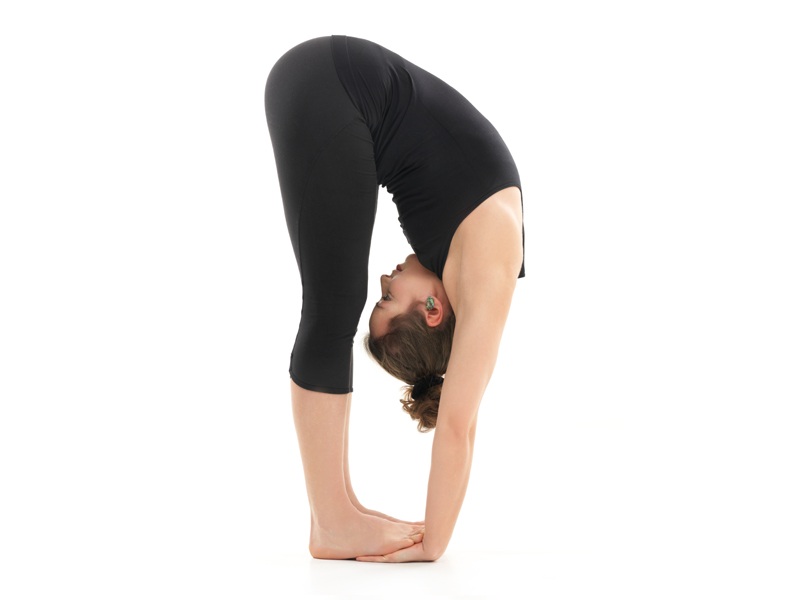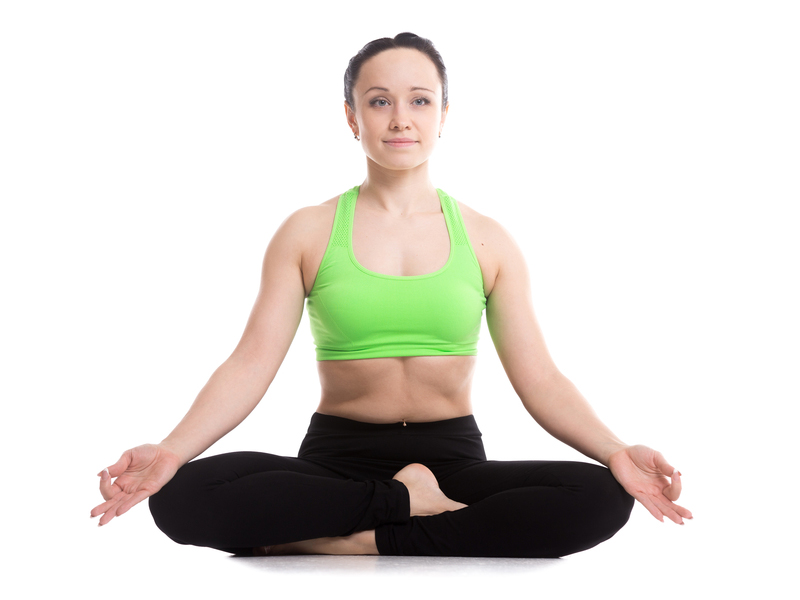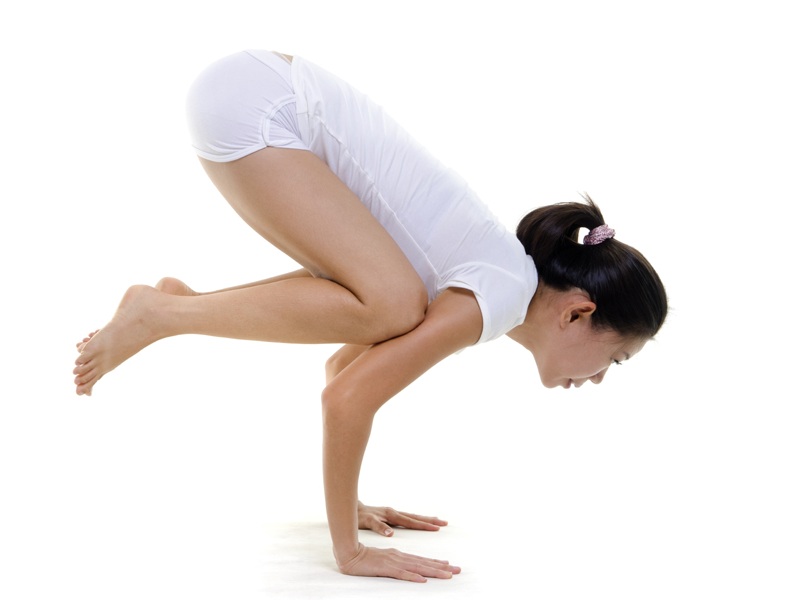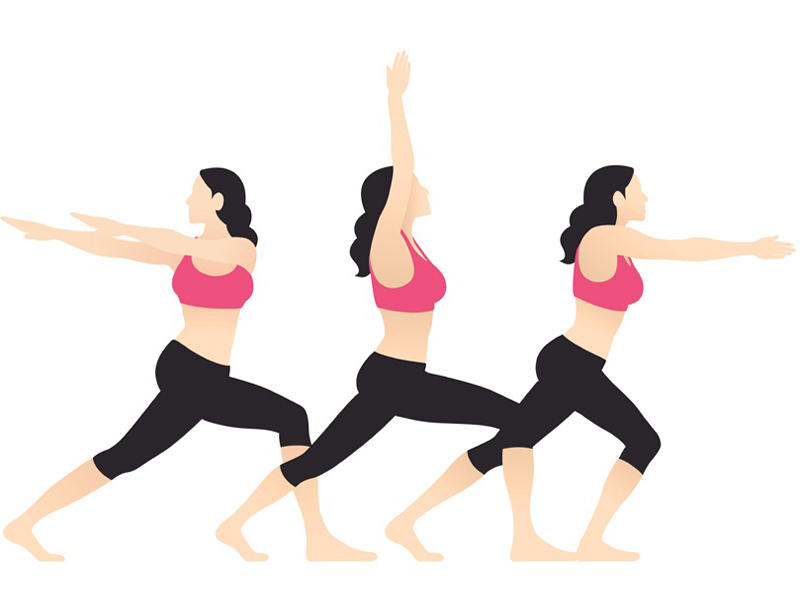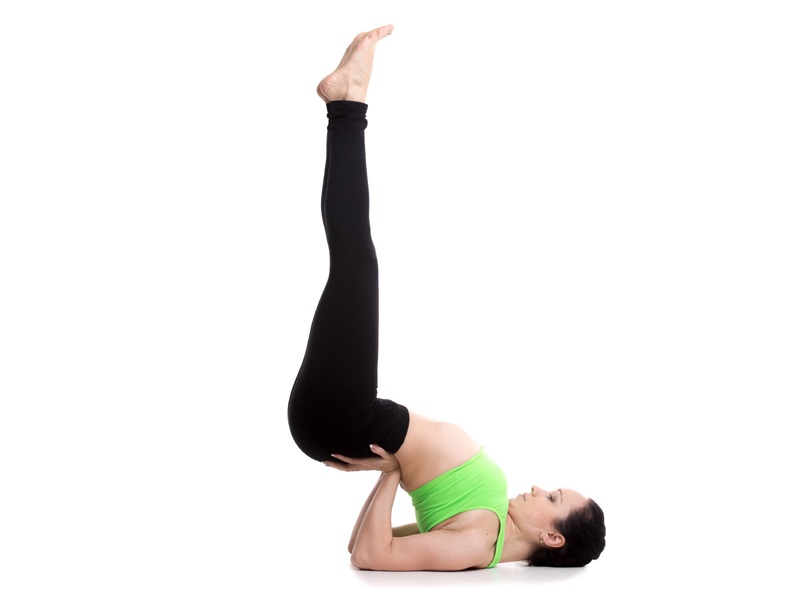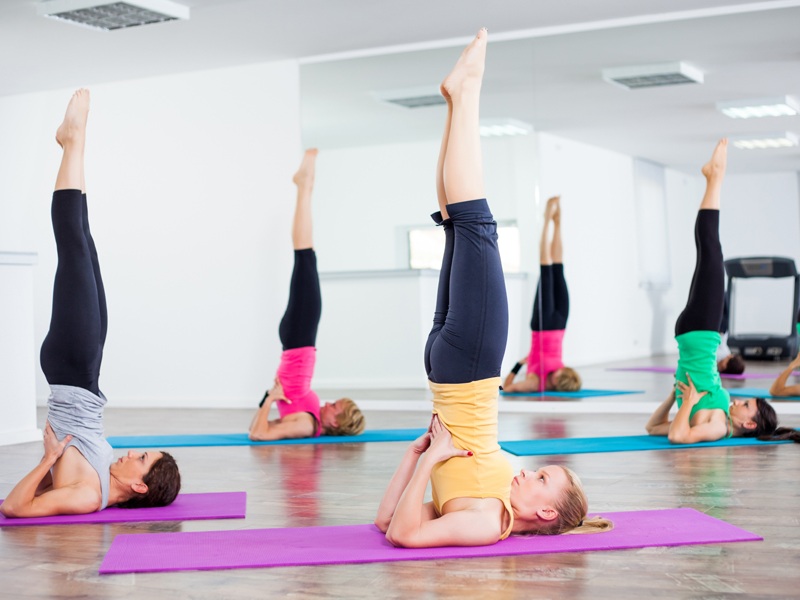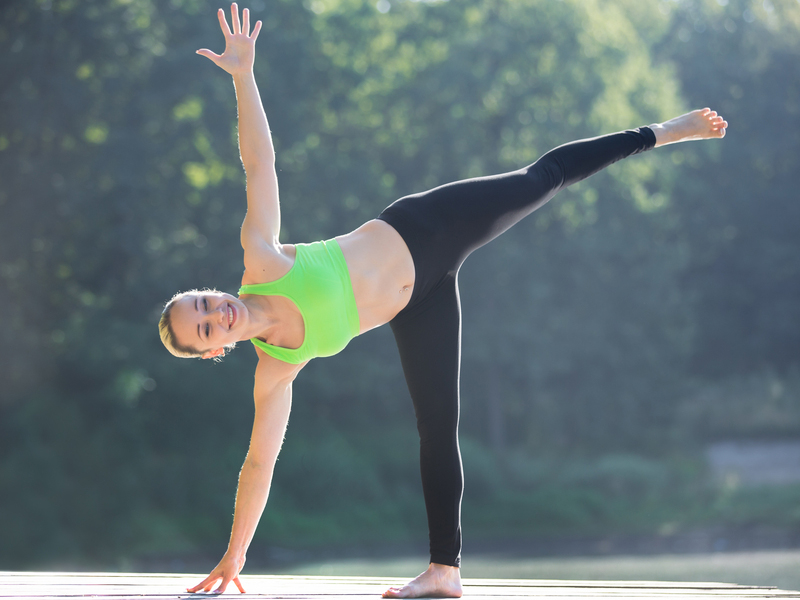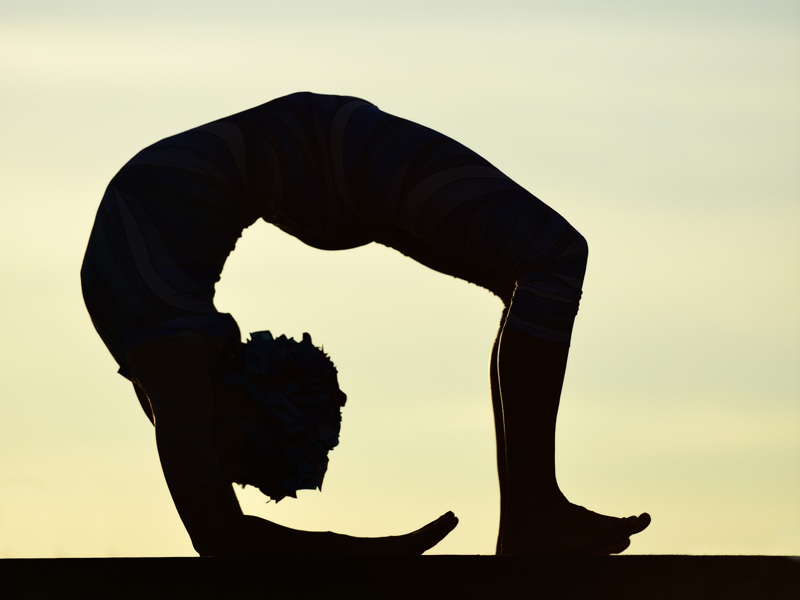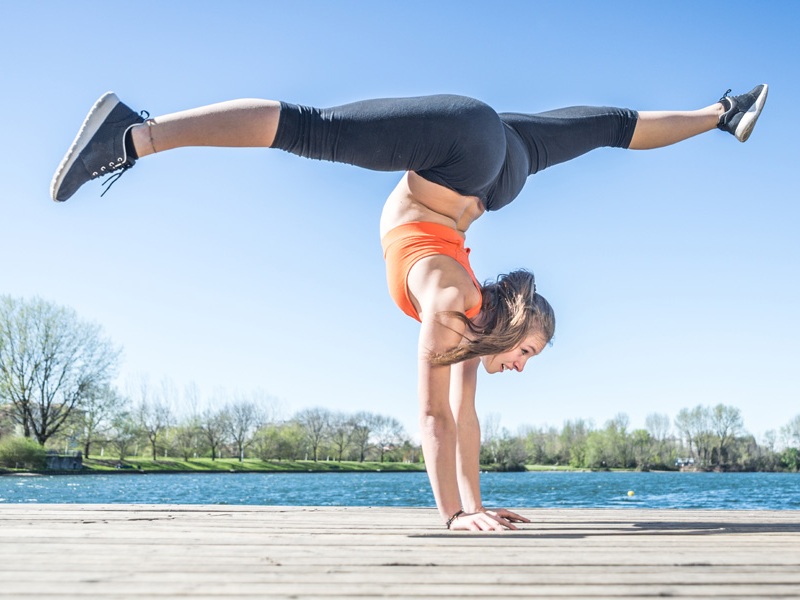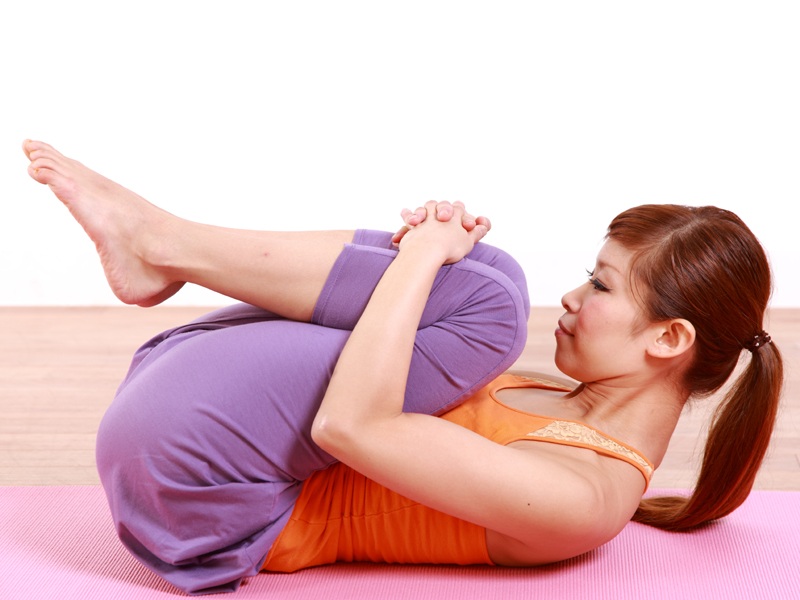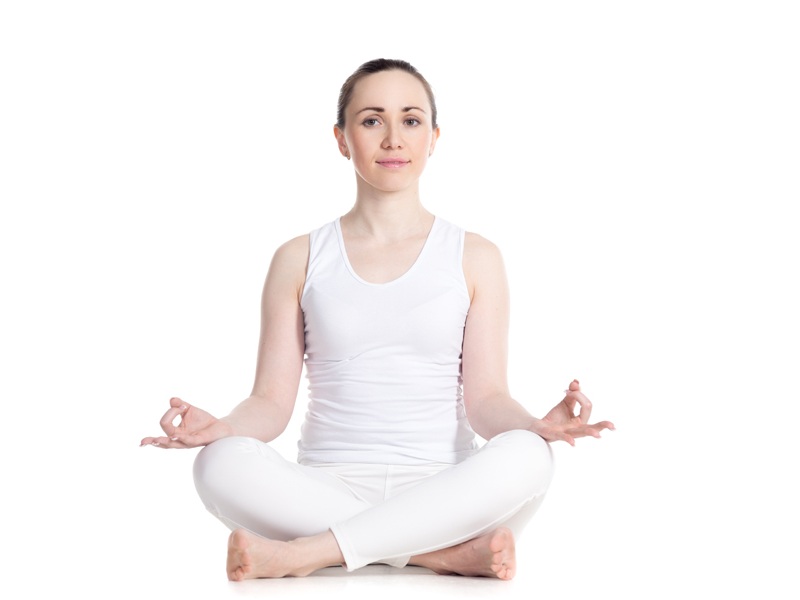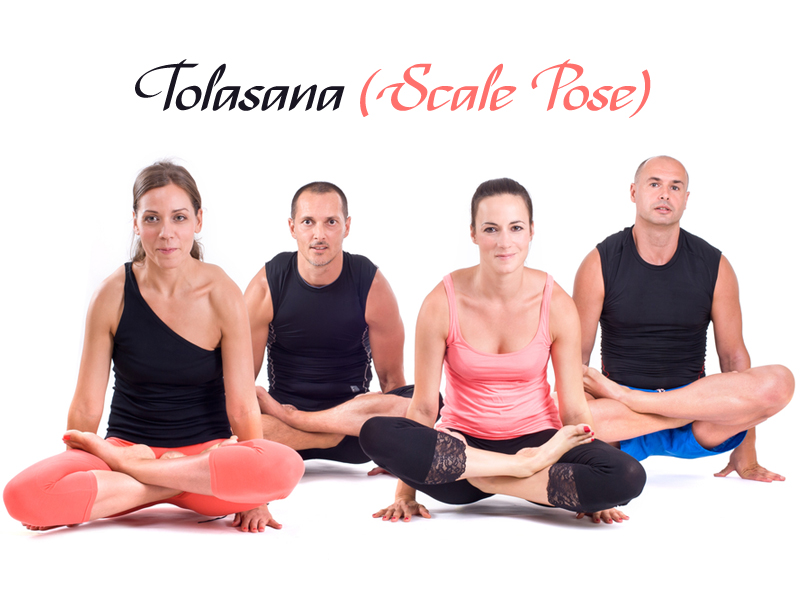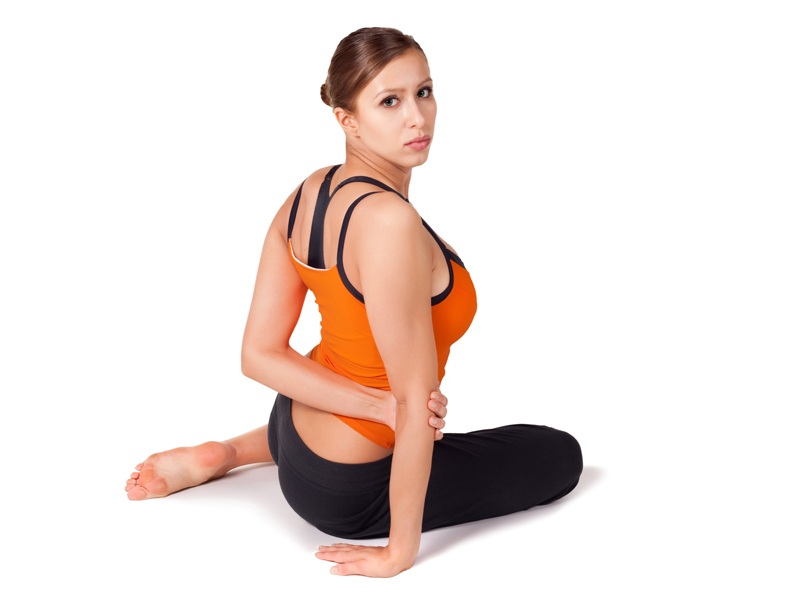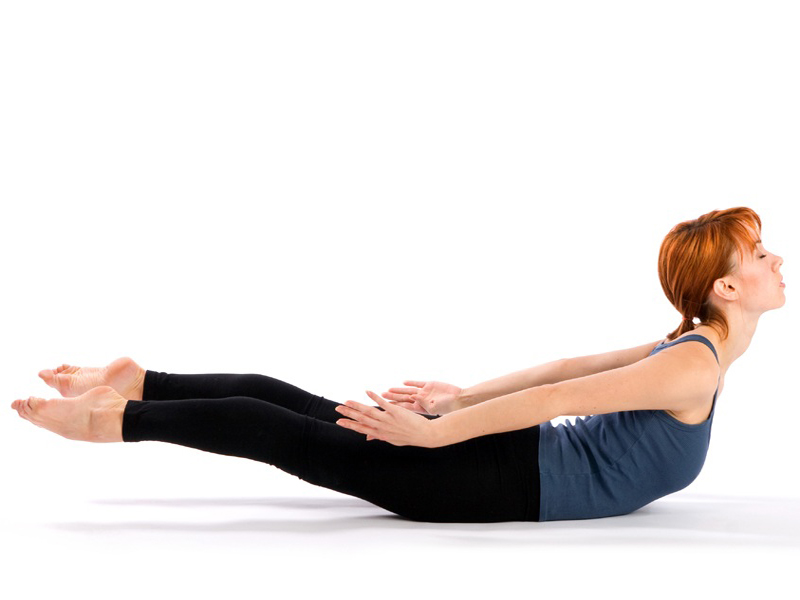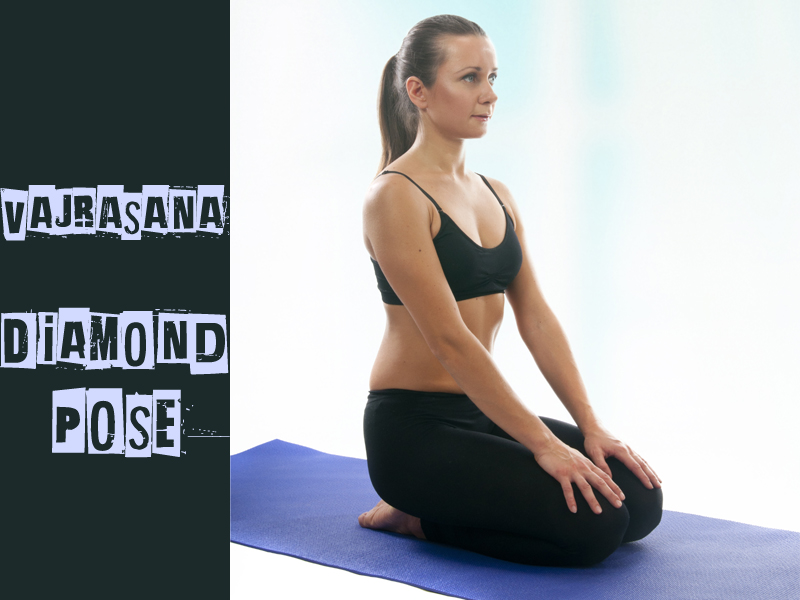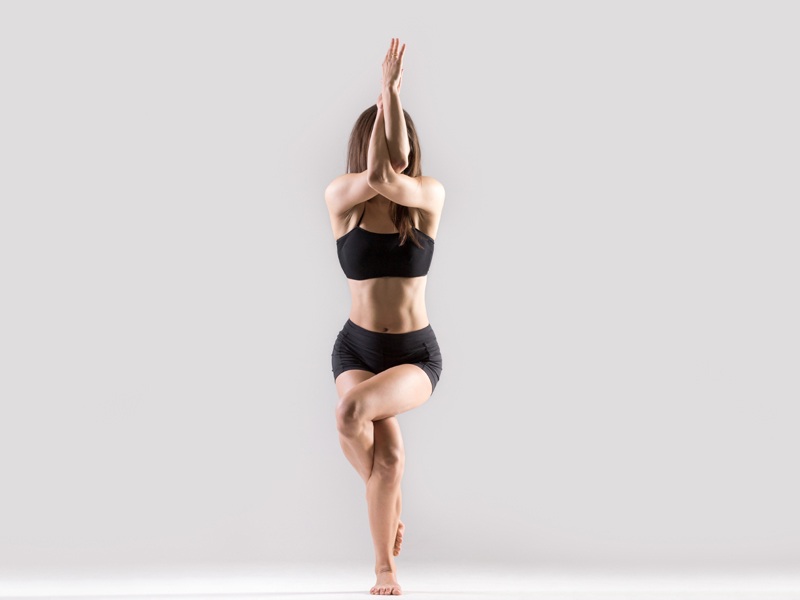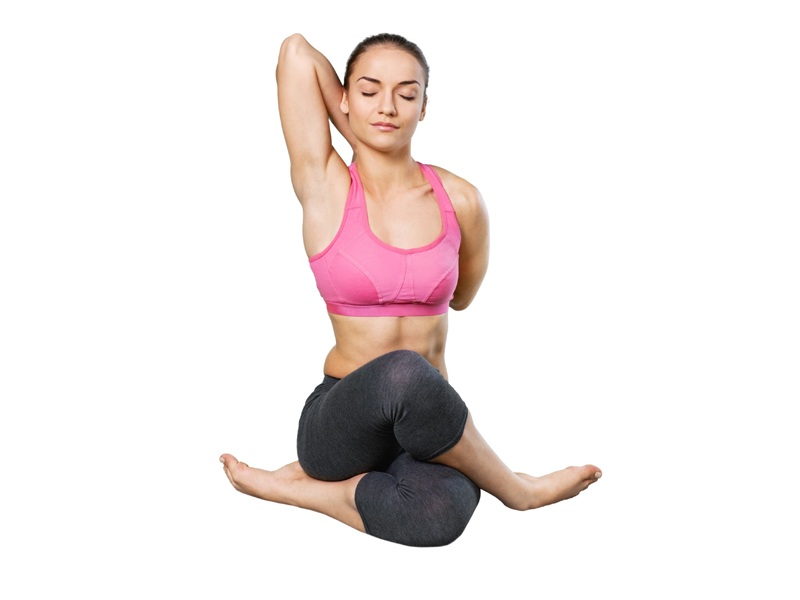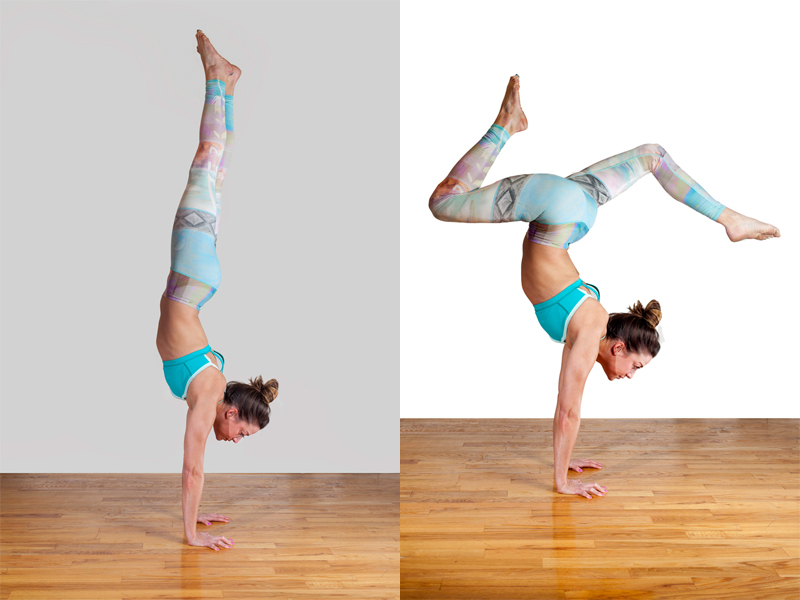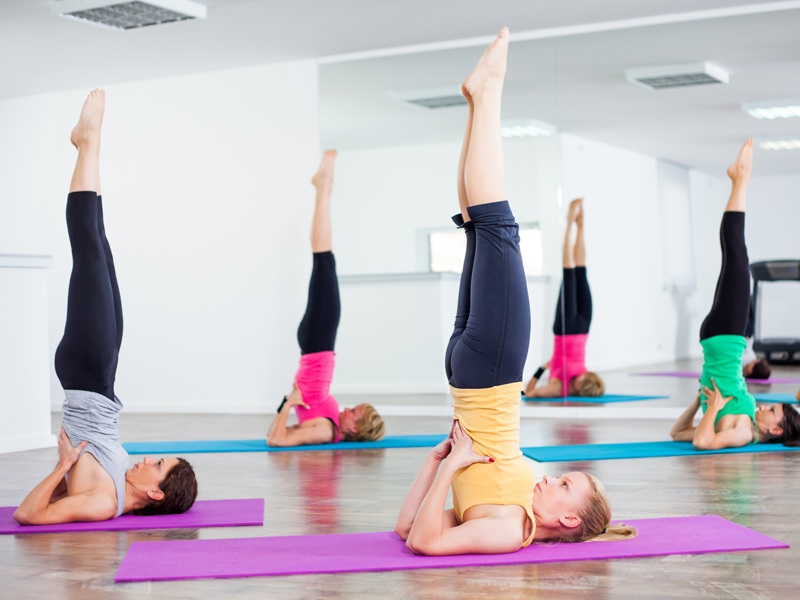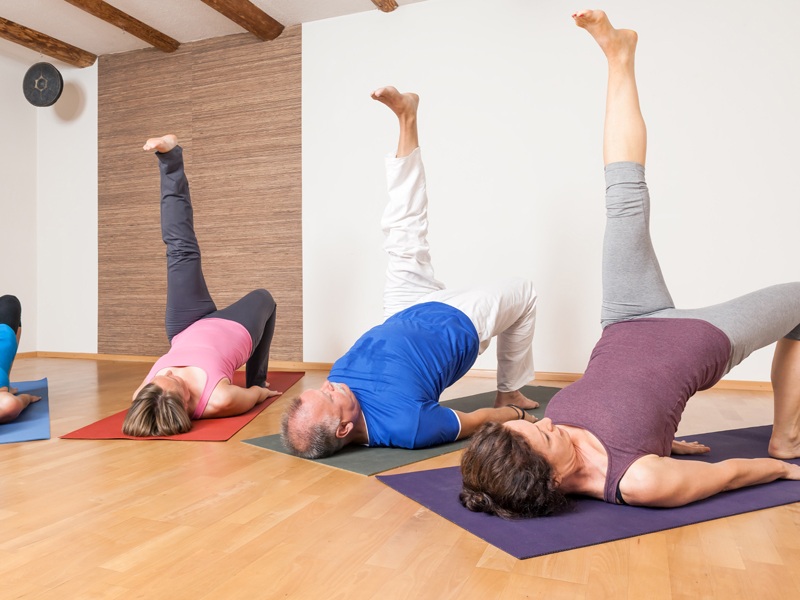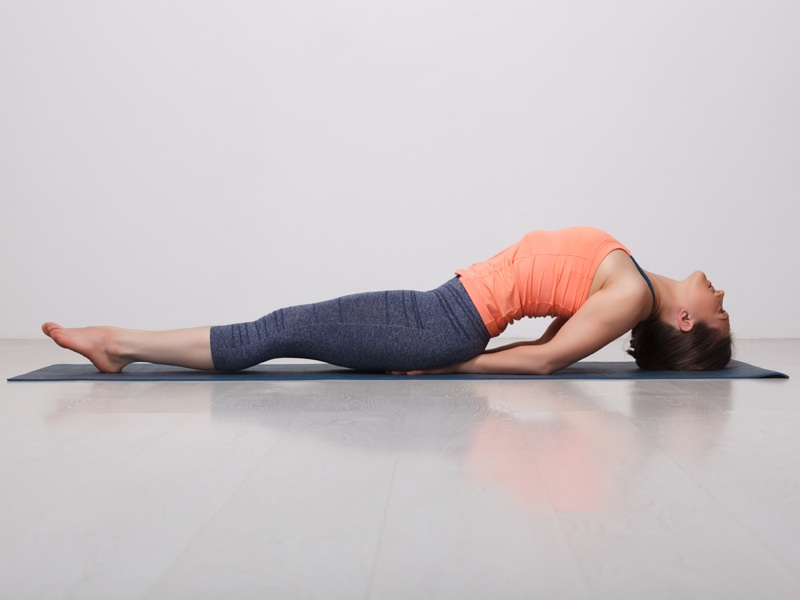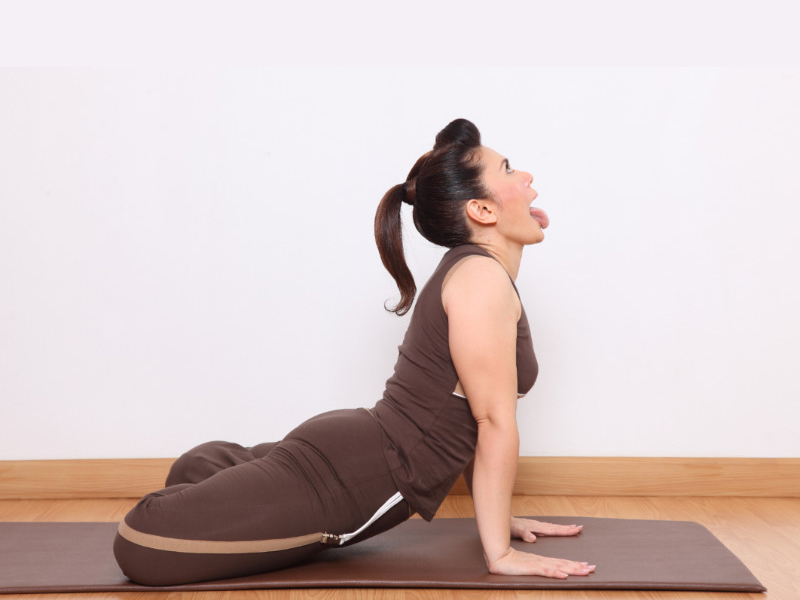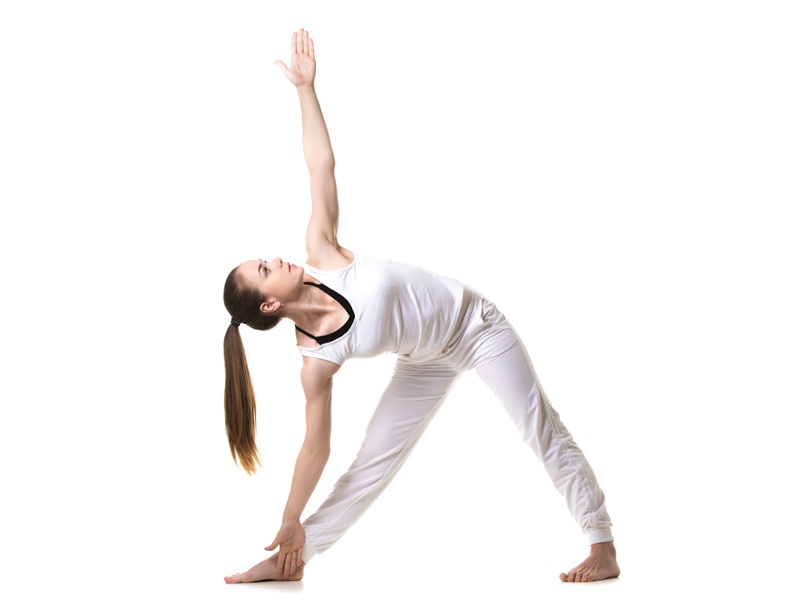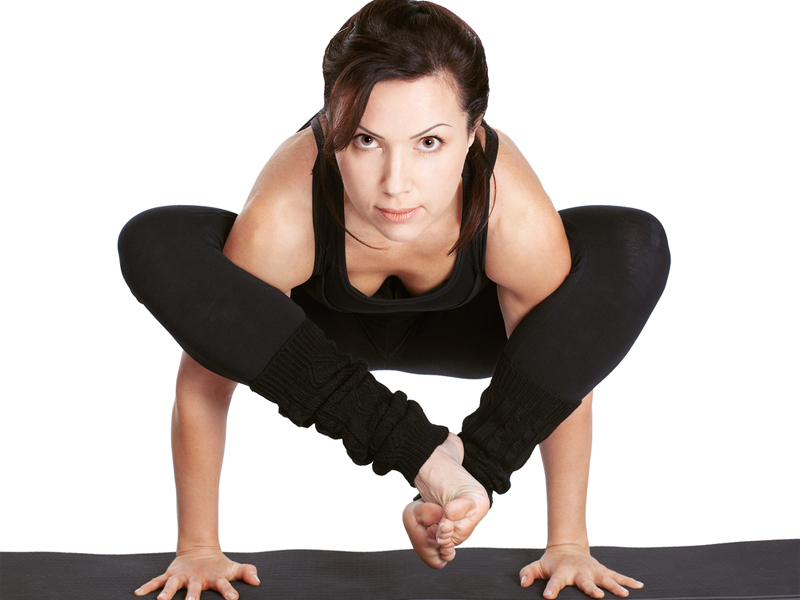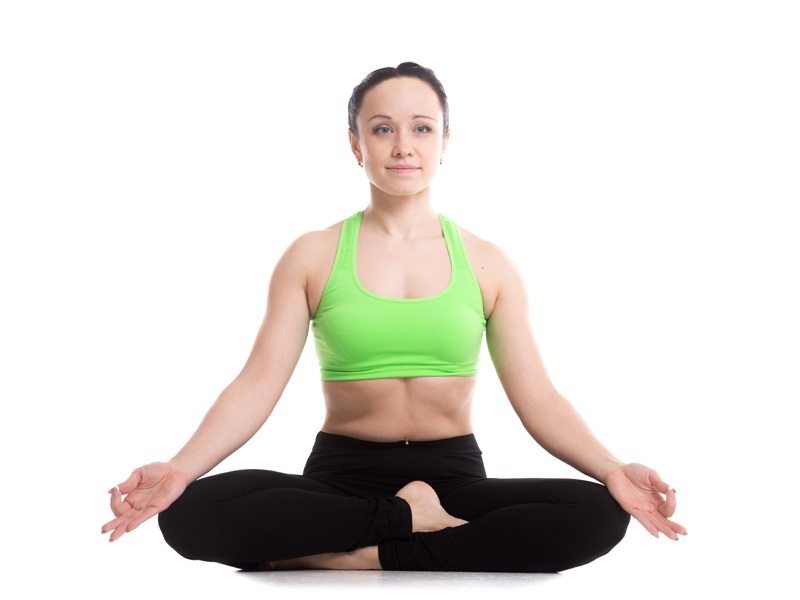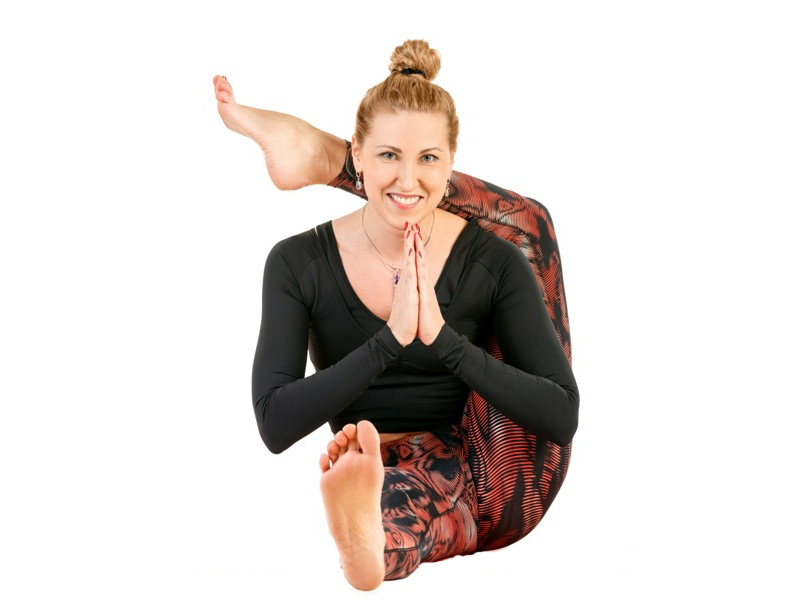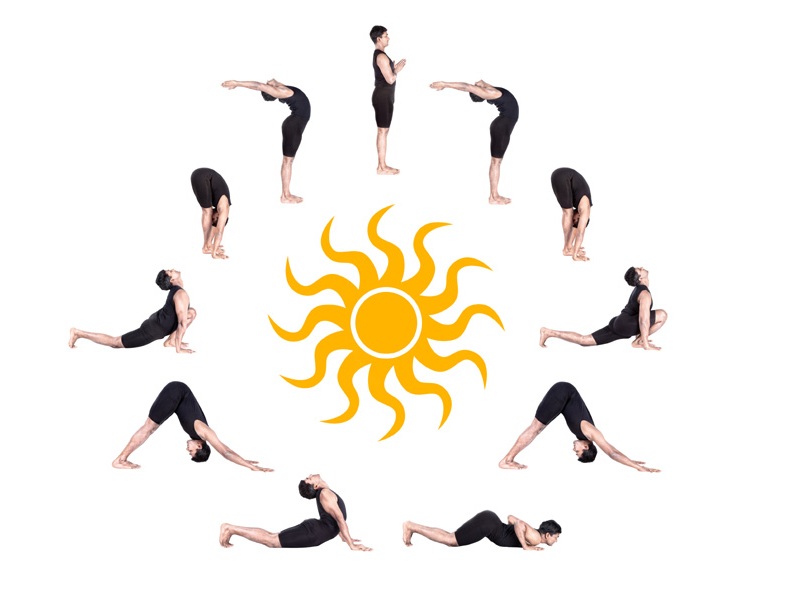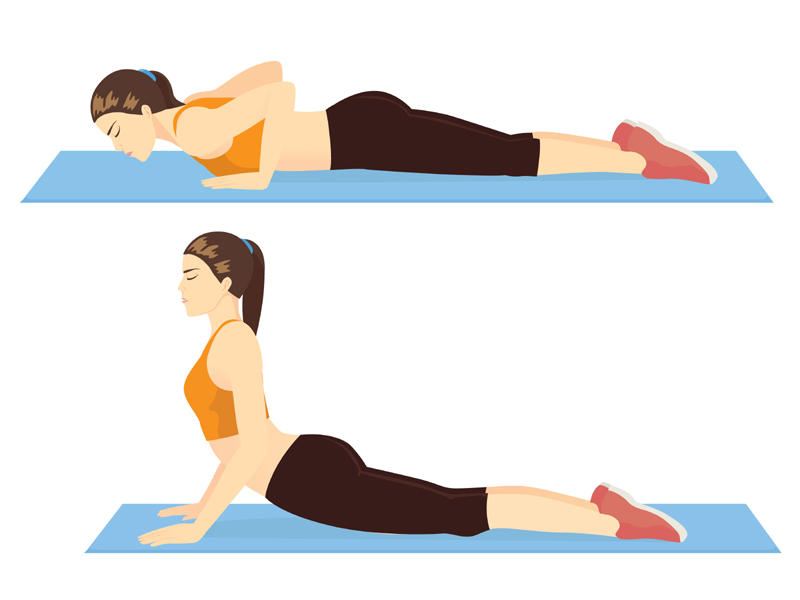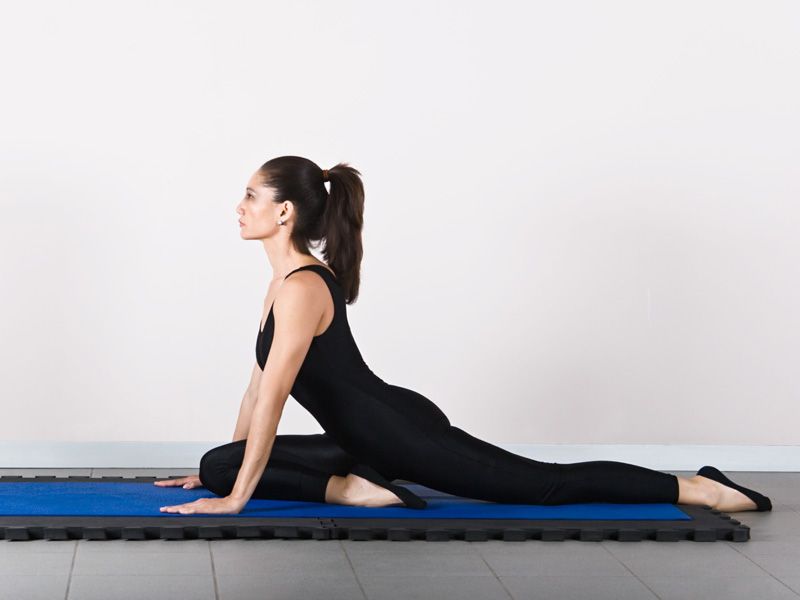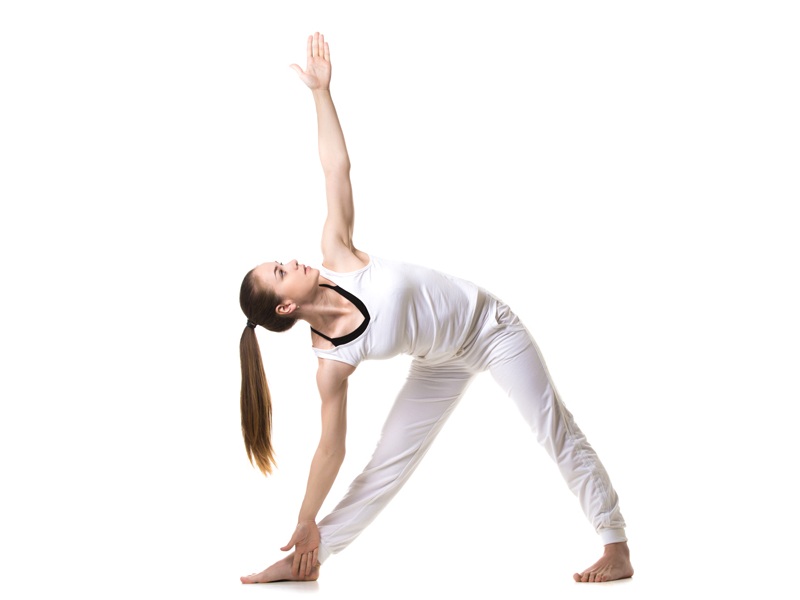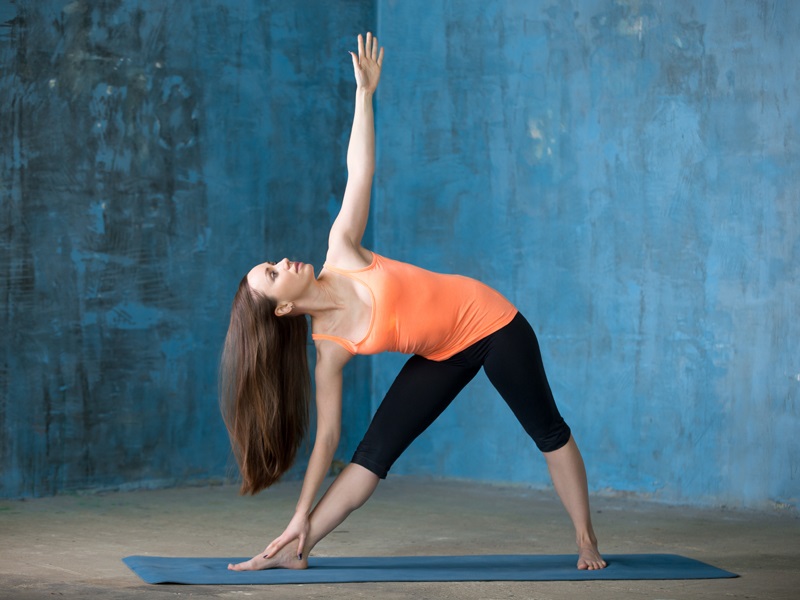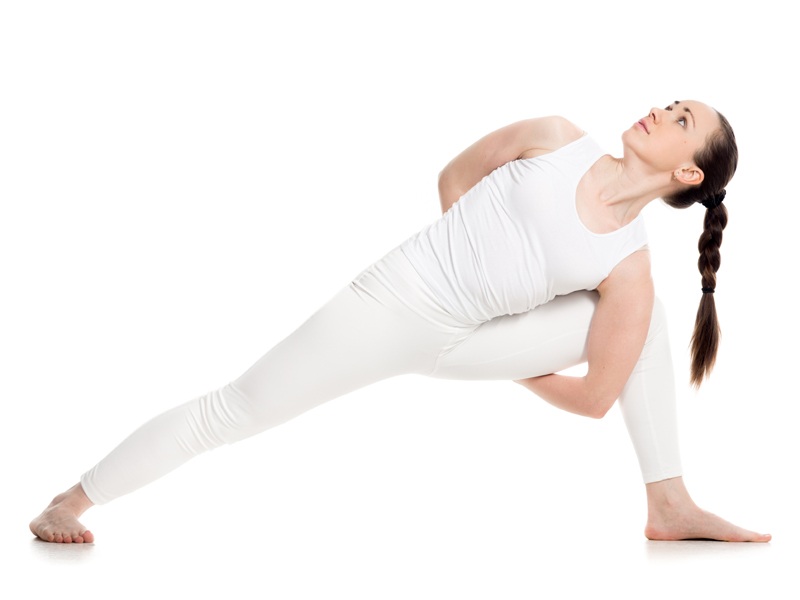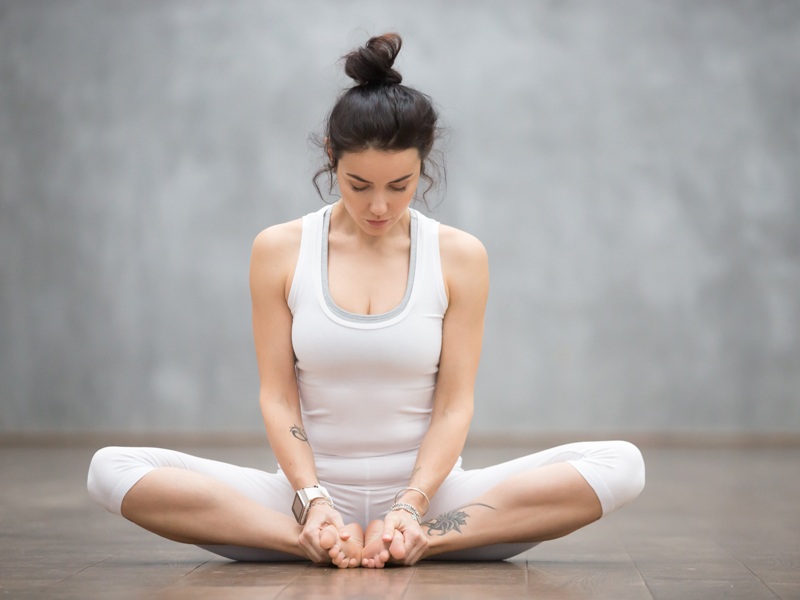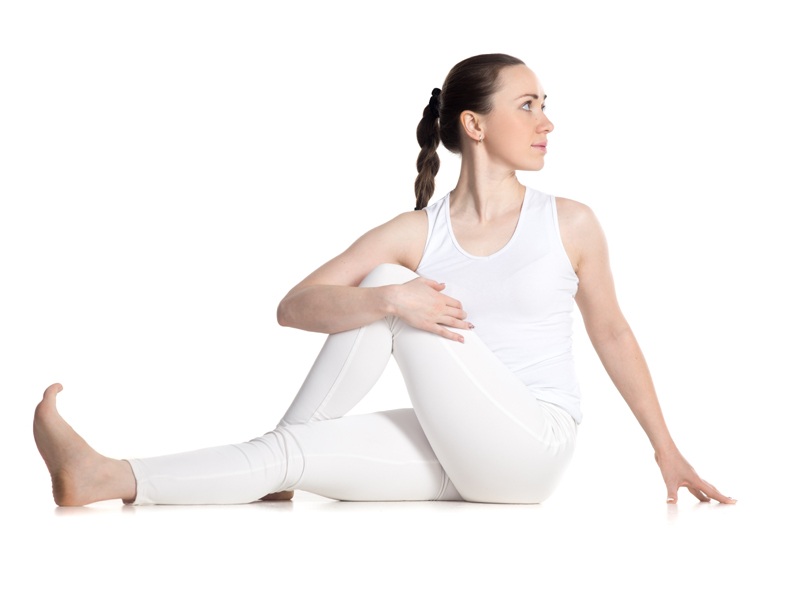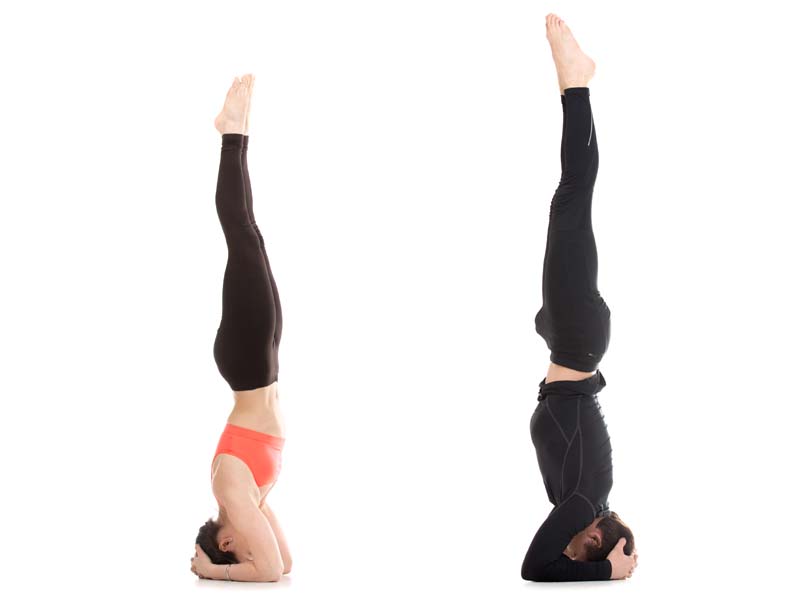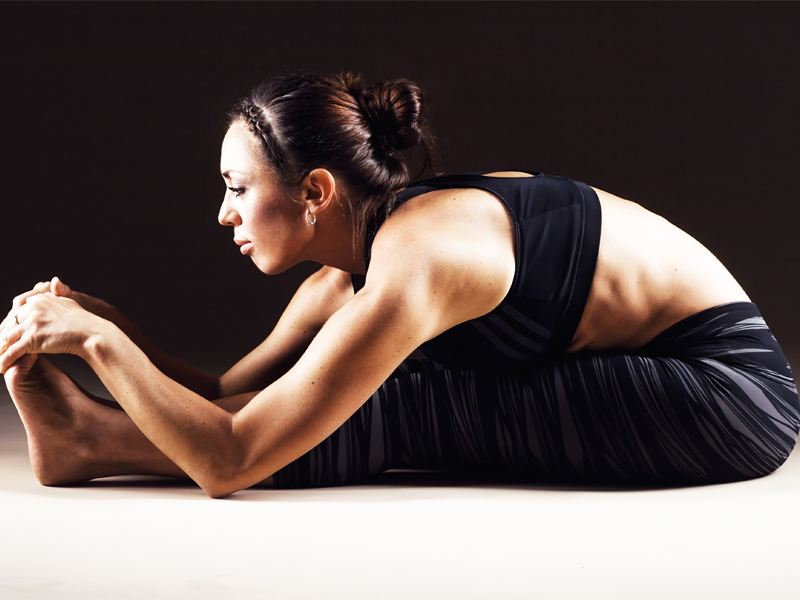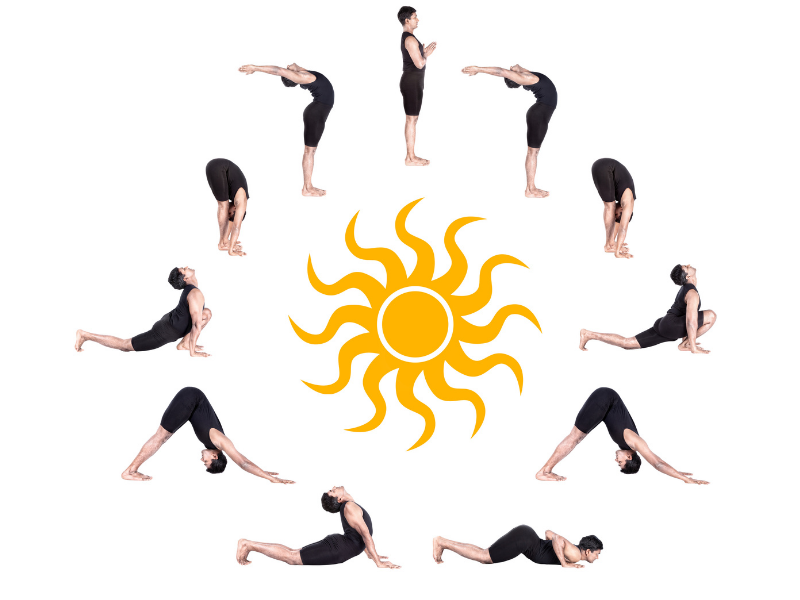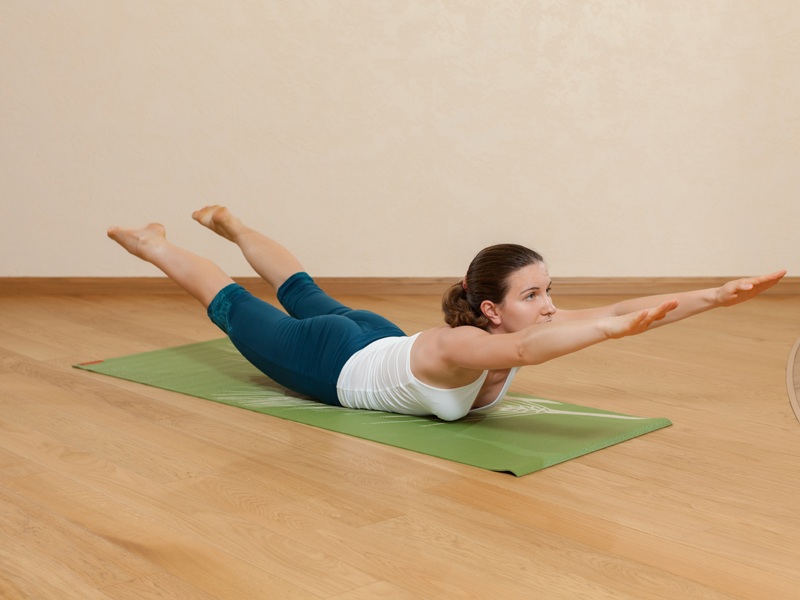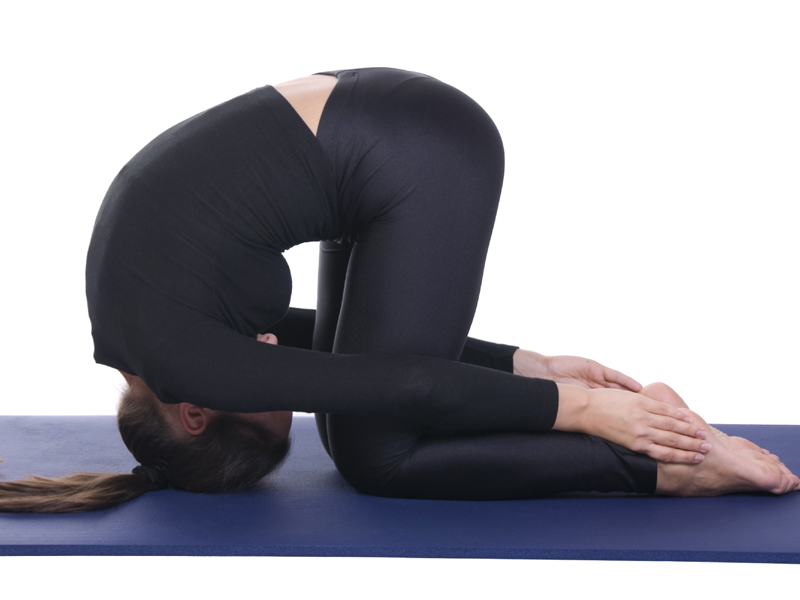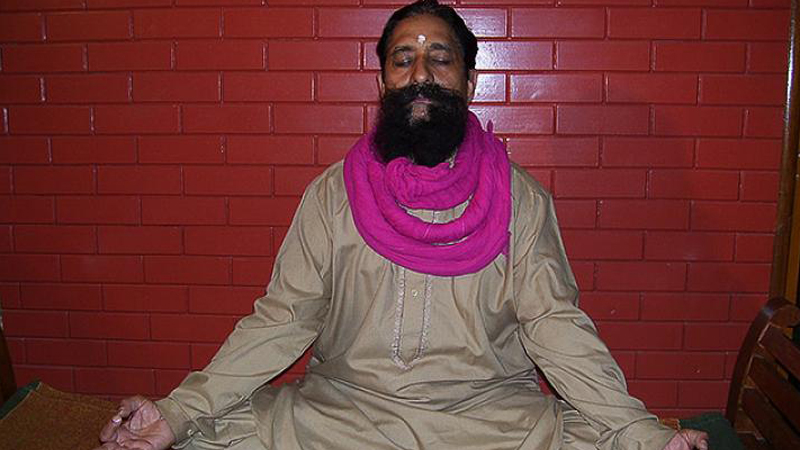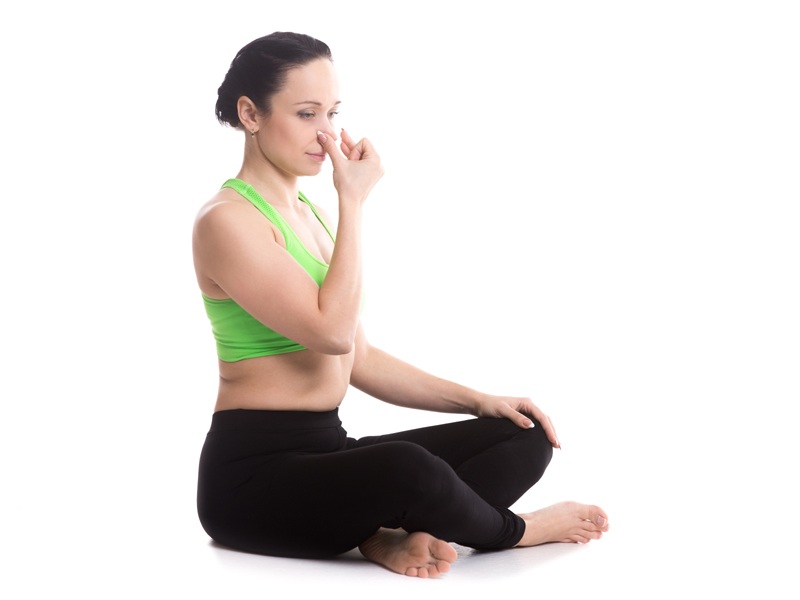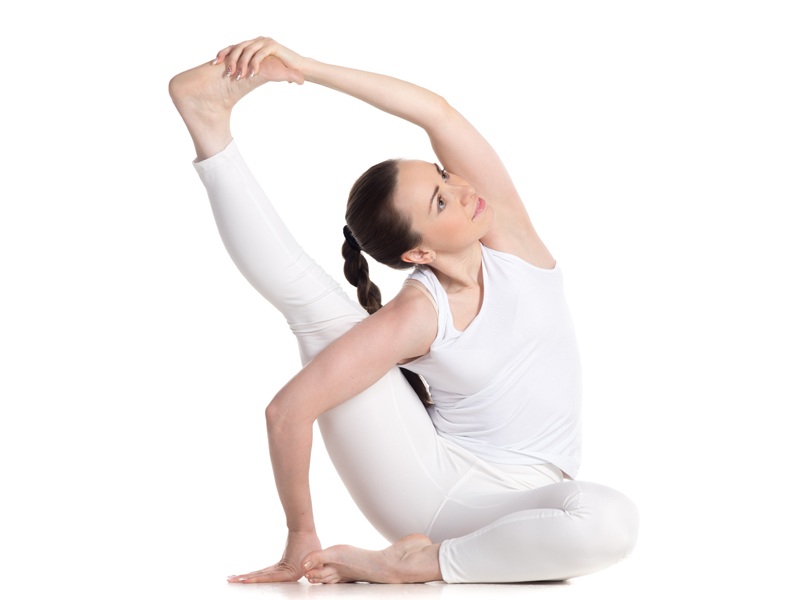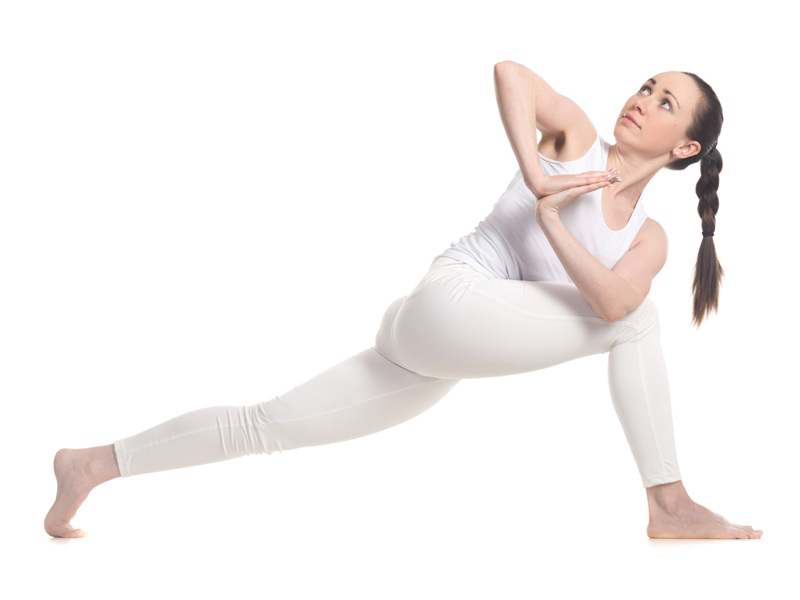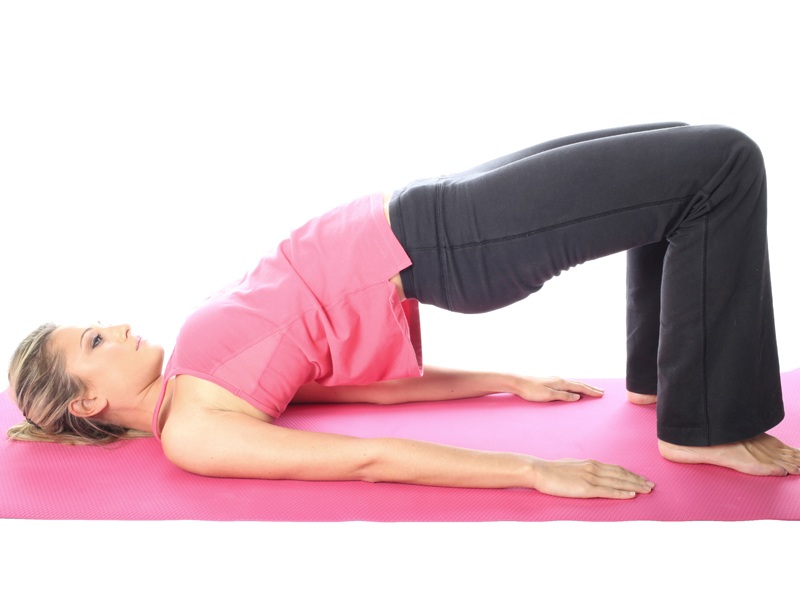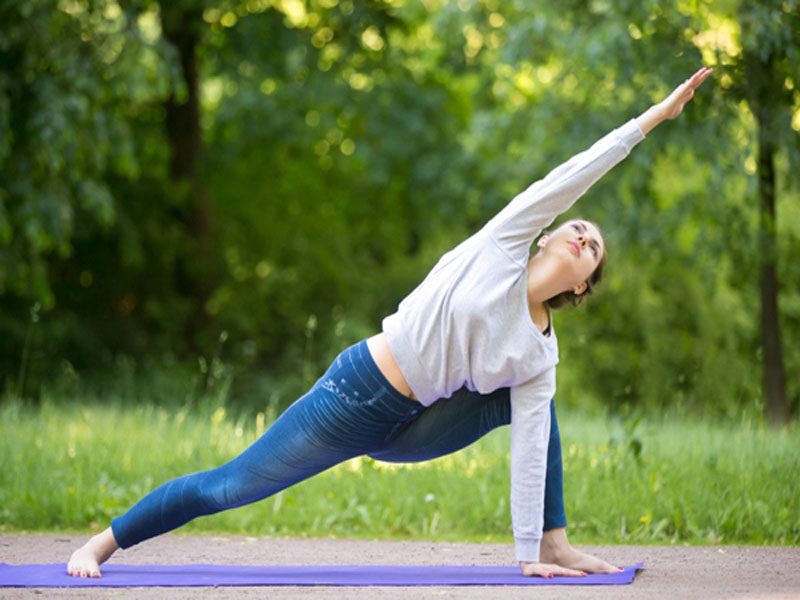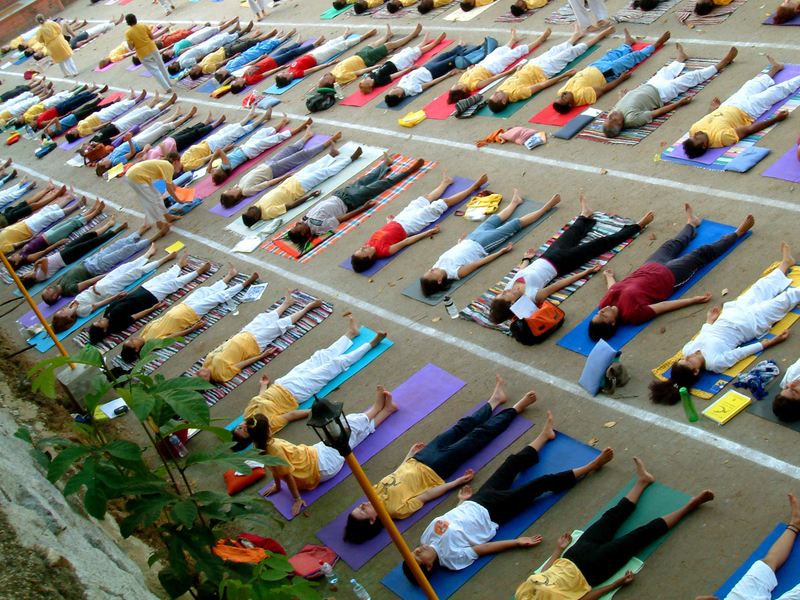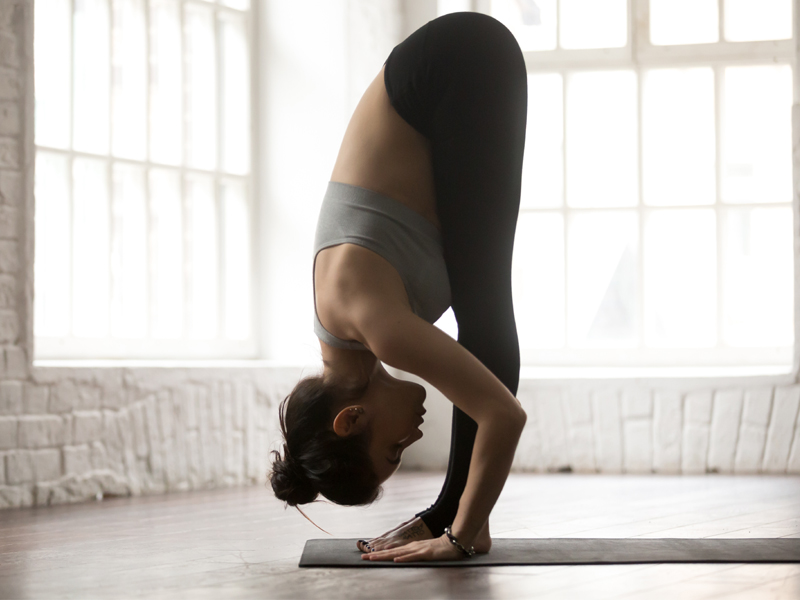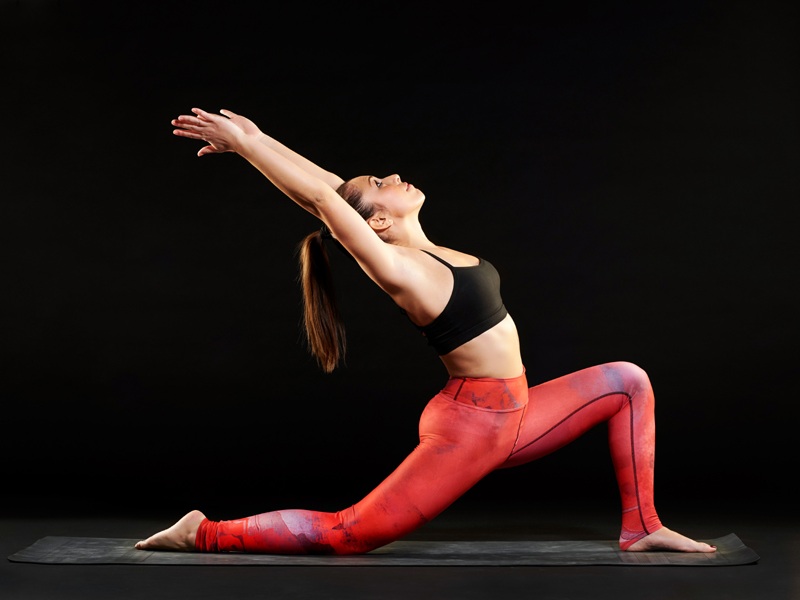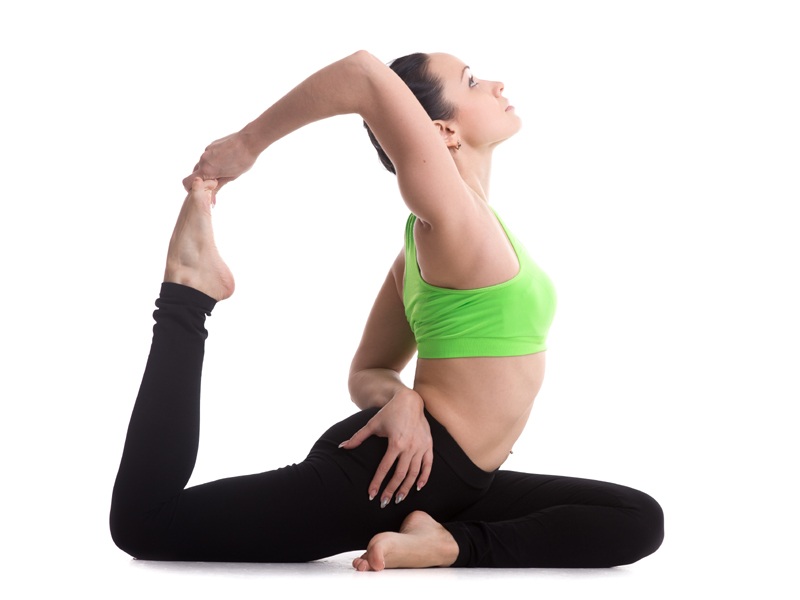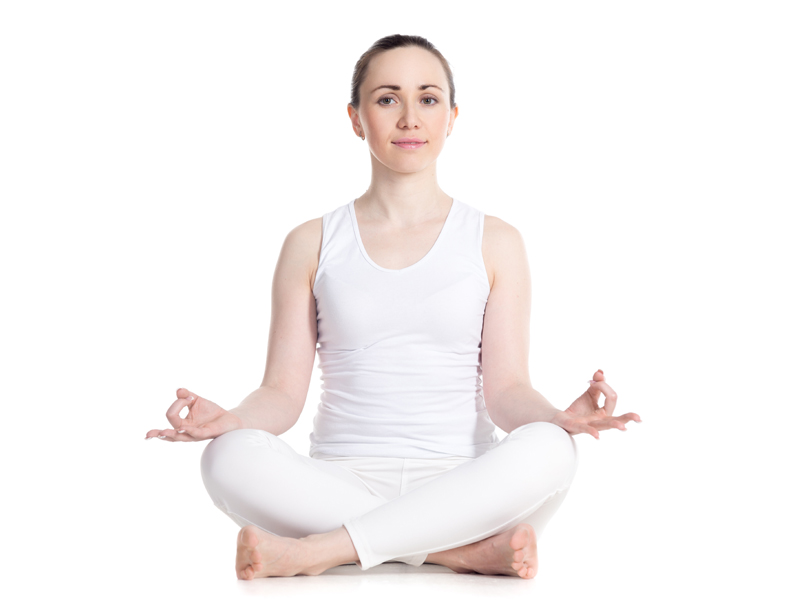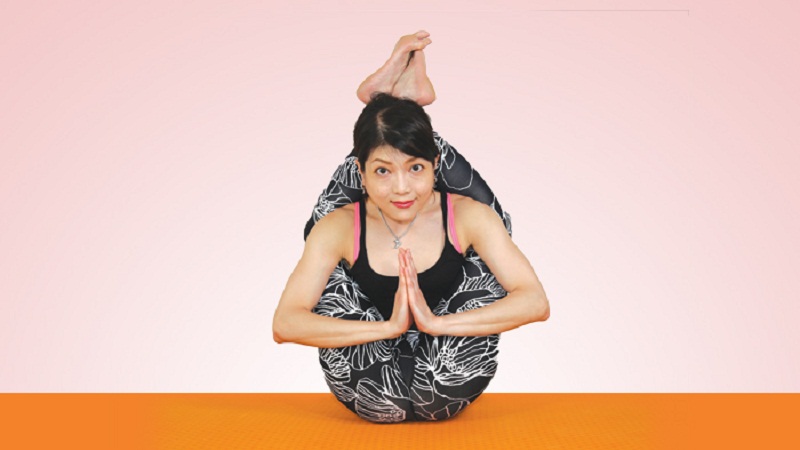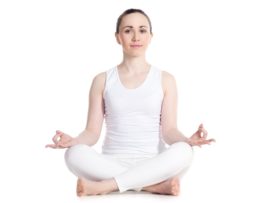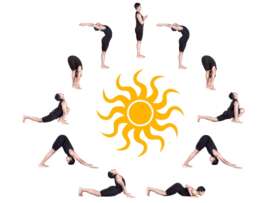Have you ever considered Yoga for bloating? Bloating, a familiar yet uncomfortable issue, can impact our comfort and well-being by casting a shadow over our daily lives. It is like an unwanted guest that often arrives after a stressful day or a hearty meal, leaving us feeling uneasy and sluggish. However, Yoga can be the remedy that offers relief while embracing tranquillity.
Yoga can be the perfect ticket to digestive ease with its ancient wisdom and gentle yet effective postures. This article offers a pathway to a more harmonious relationship with your body while unveiling the promise of Yoga for bloating. Read on!
Understanding Bloating:
Bloating is an uncomfortable sensation characterized by tightness, fullness, and visible swelling in the abdomen. Chronic or severe bloating can impact daily life negatively and overall well-being. However, occasional bloating is a common experience in most people. Here are some of the common causes of bloating:
1. Gas Buildup:
Accumulation of gas in the gastrointestinal tract is one of the primary reasons for bloating because of swallowing air while eating, drinking carbonated beverages, or the natural breakdown of food during digestion.
2. Overeating:
You can overwhelm the digestive system, leading to bloating when you consume large meals or eat too quickly.
3. Dietary Factors:
In some individuals, certain foods, like beans, lentils, broccoli, cabbage, and carbonated drinks, are known to cause gas and bloating. Though high-fiber foods are healthy, they can lead to bloating if not consumed gradually.
4. Food Intolerances:
Lactose intolerance is when the body cannot properly digest lactose found in dairy products. Additionally, fructose intolerance can result in bloating when you consume these substances.
5. Constipation:
Infrequent or difficult bowel movements can cause stool accumulation in the colon, leading to bloating.
6. Gastrointestinal Disorders:
Other reasons that can cause chronic bloating and discomfort are chronic conditions like irritable bowel syndrome (IBS), inflammatory bowel disease (IBD), and celiac disease.
7. Hormonal Changes:
As part of their monthly menstrual cycle, women might experience bloating and water retention.
8. Root causes:
The root causes of bloating often stem from a combination of the abovementioned factors. The underlying medical conditions or food intolerances can also contribute to chronic bloating. It is crucial for finding effective remedies and improving one’s quality of life while identifying and addressing the root causes of bloating. This involves dietary adjustments, lifestyle changes, and incorporating practices like Yoga to promote better digestion and reduce bloating.
The Role of Yoga in Digestive Health:
Yoga is a holistic and celebrated approach to overall well-being, and among its many renowned benefits is its positive impact on digestive health. Yoga can enhance the digestive system by blending physical postures, mindfulness, and controlled breathing.
1. Reduces Stress:
Stress and anxiety can lead to conditions like irritable bowel syndrome (IBS) and indigestion by wreaking havoc on digestion. Yoga focuses on relaxation and stress reduction, helping alleviate these symptoms. Yoga can also include practices like deep breathing, meditation, and mindfulness that can support healthy digestion by reducing the body’s stress response.
2. Promotes Better Blood Circulation:
Yoga asanas (postures) often massage the abdominal organs due to the gentle Twisting and stretching movements. These movements can promote the optimal function of digestive organs by improving blood circulation. Enhanced circulation aids in waste elimination and nutrient absorption.
3. Reduces Bloating and Gas:
Some yoga postures that can help expel trapped gas and alleviate bloating involve twisting and compressing the abdomen. For example, one such pose that can be particularly effective is the Twisting pose like the Seated Spinal Twist (Ardha Matsyendrasana).
4. Enhances Peristalsis:
The natural muscular contractions that move food and waste through the digestive tract are called Peristalsis. Yoga postures aid in efficient digestion and regular bowel movements, especially those that involve forward bends and leg lifts, which can stimulate Peristalsis.
5. Strengthens Core Muscles:
Various yoga postures support healthy digestion and good posture, which can result in a strong core. Core strength aids in maintaining proper alignment of the abdominal organs.
6. Encourages Mindful Eating:
Practicing Yoga reduces the risk of overeating or consuming unhealthy foods that can lead to digestive discomfort by encouraging individuals to eat slowly, chew food thoroughly, and savor the flavors.
7. Alleviates Digestive Disorders:
Specific yoga practices, such as the Cat-Cow pose (Marjaryasana-Bitilasana) and the Corpse pose (Shavasana), can help alleviate symptoms and relieve individuals with conditions like IBS or acid reflux.
Yoga Poses to Relieve Bloating:
Let us discover how Yoga’s mindful stretches and deep breathing can soothe your stomach while providing the comfort you need to reclaim your daily vitality.
1. Ardha Apanasana (Knee to Chest):
How to perform:
- Lie down on your back while keeping your legs extended.
- Slowly bring one knee towards the chest while holding the leg around the kneecap. Make sure your head remains touching the floor.
- All this while keeping the other leg straight without any bending.
- Remain in this position for as long as possible.
- Later, switch sides and repeat the same.
- Alternatively, you can curl into a ball by pulling both knees into your chest.
2. Ananda Balasana (Happy Baby):
How to perform:
- Lie down with your back towards the floor.
- Bend your knees while keeping your feet on the floor.
- Slowly bend your knees, bringing them towards the chest while pressing the feet towards the ceiling.
- Grab onto your feet as they remain flexed towards the ceiling, and bring the knees closer to the ground while the legs are apart.
- Keep your neck and head on the ground and remain in this pose for about 1 to 4 minutes or as long as possible.
3. Supta Matsyendrasana (Spinal Twist):
How to perform:
- Lay down on the floor with your back towards the floor with your legs extended out.
- Wrap your hands around your kneecap as you pull your right knee into your chest. Keep your left leg extended all the while.
- Bring your right knee across your body to the left side.
- Stretch your right arm out to the side while turning your head to gaze over your right hand.
- Remain in this pose for as long as you can. Now roll onto your back gently and repeat the same pose on the other side.
4. Anjaneyasana (Low Lunge):
How to perform:
- Begin in a kneeling position with both knees on the ground.
- Step your right foot forward, maintaining the left knee on the floor.
- Position your hands on your right thigh or the ground beside your front foot.
- For a deeper hip stretch, gradually move the left knee farther back, widening the lunge.
- Hold this pose for as long as you can, and then come into the resting position slowly.
5. Uttanasana (Forward Fold):
How to perform:
- Stand with your feet at a hip-width distance.
- Hinge forward from your waist, allowing your upper body to hang over your thighs while keeping your head and neck relaxed.
- You can keep your legs straight or bend your knees, depending on your preference.
- Keep your hands resting on your shins or gently wrap around your calves.
- Remain in this position for 1 to 3 minutes or as long as possible before slowly returning to an upright position.
6. Balasana (Child’s Pose):
How to perform:
- Get into a kneeling position with your big toes touching while your knees are hip-width apart.
- Sit on your heels while lowering your torso between the thighs, and keep your forehead on the mat.
- Move your arms forward with your palms resting on the mat. Keep your fingers spread comfortably while keeping the arms shoulder-width apart.
- Now relax your entire body, and breathe deeply as you sink into the pose. You can also rock your forehead gently from side to side, resulting in a massage of your third eye area.
- Remain in this position for as long as possible, typically 1 to 3 minutes.
- Slowly rise to kneel to exit the pose as you gently walk your hands back toward your body.
Breathing Techniques for Digestive Relief:
One of the valuable contemporary tools of Yoga for combating bloating and enhancing digestive health is Pranayama, the practice of controlled and mindful breathing. When incorporated into your daily routine, this ancient practice focuses on regulating the breath, significantly contributing to relief from digestive discomfort.
Controlled breathing techniques play a crucial role in calming the nervous system. When stressed or anxious, our body diverts resources from digestion due to its “fight or flight” response. Pranayama helps activate the parasympathetic nervous system, which is responsible for the “rest and digest” response.
You can maintain digestive health and reduce bloating by incorporating Pranayama into your daily routine alongside yoga postures. These breathing techniques can be a soothing balm for your digestive system when done with patience and consistent practice.
Specific Breathing Techniques for Digestive Relief:
1. Deep Diaphragmatic Breathing:
As the name suggests, this deep breathing technique facilitates the expansion and contraction of the abdominal muscles by consciously engaging the diaphragm. This gentle massaging reduces the chances of bloating, aiding in moving food and gas through the digestive tract.
2. Agni Sara:
This specific pranayama exercise involves pulling the abdominal muscles inward while holding the breath out. Agni Sara technique promotes efficient digestion and enhances the blood flow to the abdominal area while strengthening the digestive organs.
3. Nadi Shodhana (Alternate Nostril Breathing):
Nadi Shodhana is an ideal breathing technique that relaxes the nervous system while balancing the body’s energy channels. This technique can reduce stress and anxiety, which often contribute to digestive discomfort, by harmonizing the flow of prana (life force).
4. Kapalabhati (Skull-Shining Breath):
Kapalabhati is a vigorous and popular breathing exercise that involves forceful exhalations and passive inhalations. This technique helps stimulate the abdominal organs, increase metabolic activity, and promote better digestion.
5. Bhramari (Bee Breath):
Bhramari, or Bee breath, is a breathing technique that involves inhaling profoundly and exhaling while humming, like a bee, hence the name. This calming practice can relieve stress and anxiety, which can exaggerate bloating.
Yoga and Lifestyle Tips for Digestive Health:
Here are some tips to incorporate Yoga into your daily life to help prevent bloating. They include:
- Establish a daily yoga practice that includes poses beneficial for digestion.
- Try incorporating Pranayama (breathing exercises) into your daily routine to reduce stress and promote optimal digestion.
- Mindful eating ensures your digestive system functions efficiently by preventing overeating.
- Drink enough water throughout the day to prevent constipation and keep your digestive system well-hydrated.
- Consume a balanced diet with high-fiber foods like whole grains, fruits, and vegetables that aid in regular bowel movements.
- Avoid consuming foods that can cause bloating or gas.
- Incorporate probiotic-rich foods like yogurt and kefir into your diet to maintain a healthy gut microbiome.
- After meals, you can sip on herbal teas to help soothe the digestive tract and alleviate bloating.
- Stay active throughout the day, along with the yoga practices that promote good digestion.
Yoga emerges as a gentle yet powerful ally in the digestive comfort and well-being quest. Yoga offers a holistic approach to combating bloating by combining the art of mindful movement, relaxation, and controlled breathing. It nurtures mental tranquillity while addressing digestion’s physical aspects, resulting in a harmonious gut. Therefore, go through the Yoga poses for bloating presented in this article and incorporate those you are comfortable with. Don’t forget to let us know if you found the article helpful!
FAQs:
1. Is it possible to reduce the emotional bloating caused by anxiety and anxiety with Yoga?
Yes! Yoga can help address emotional bloating with relaxation techniques and mindful practices, which promote a sense of calm by reducing stress. This can, inturn, have a positive impact on digestive health.
2. Can Yoga relieve people suffering from IBS (Irritable Bowel Syndrome)?
People with IBS might find some relief in practicing Yoga by reducing stress or alleviating the discomfort associated with the condition. However, remember that Yoga can help you find a replacement, but it might be a complete solution for everyone.


